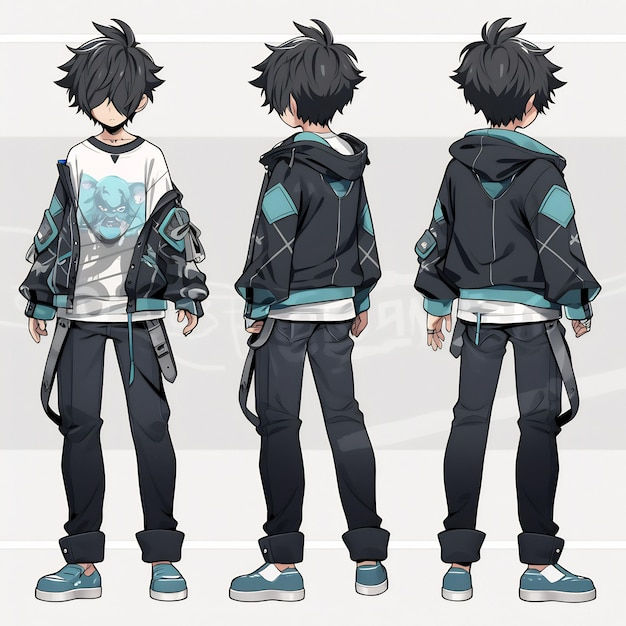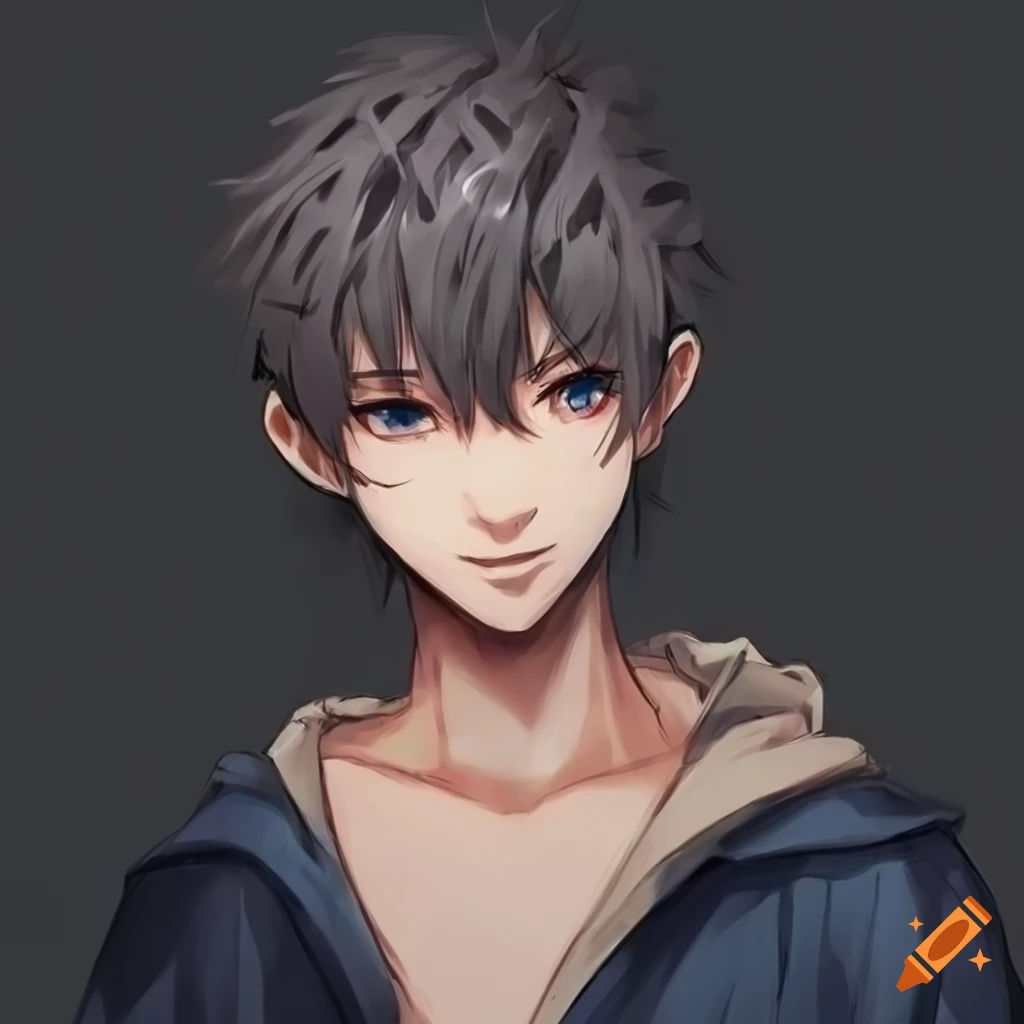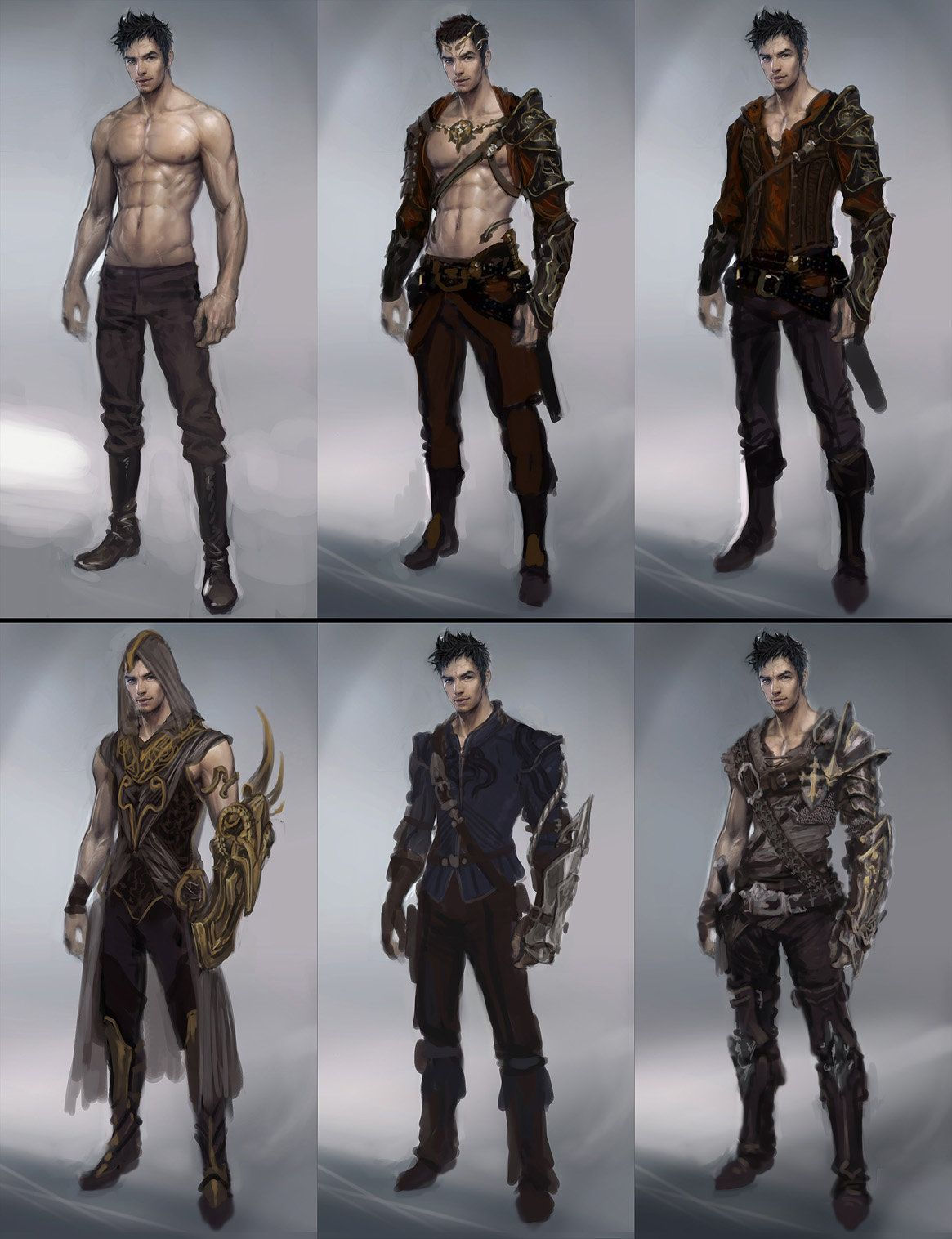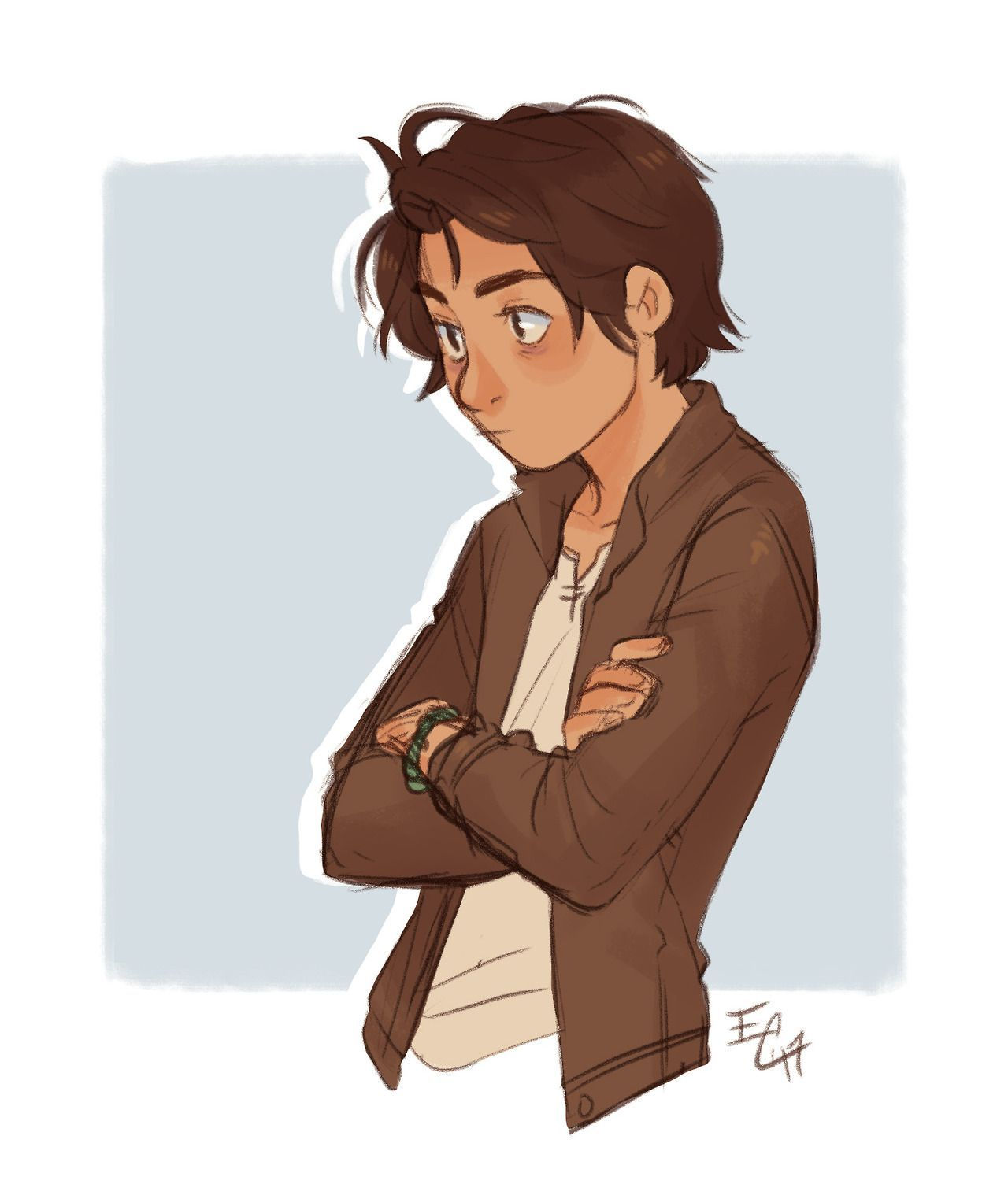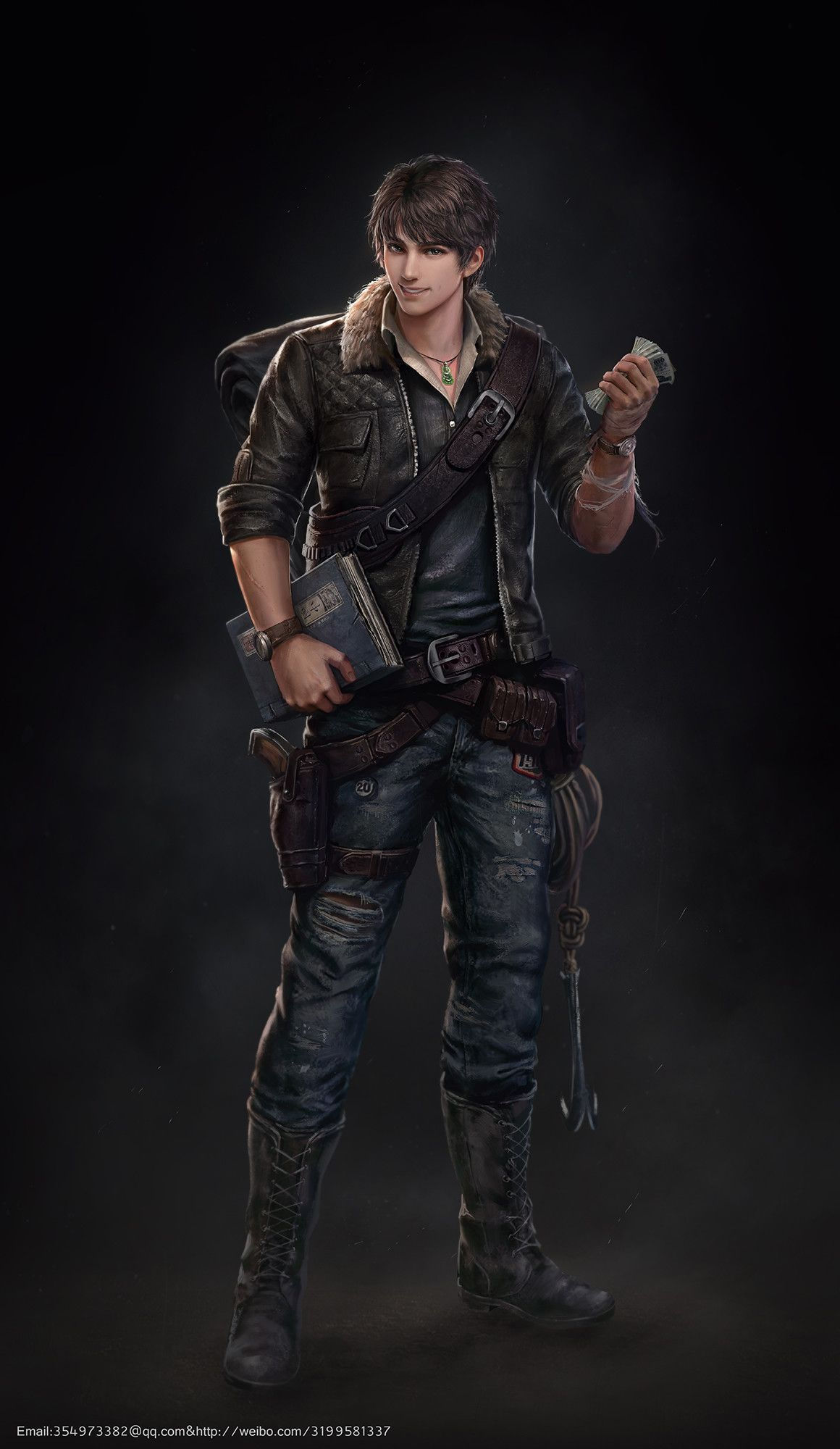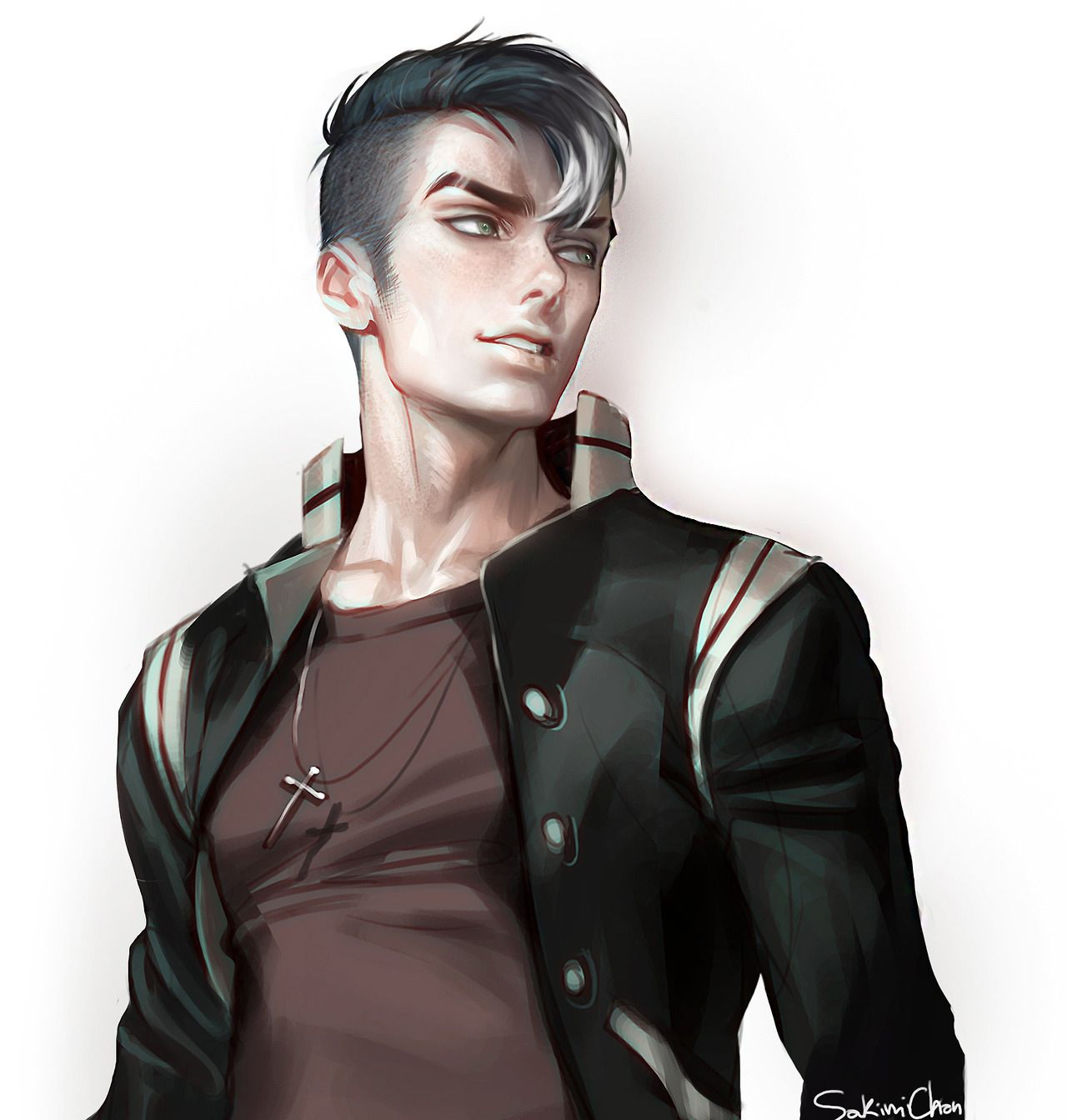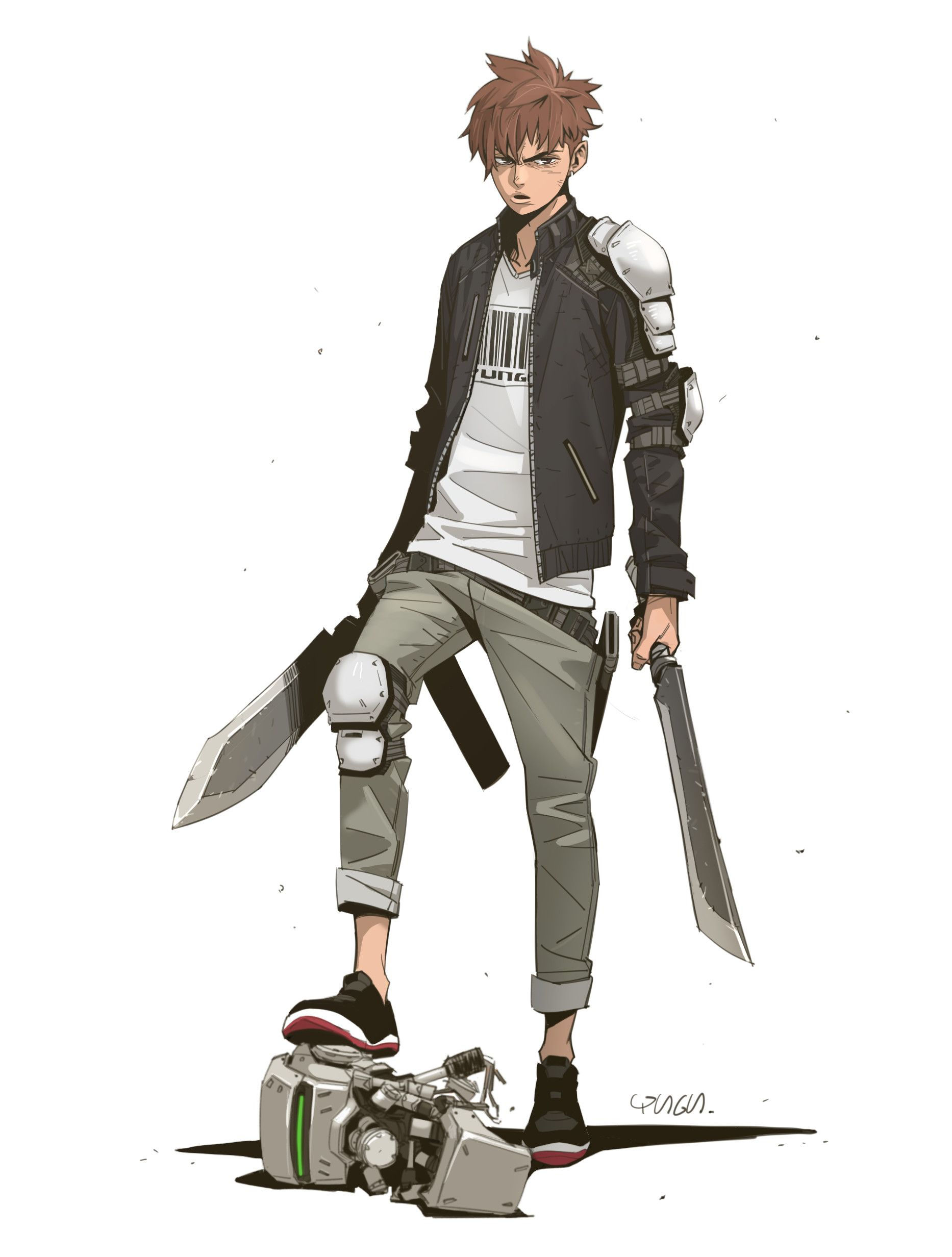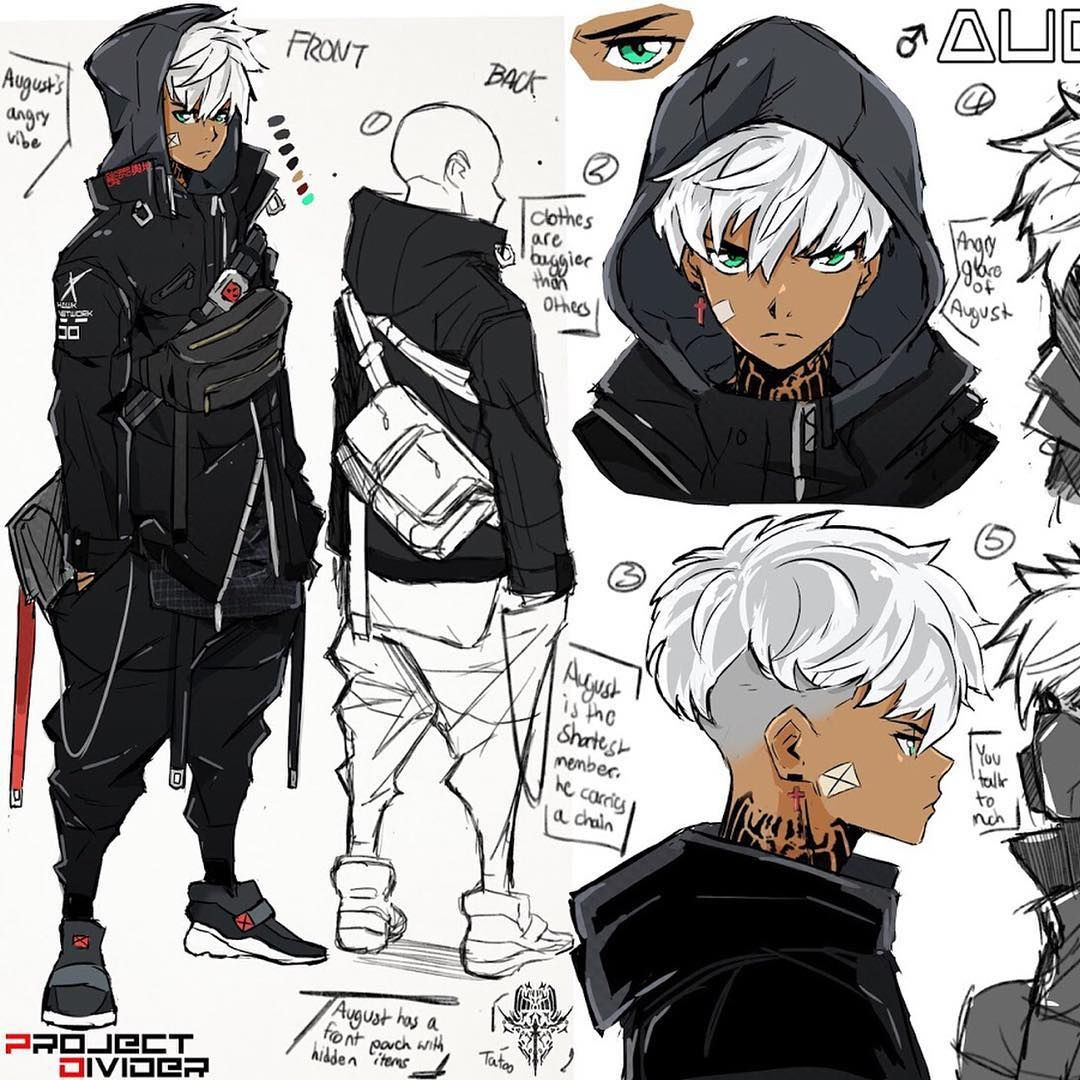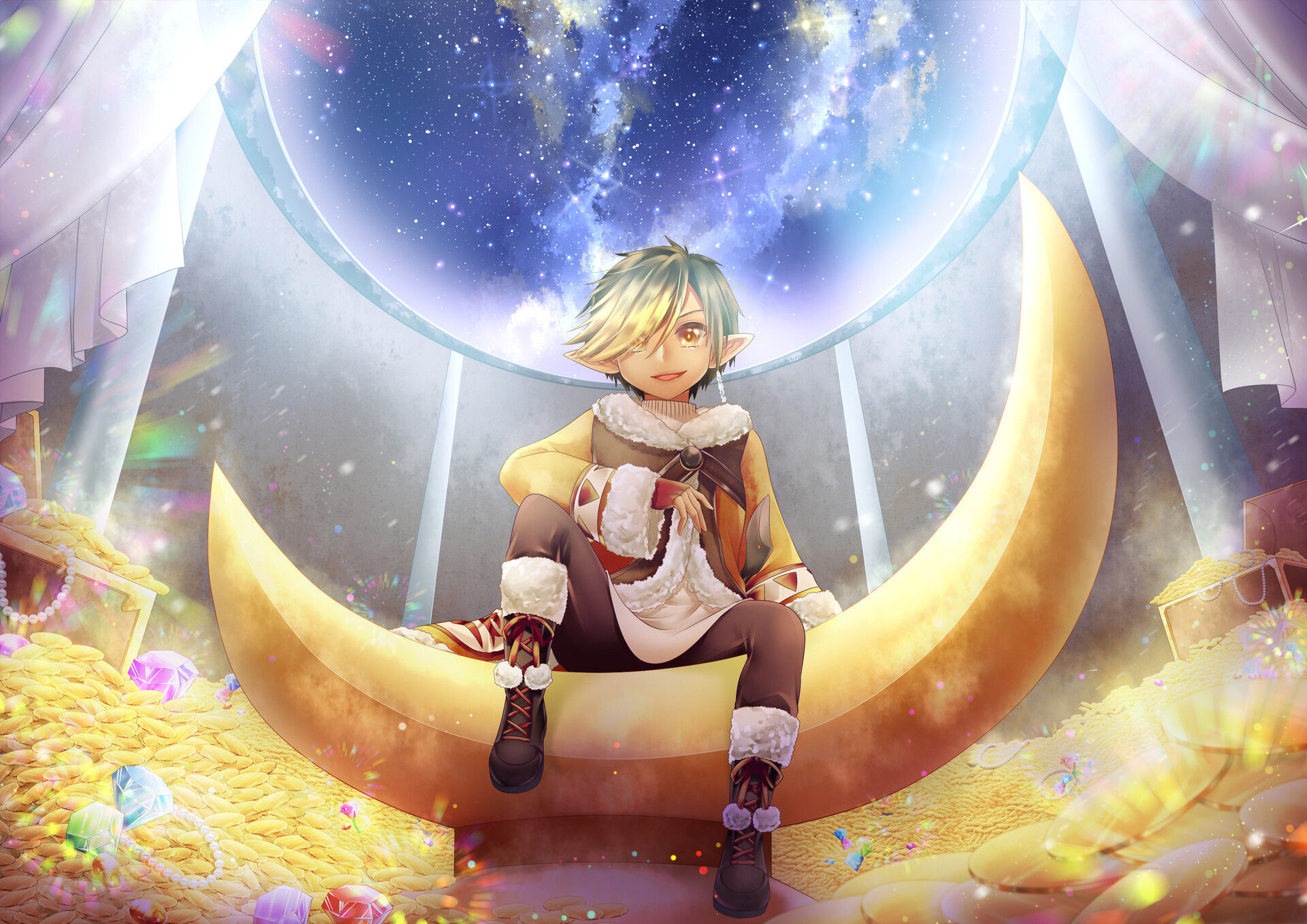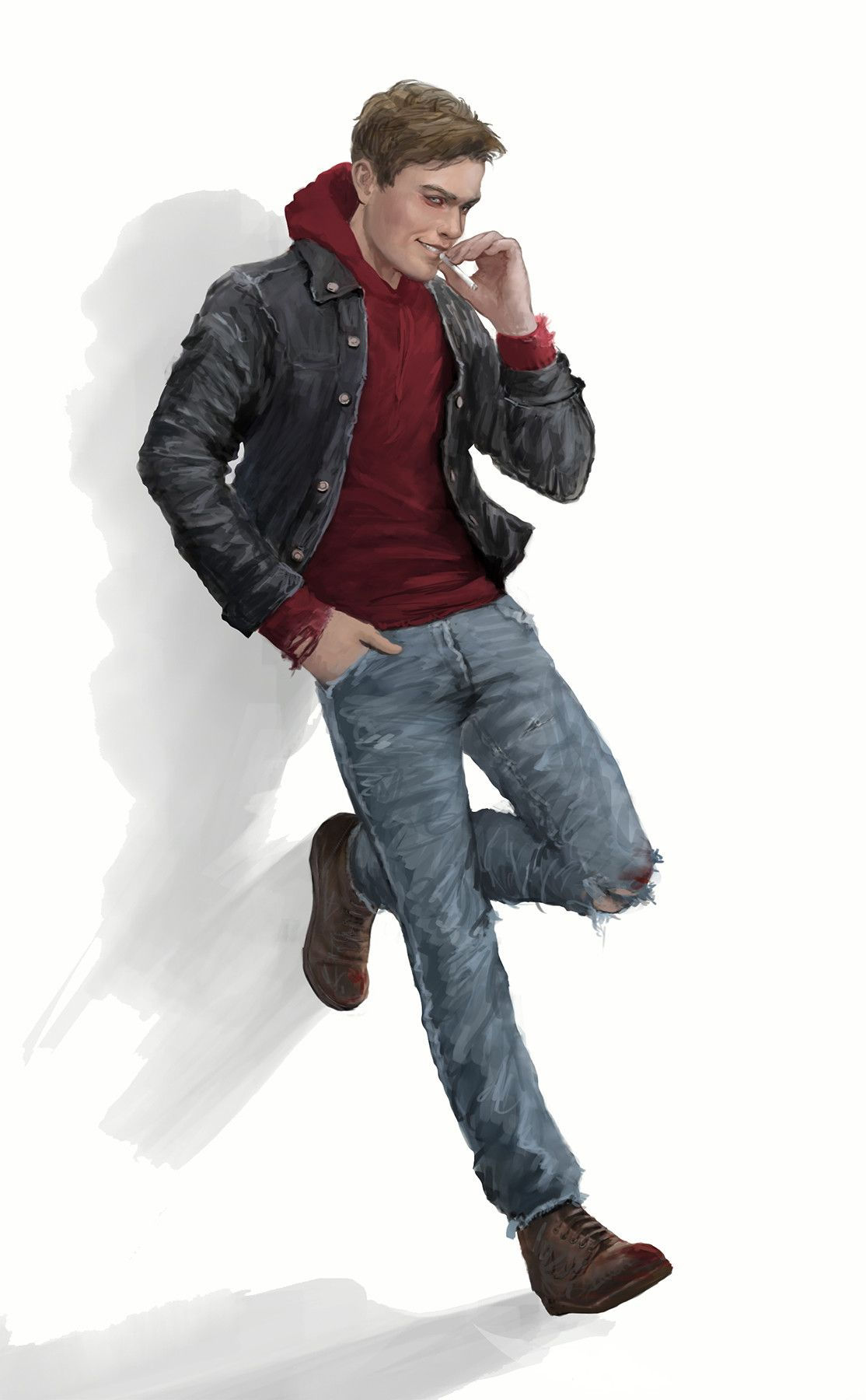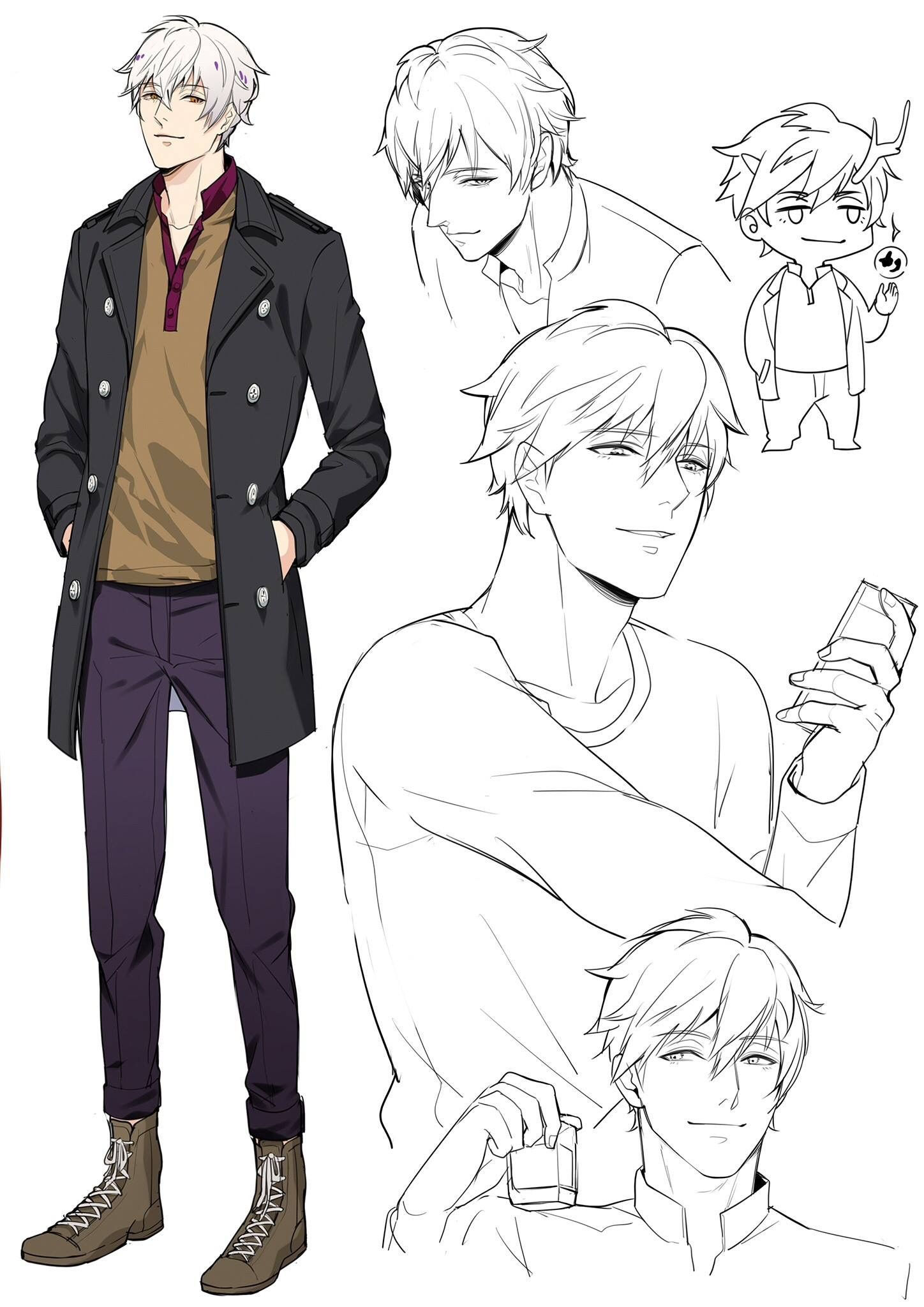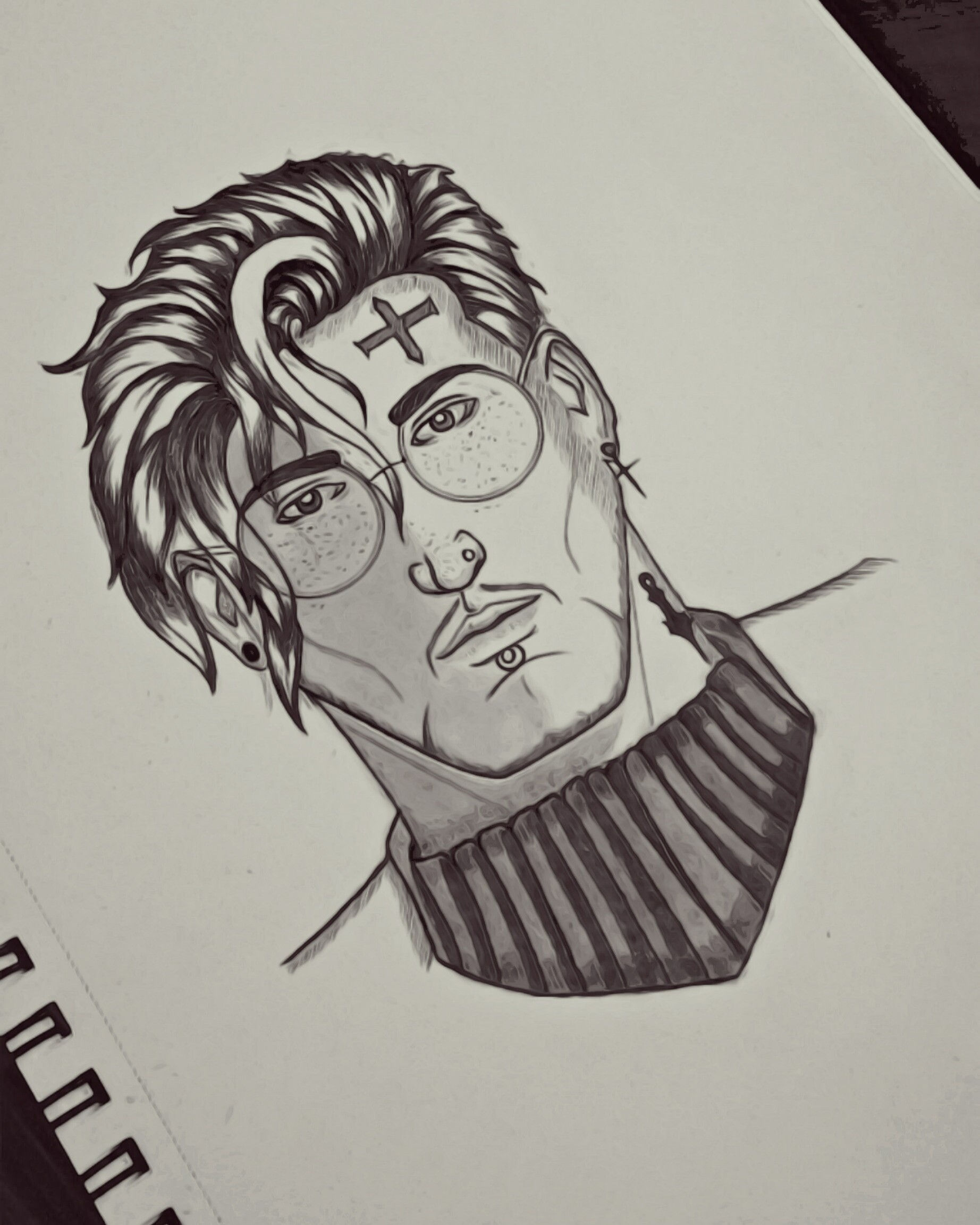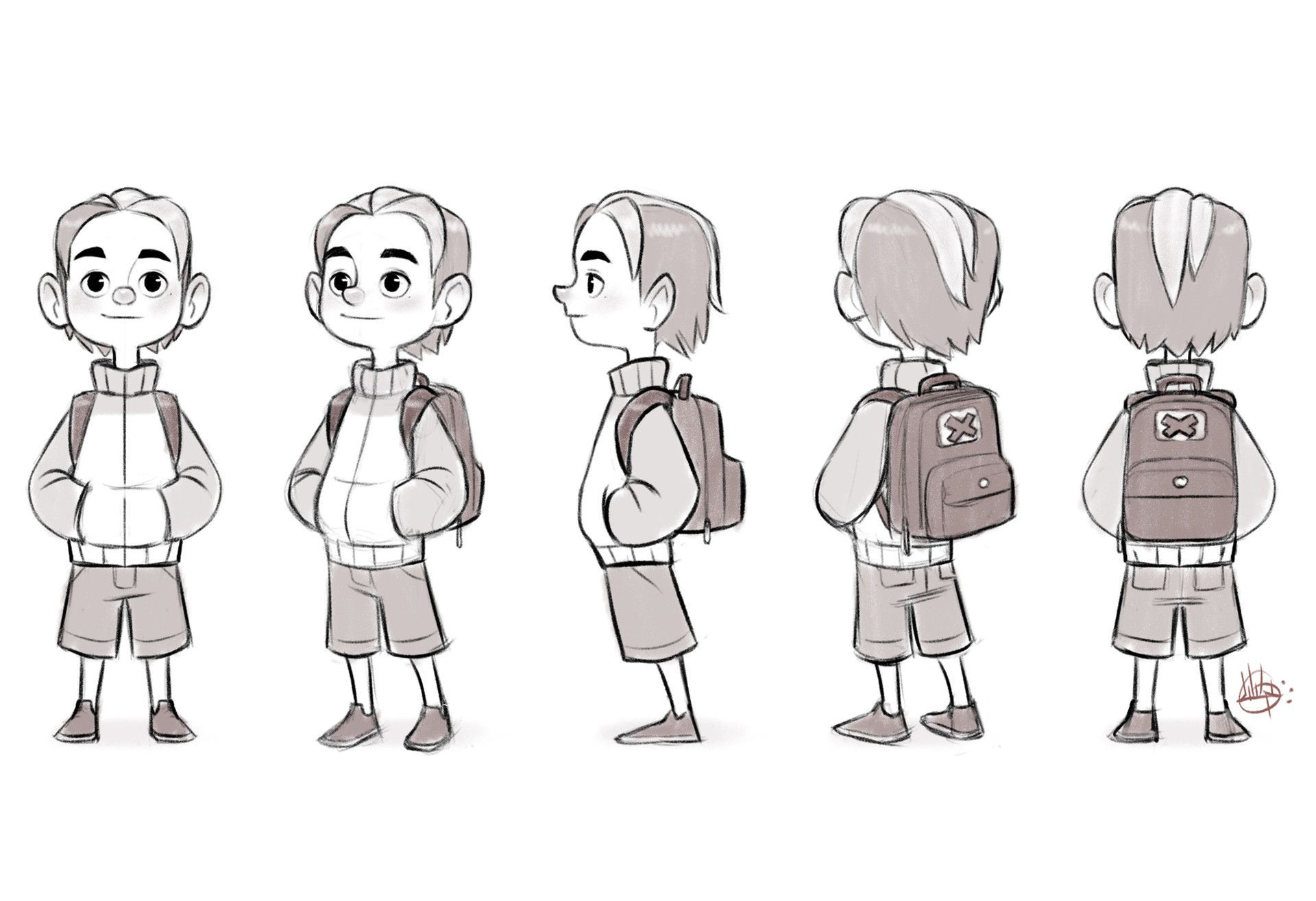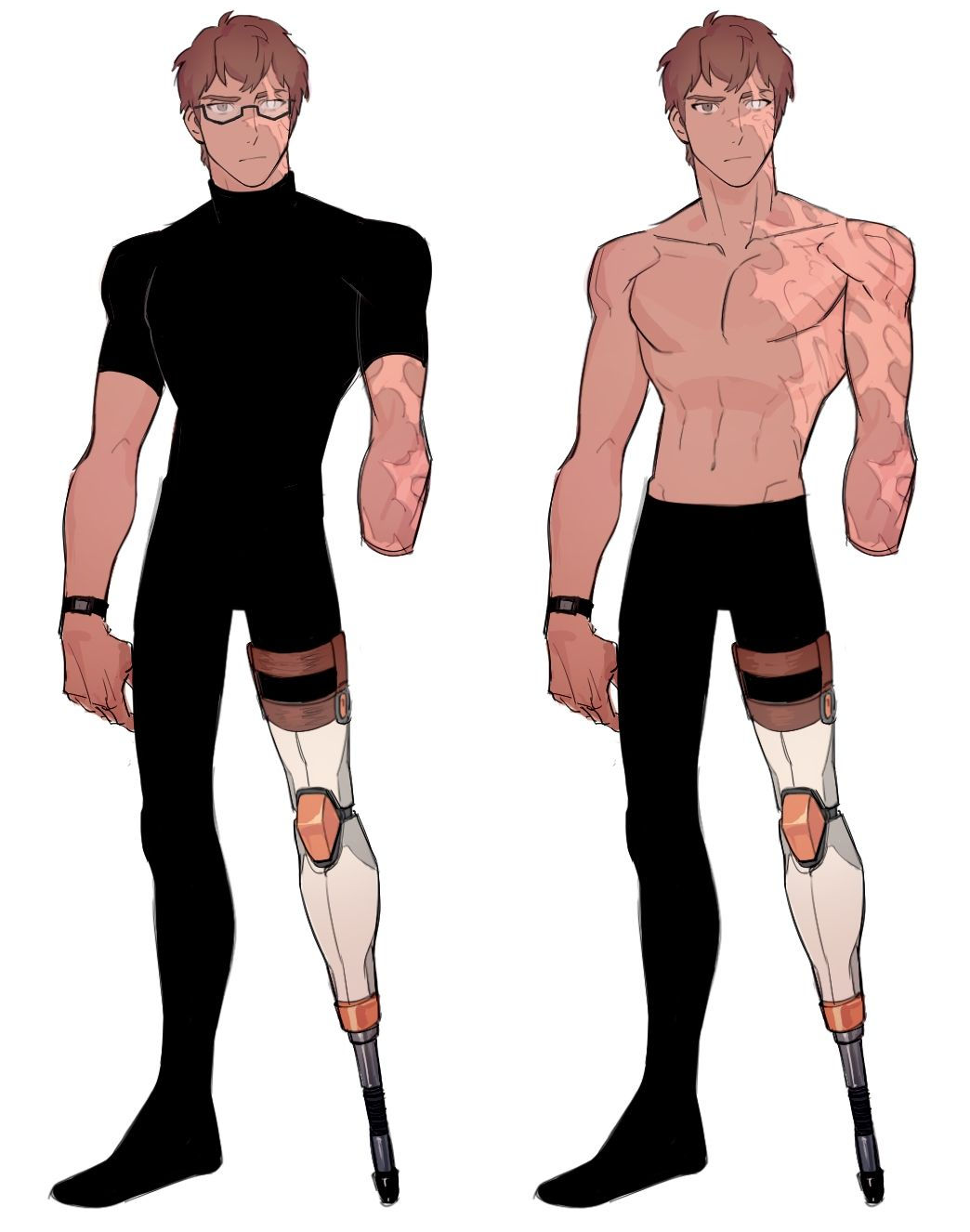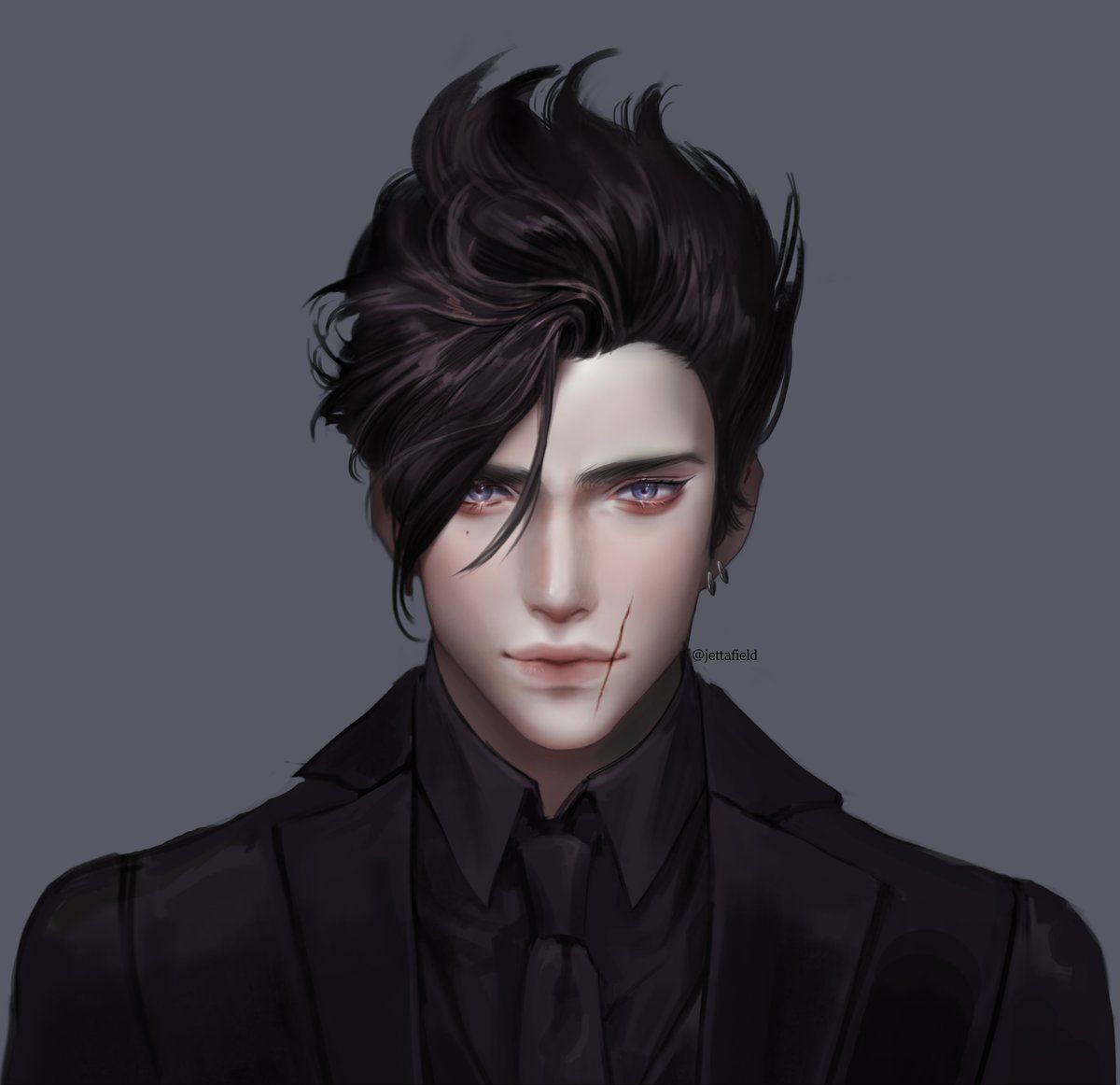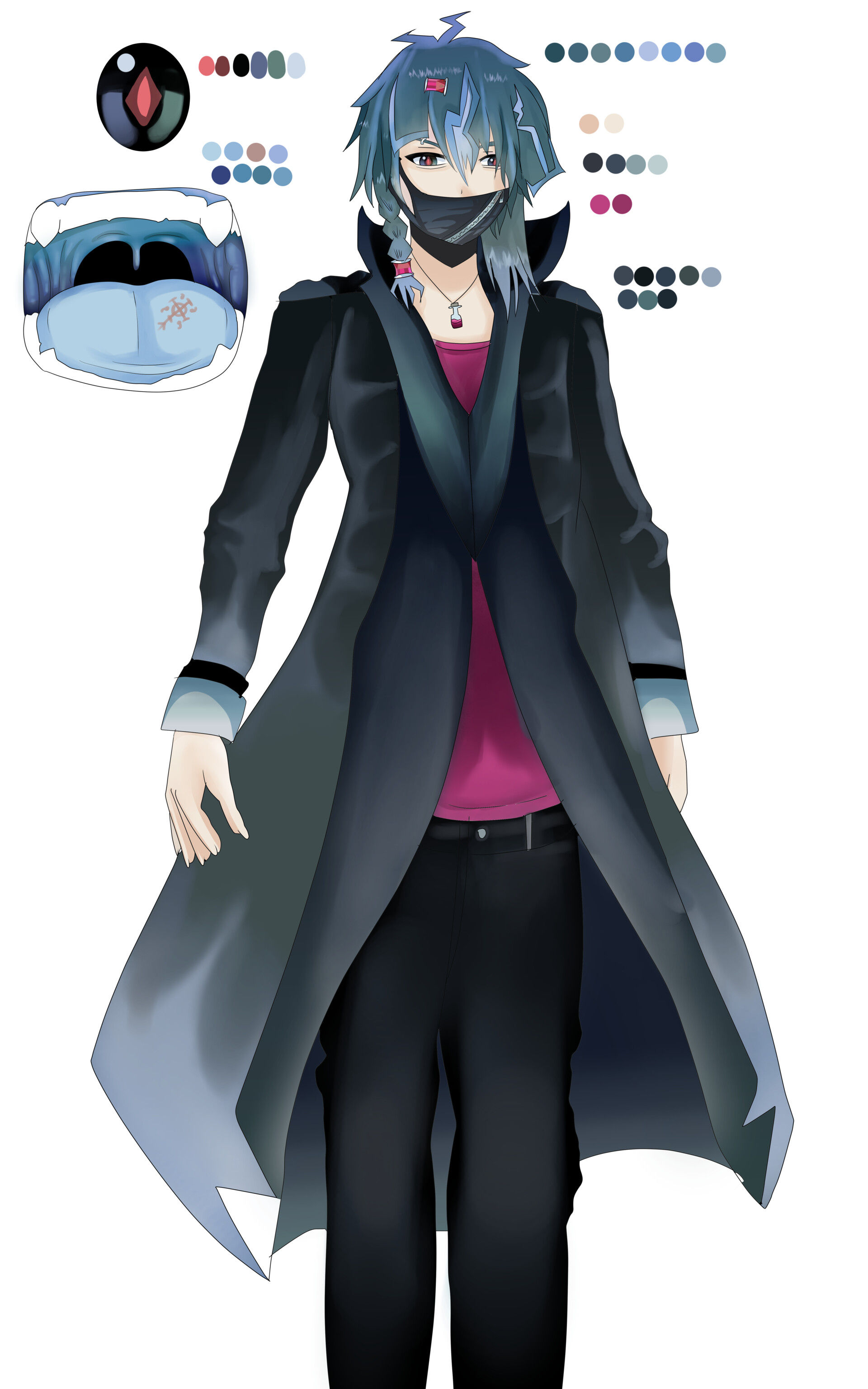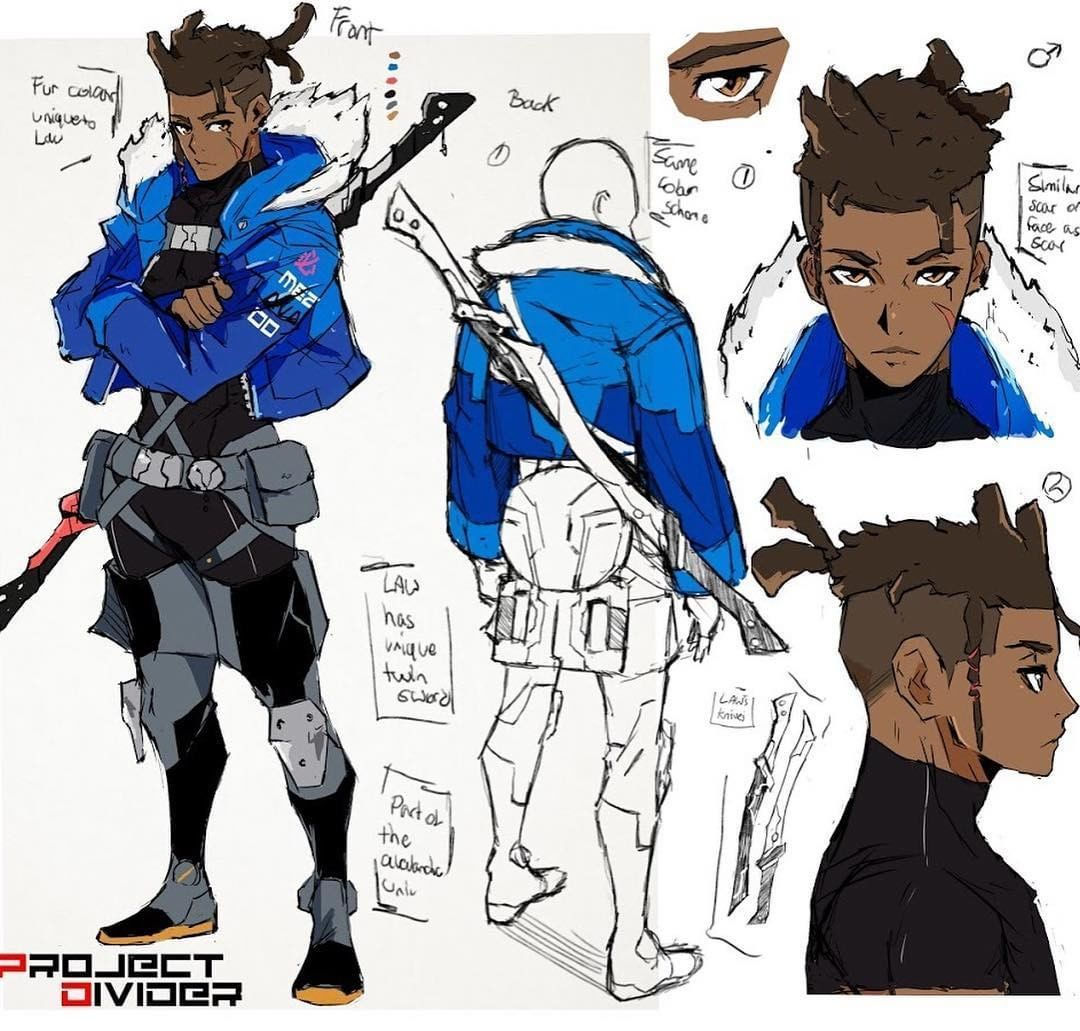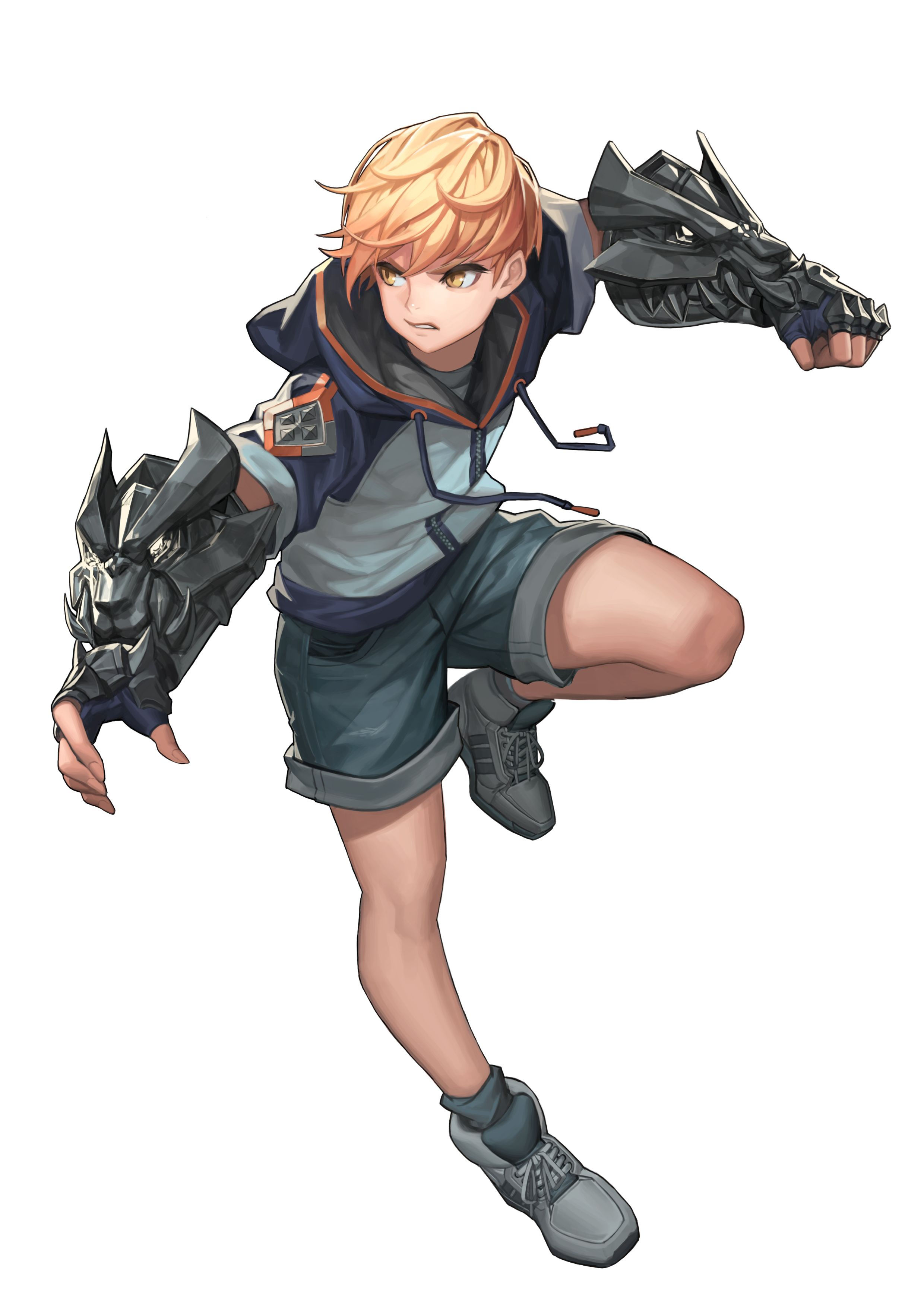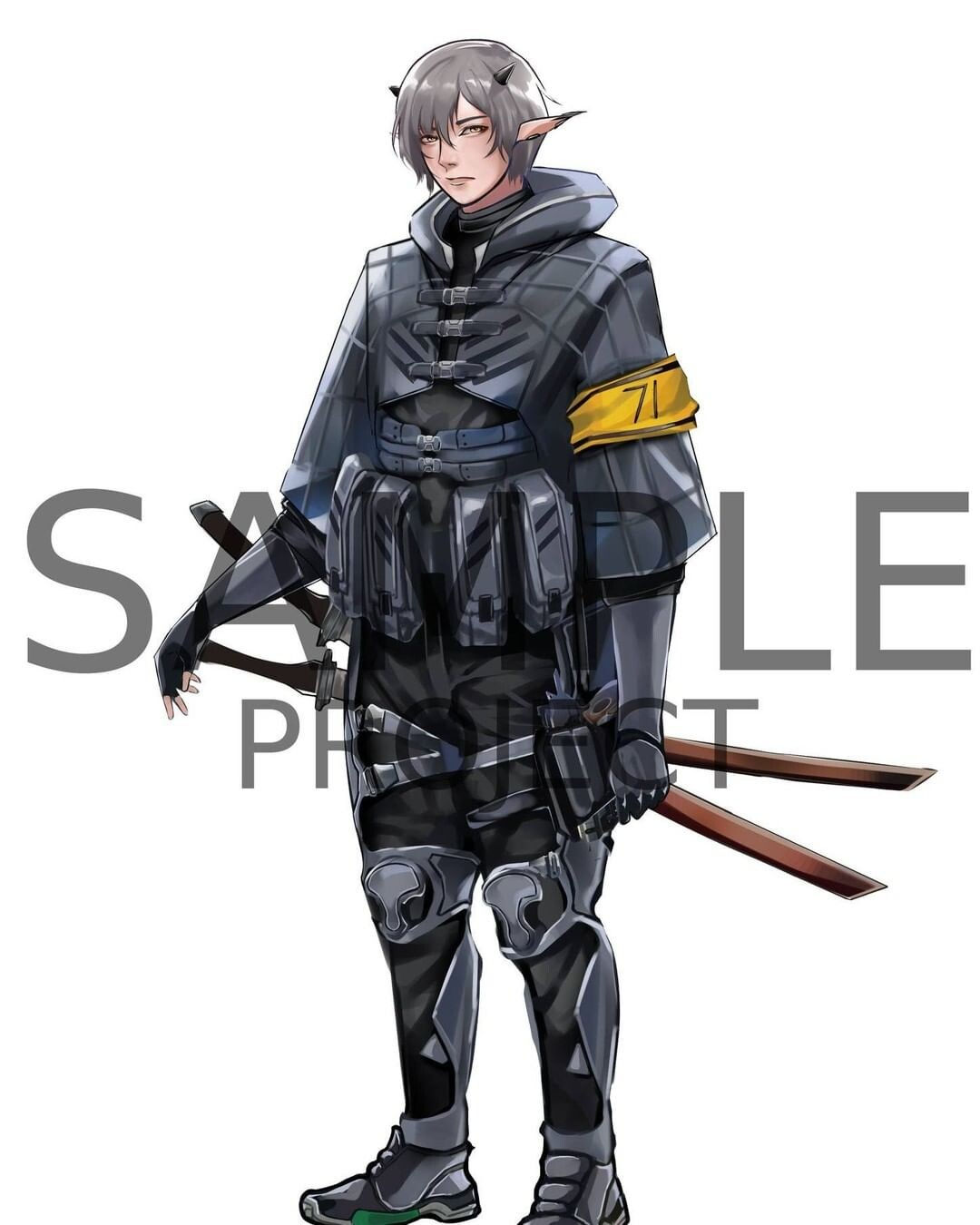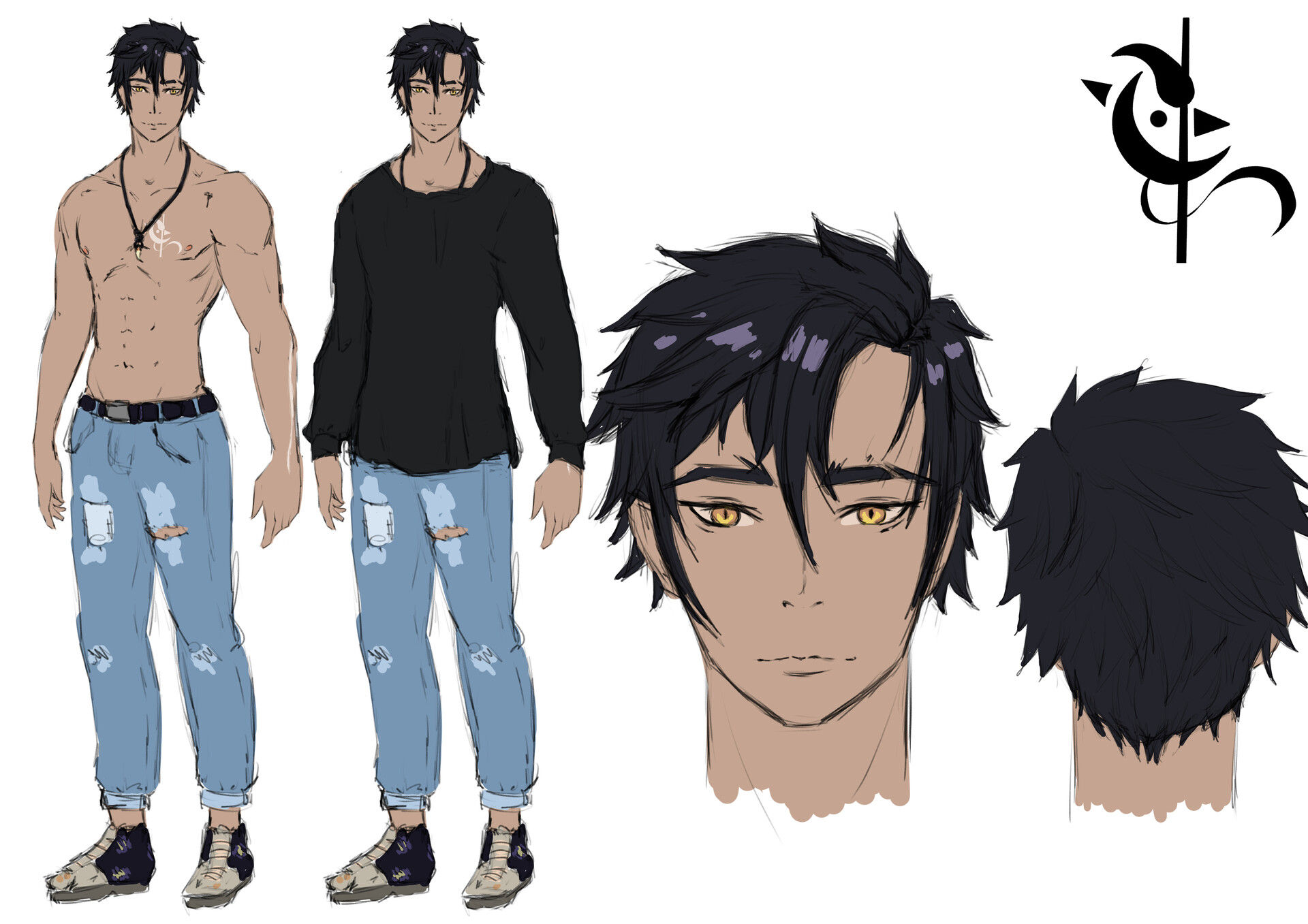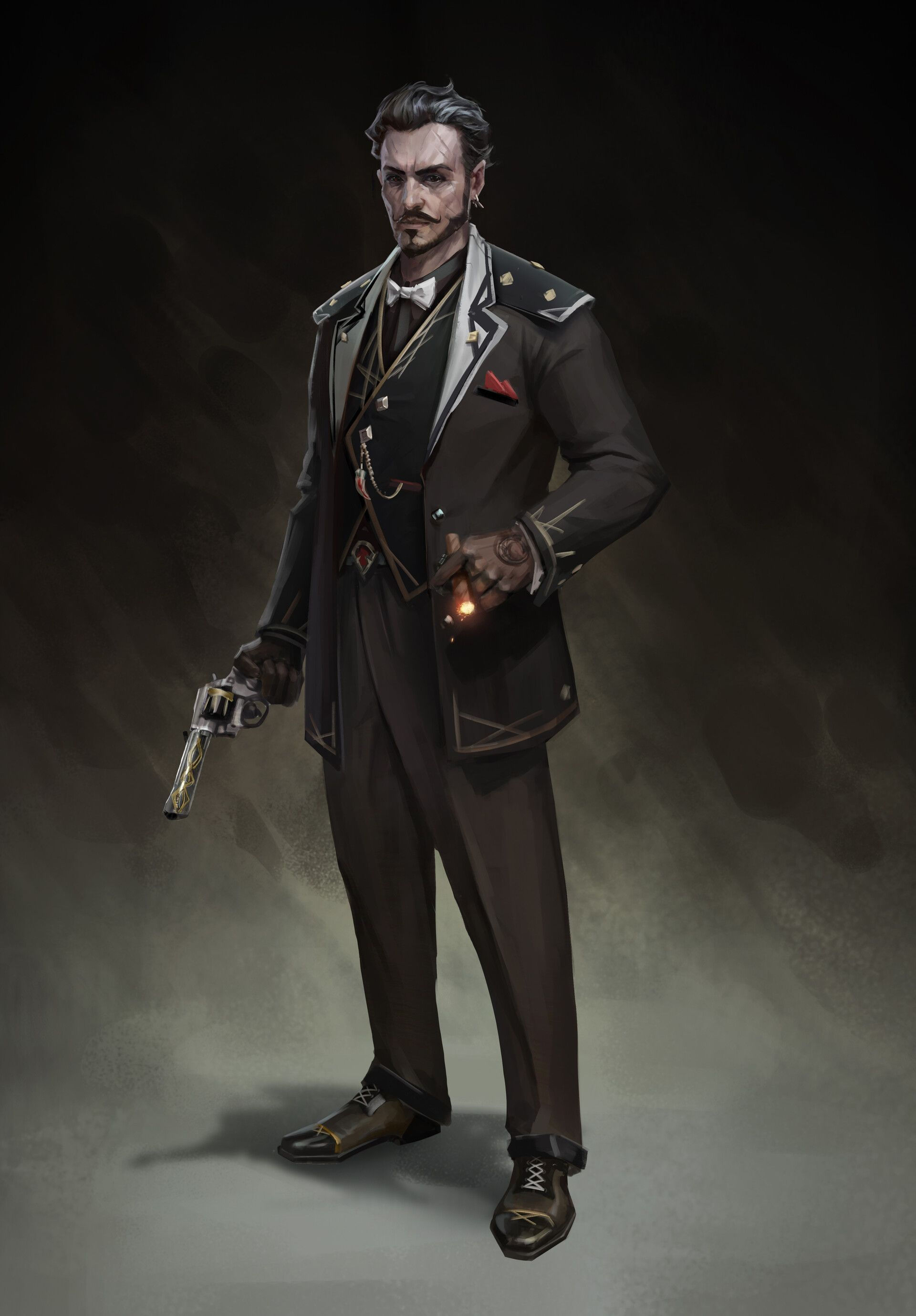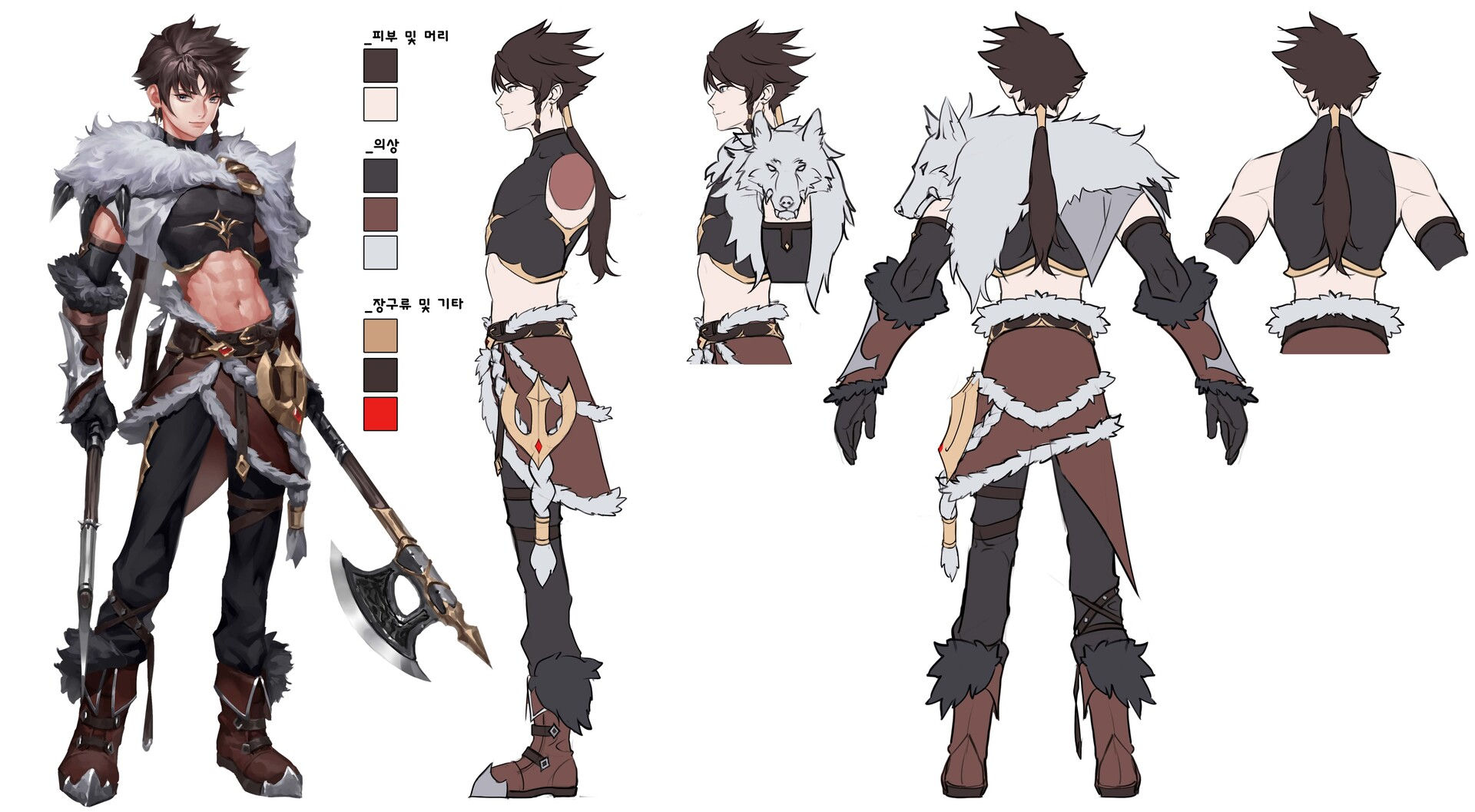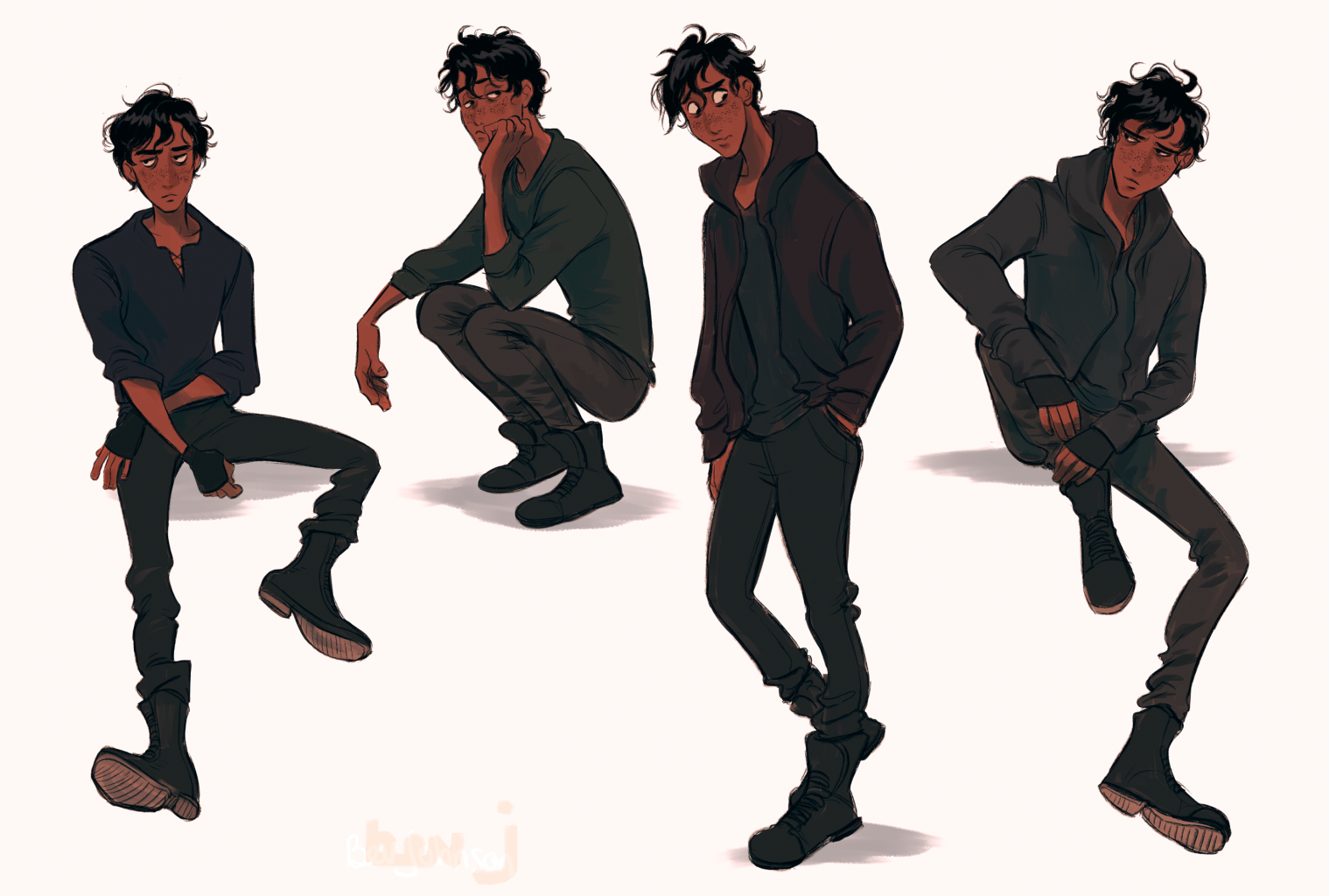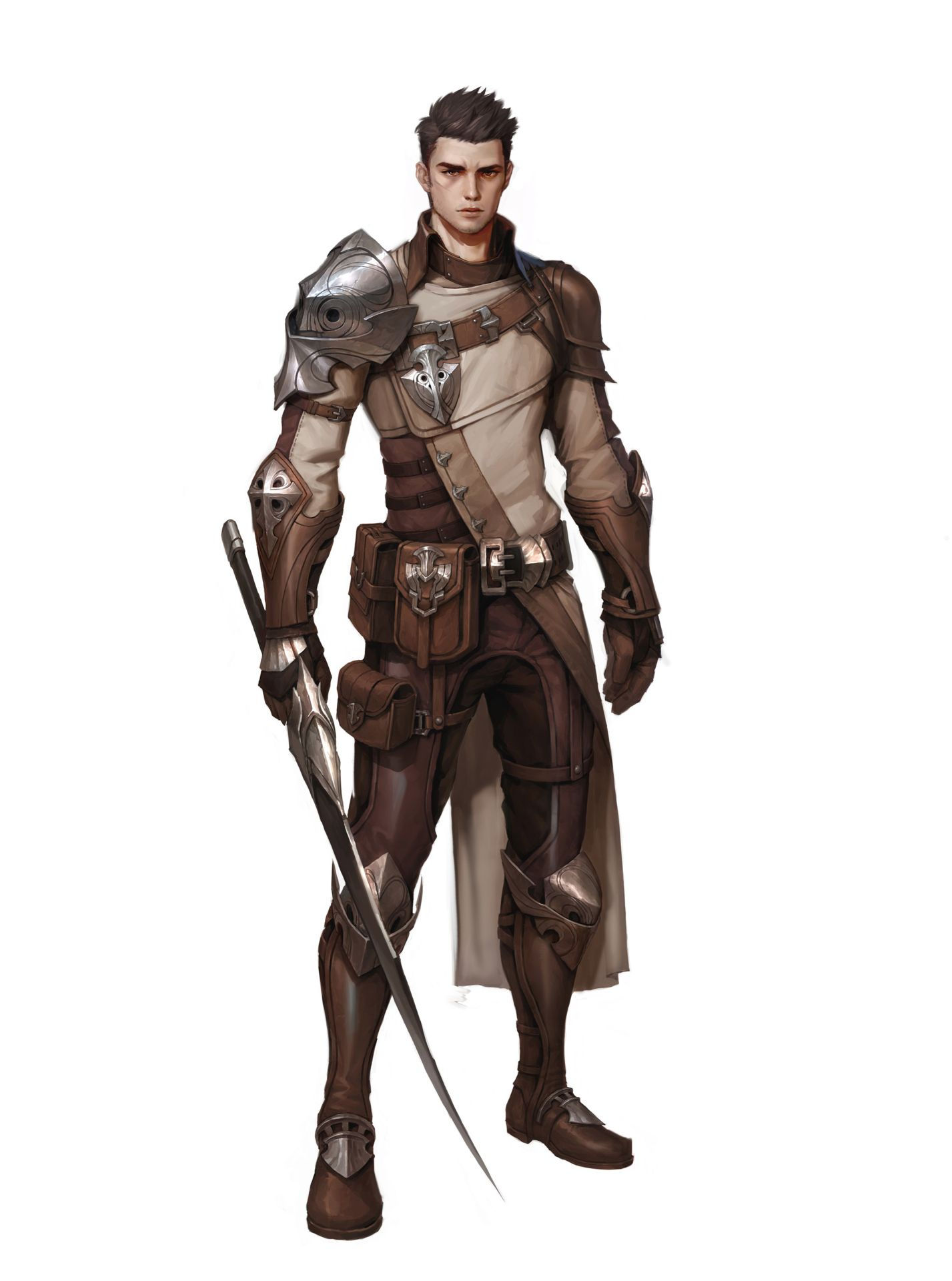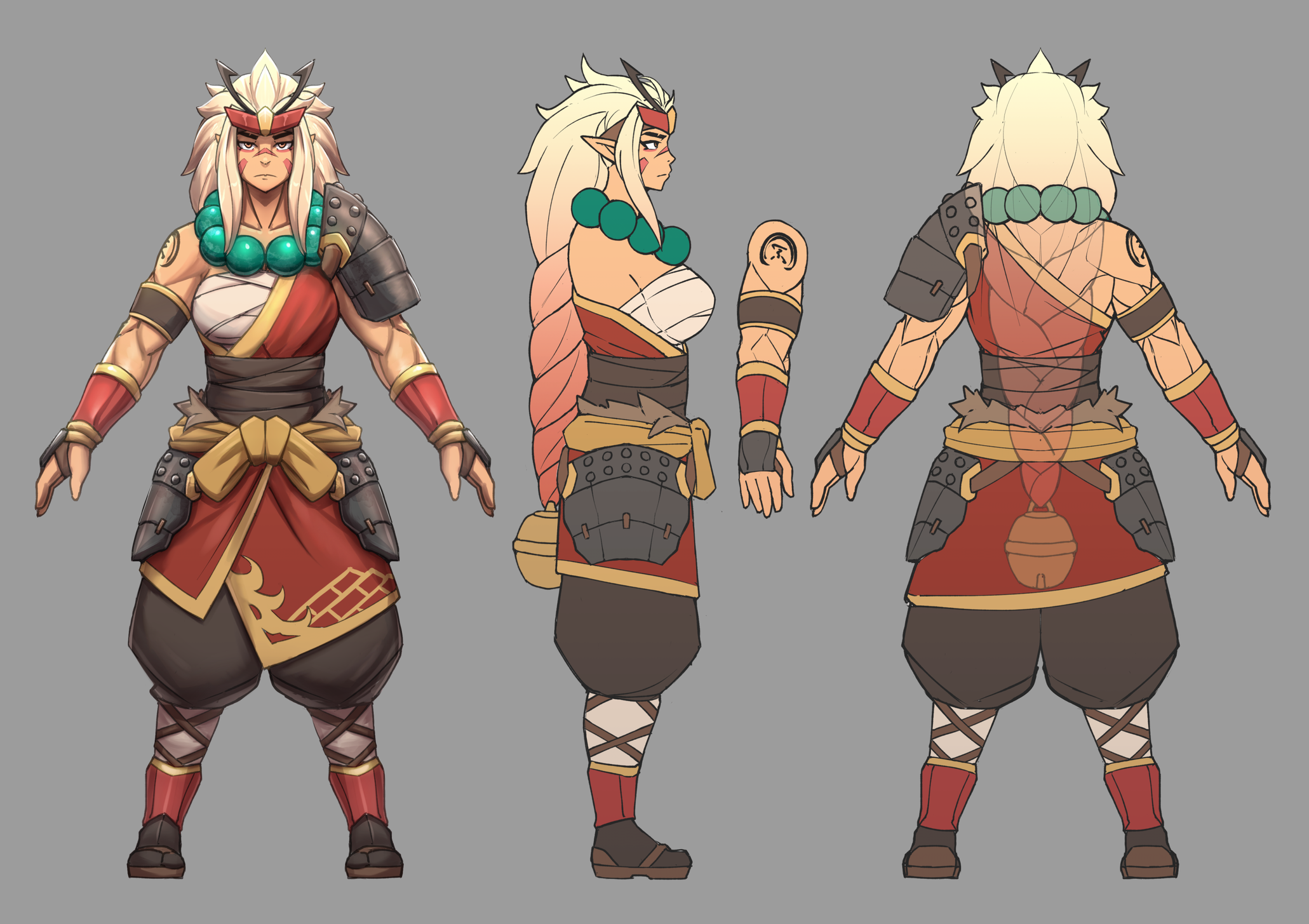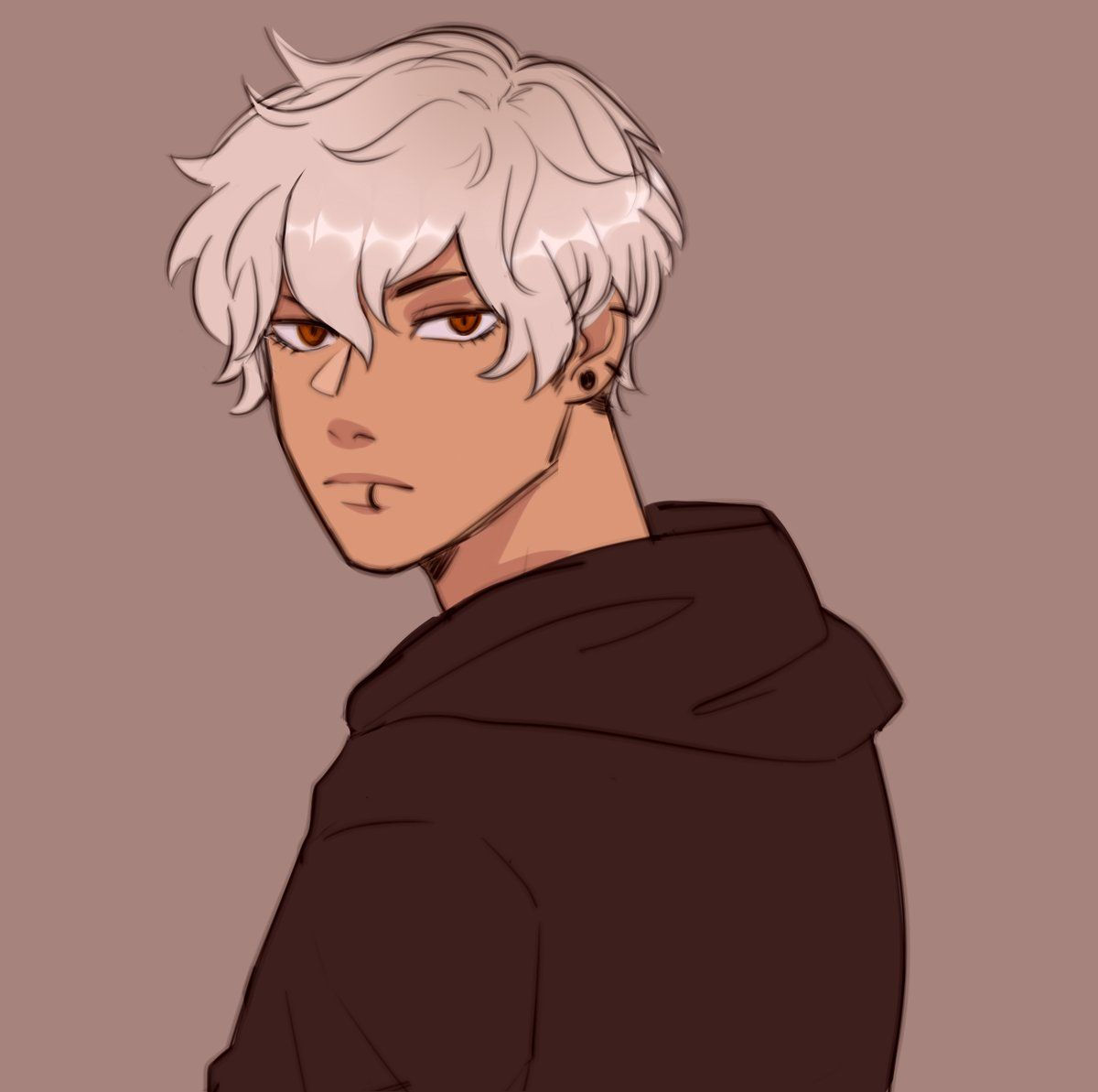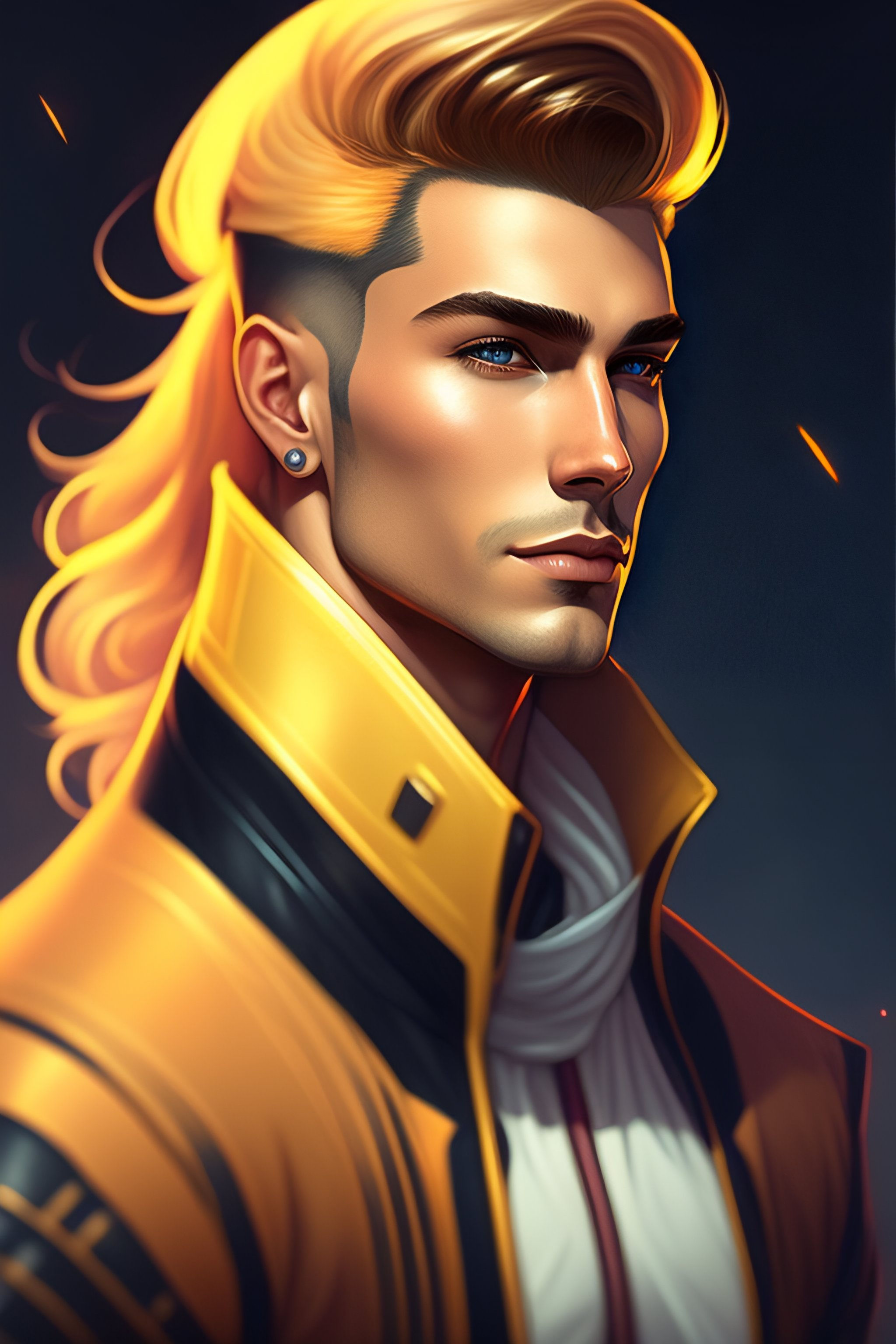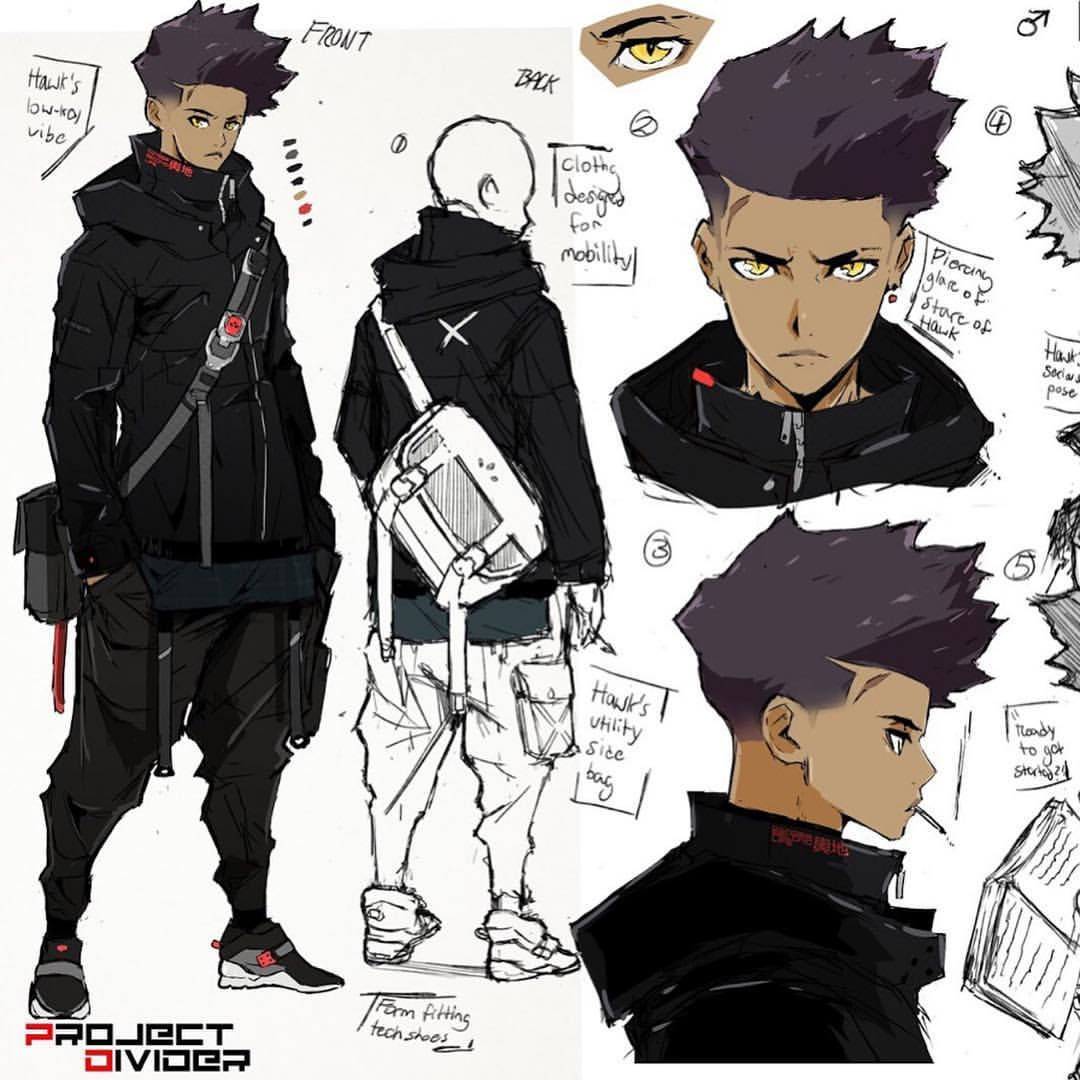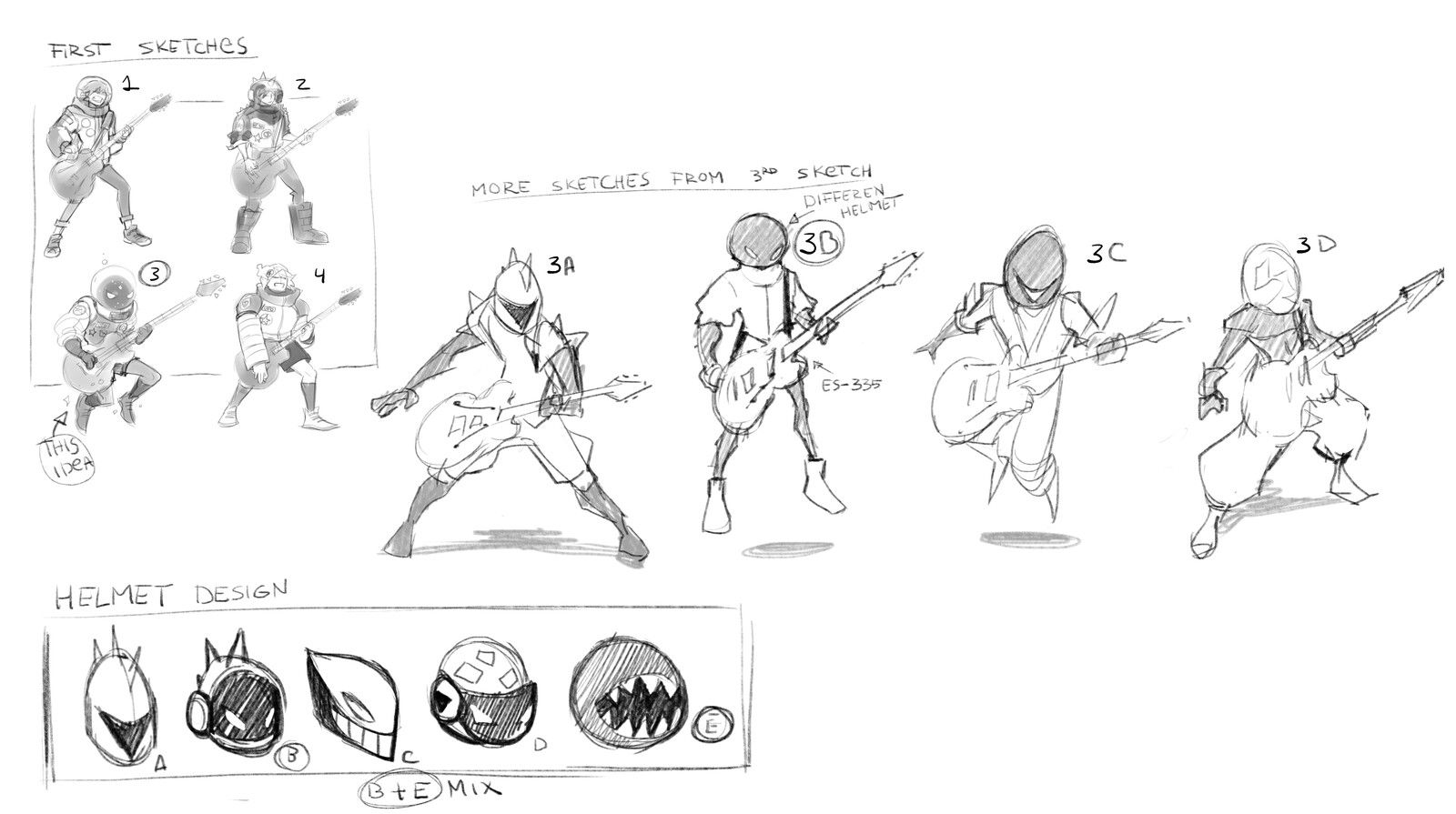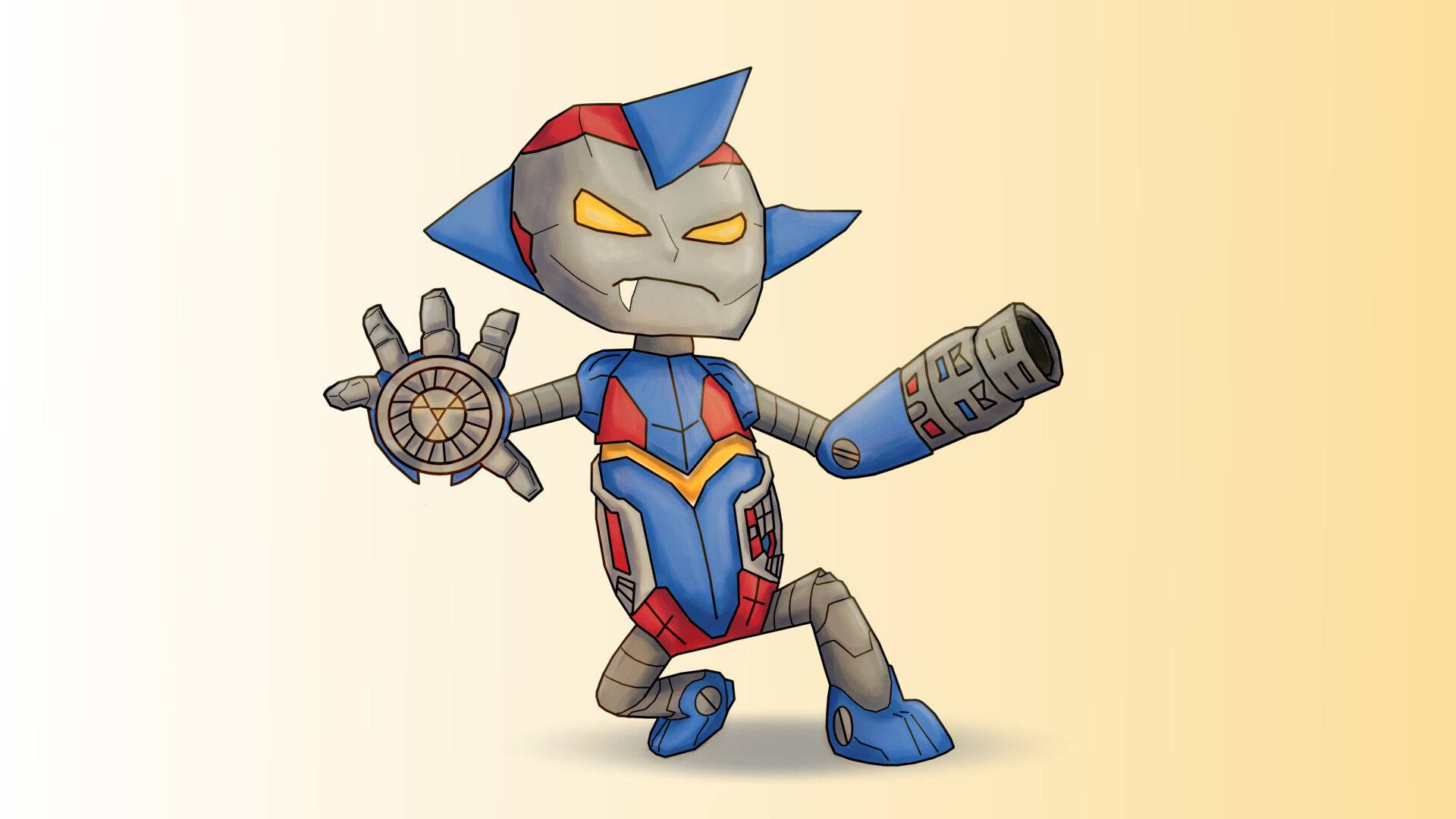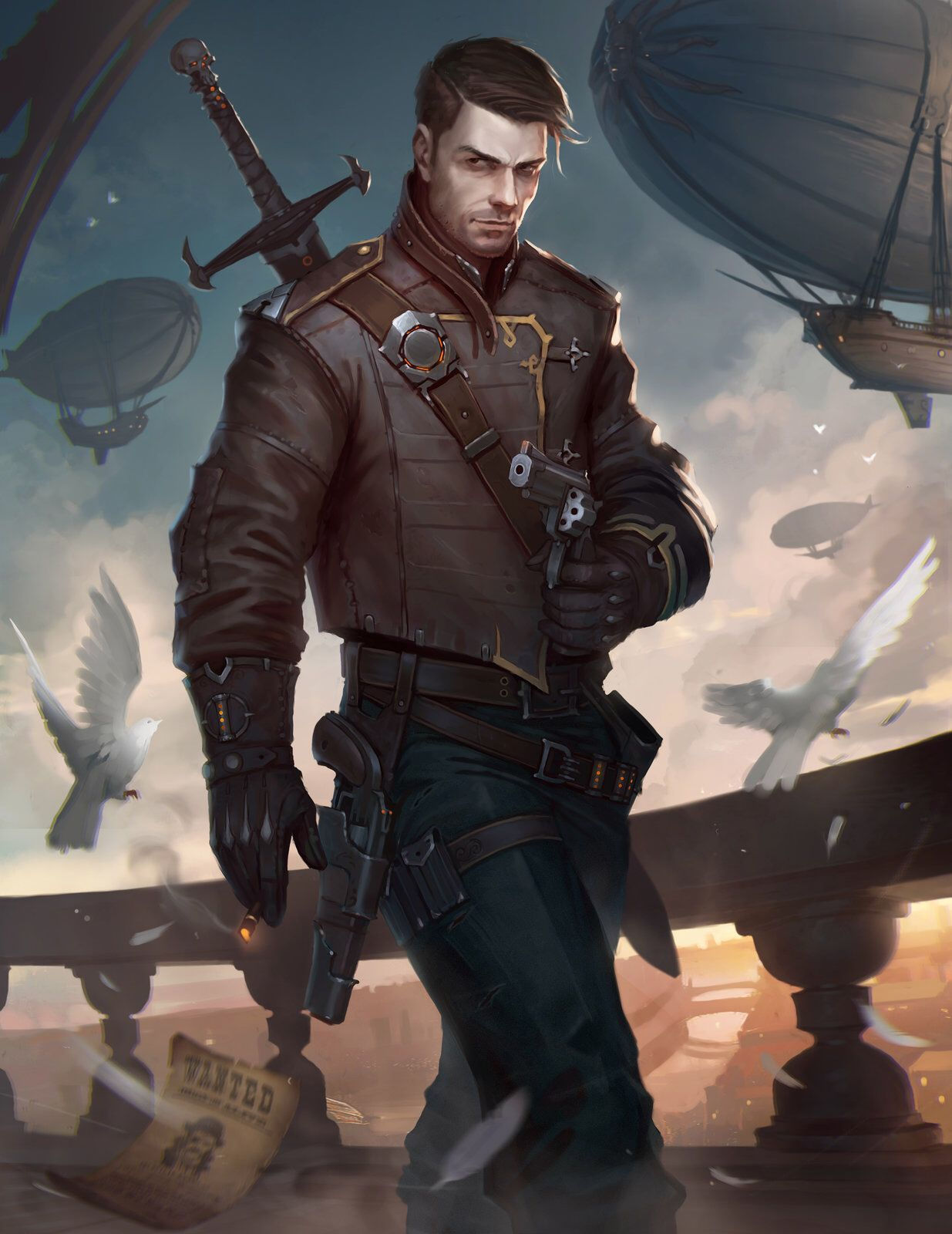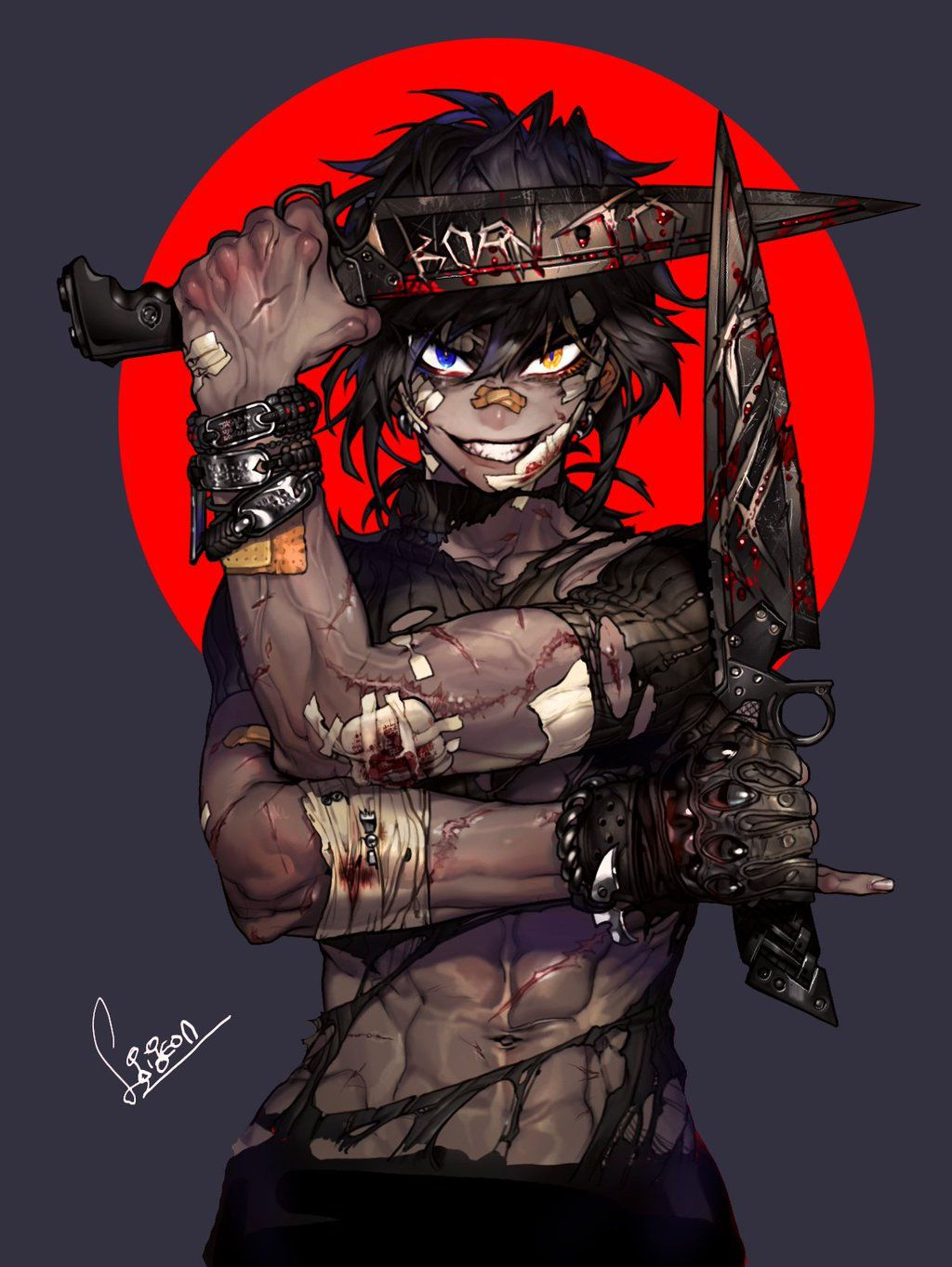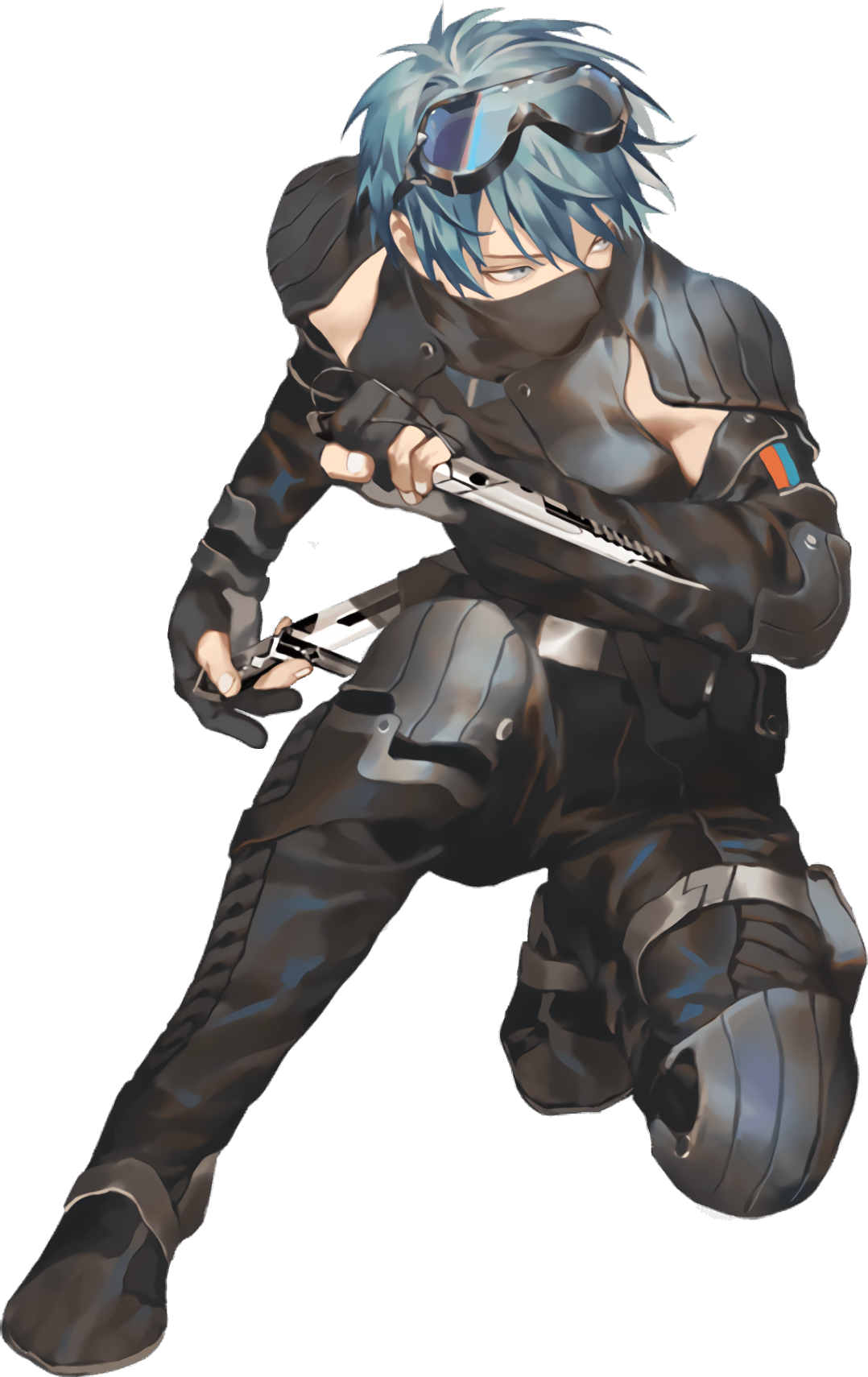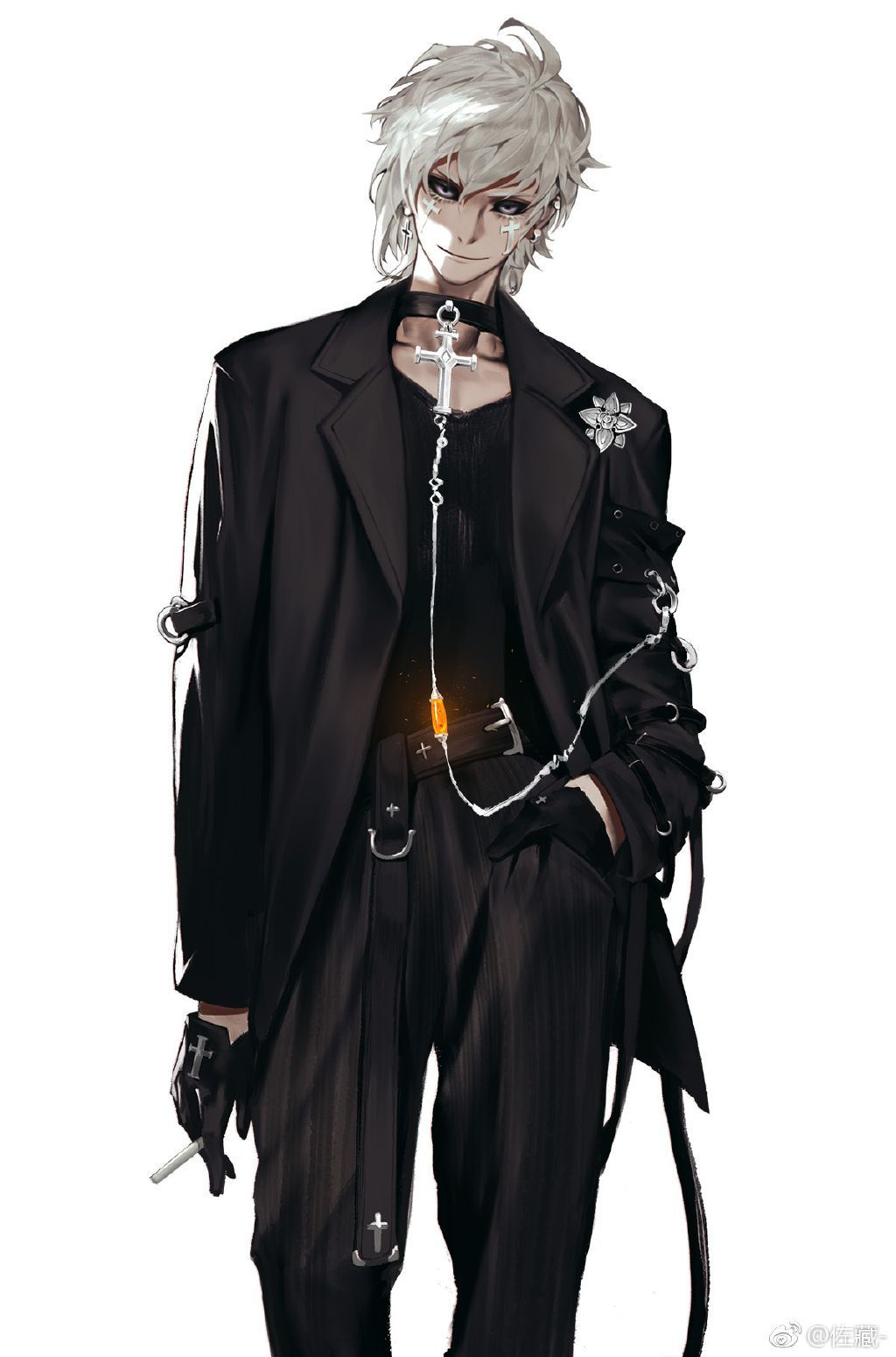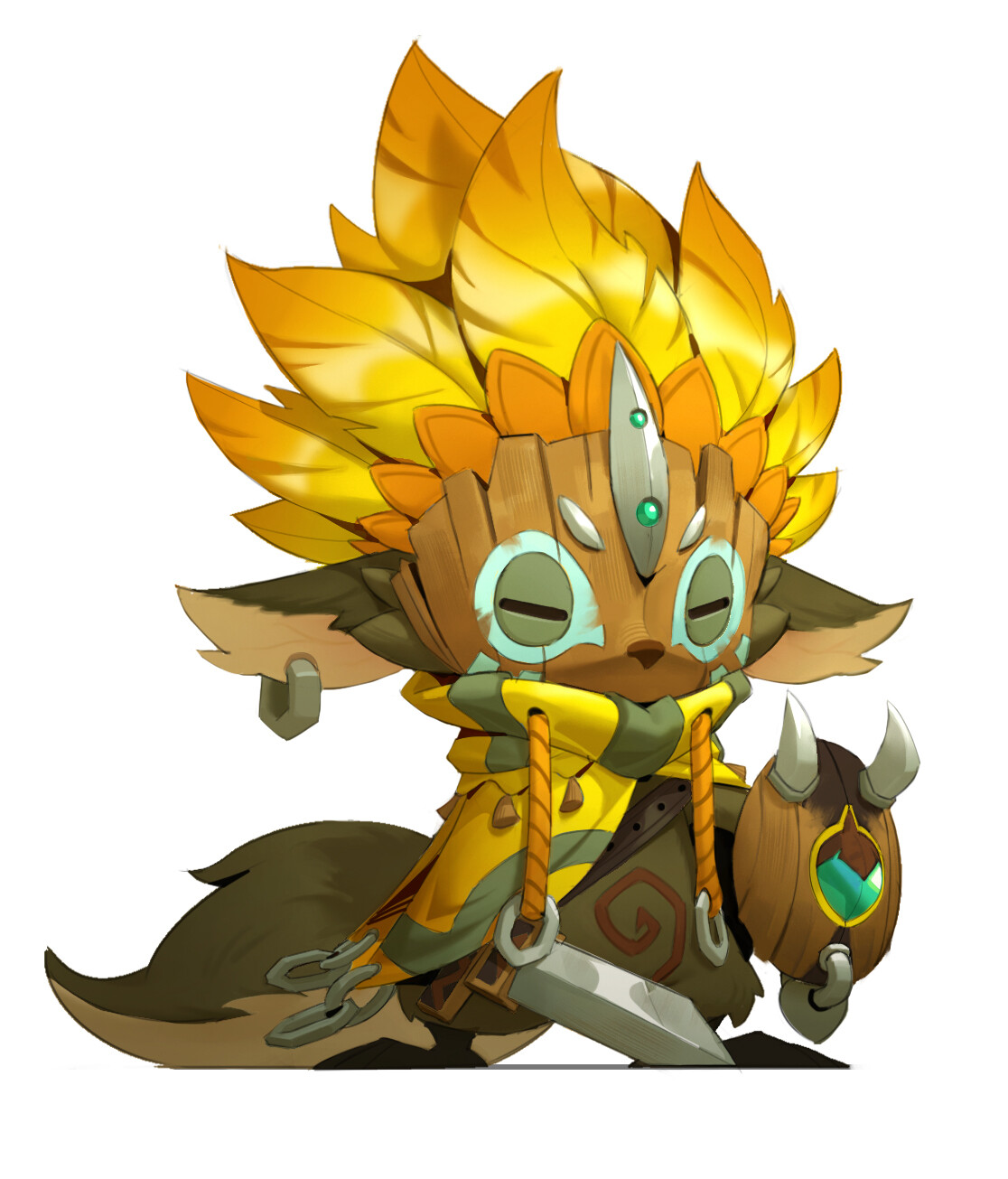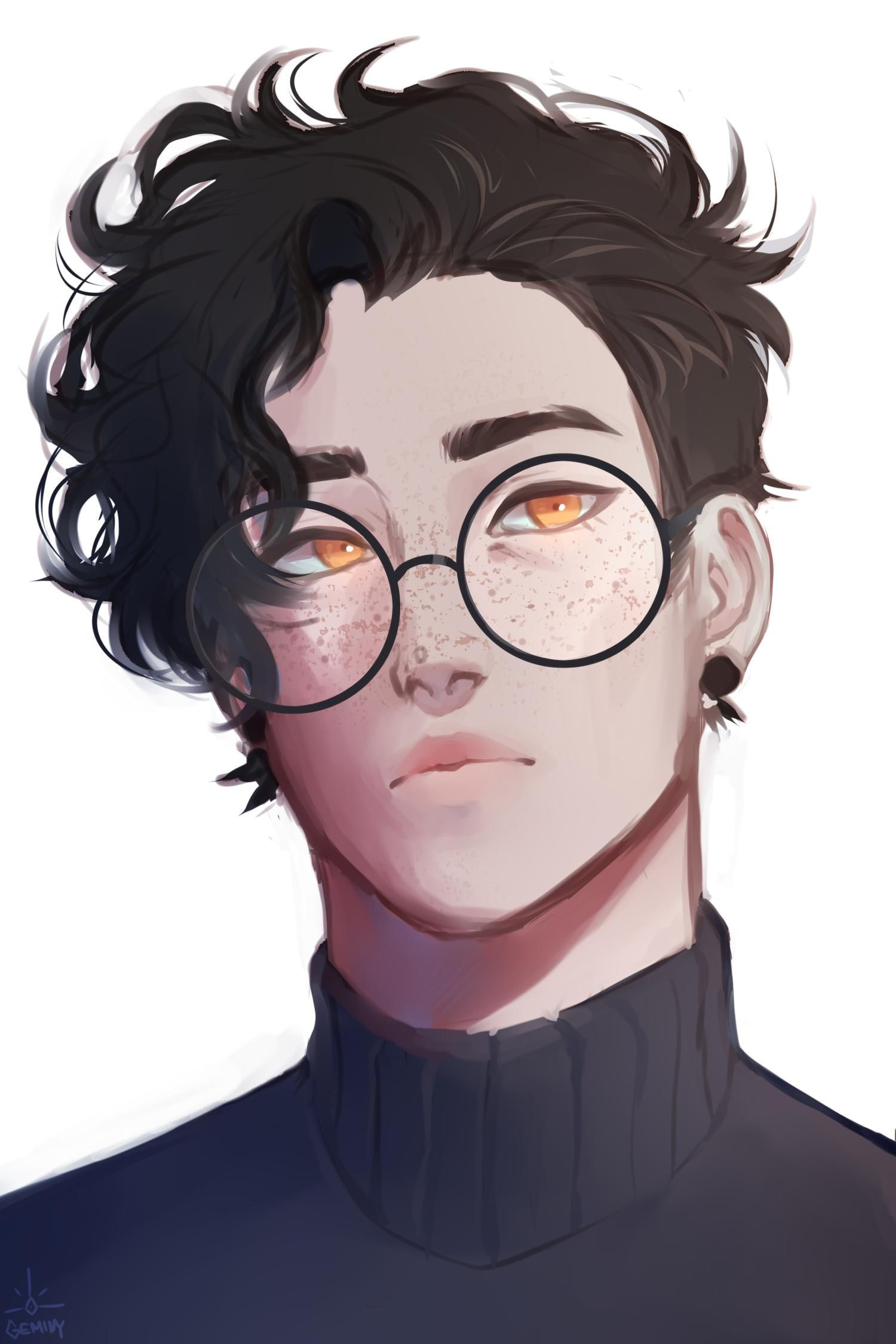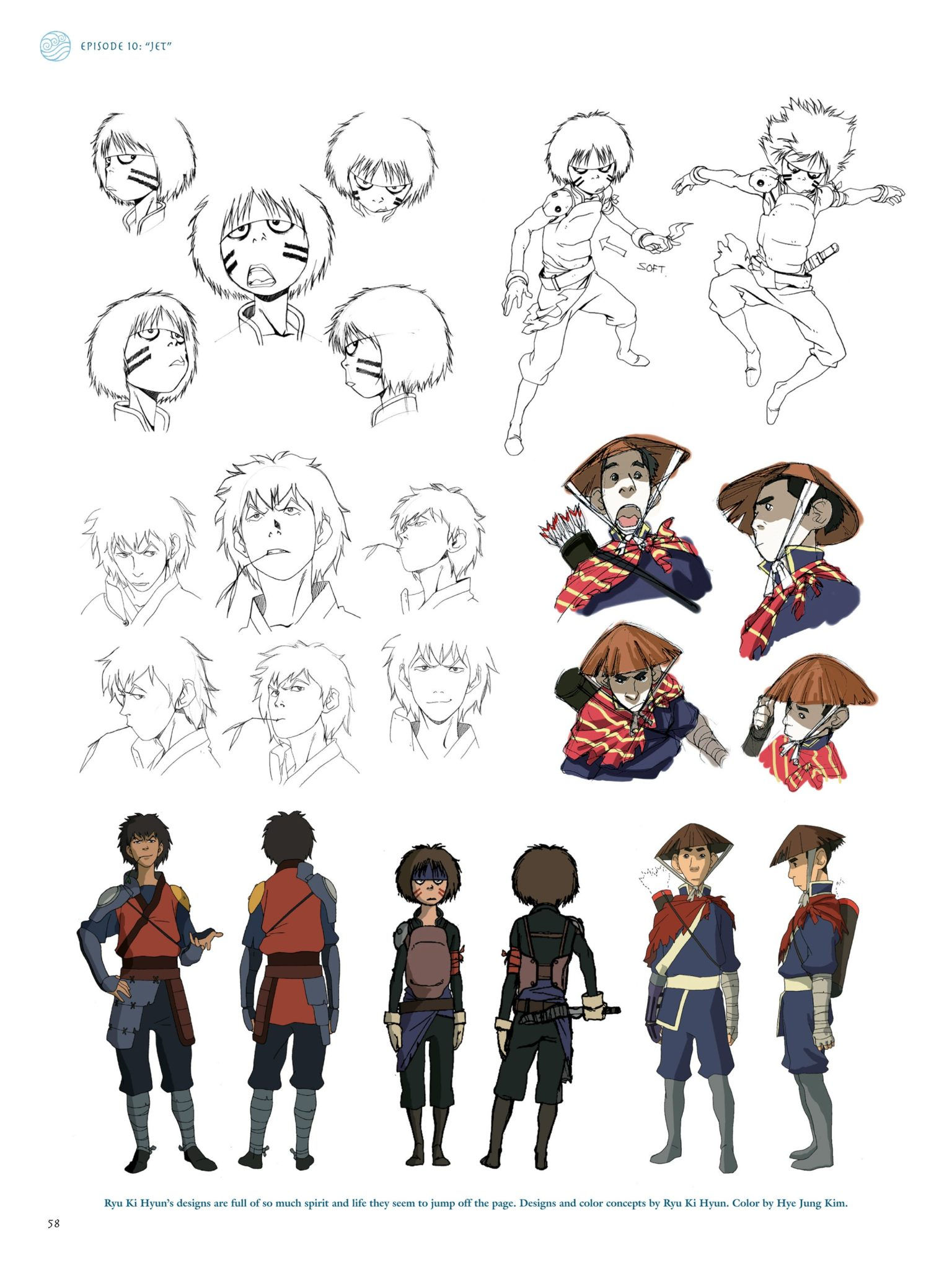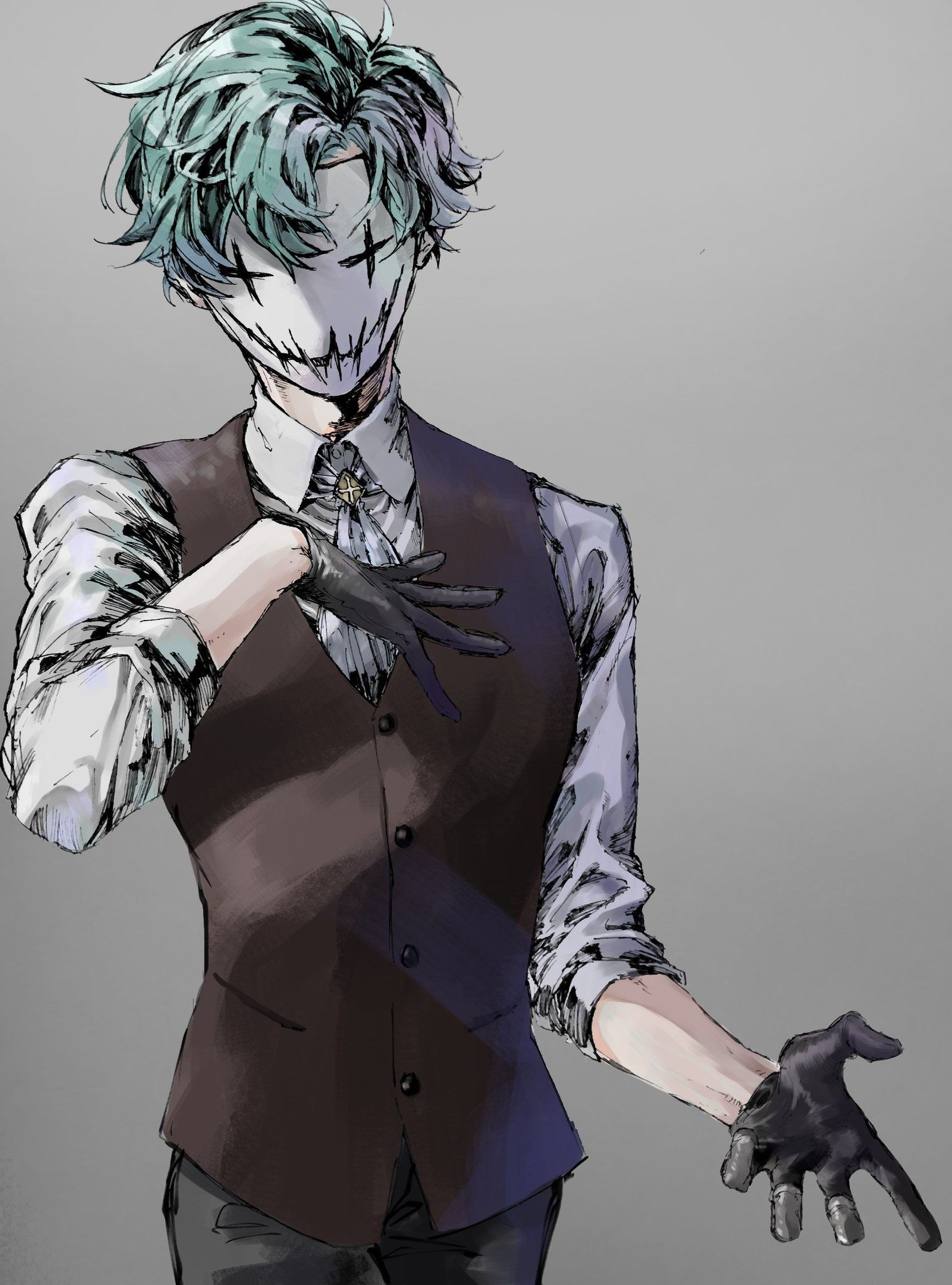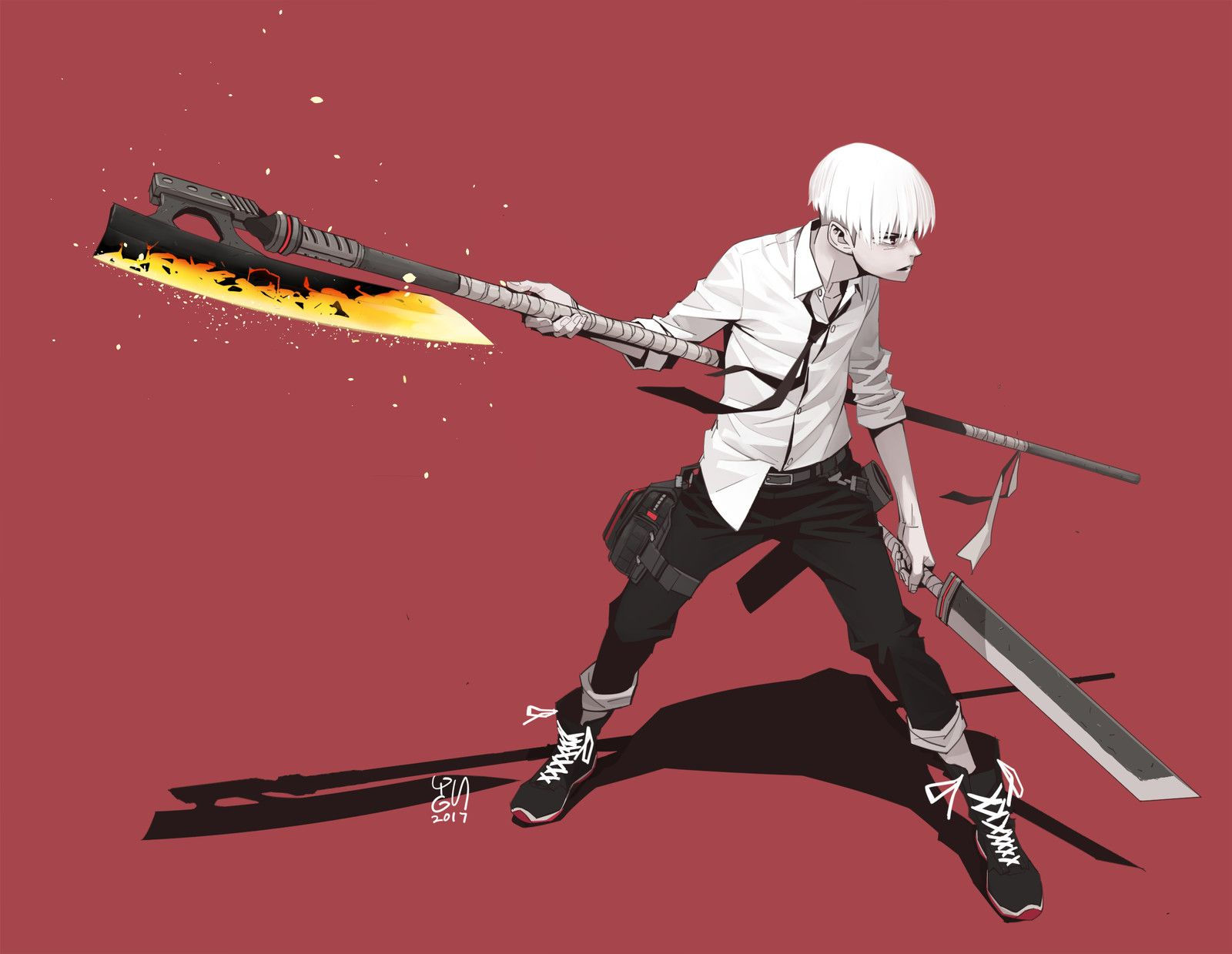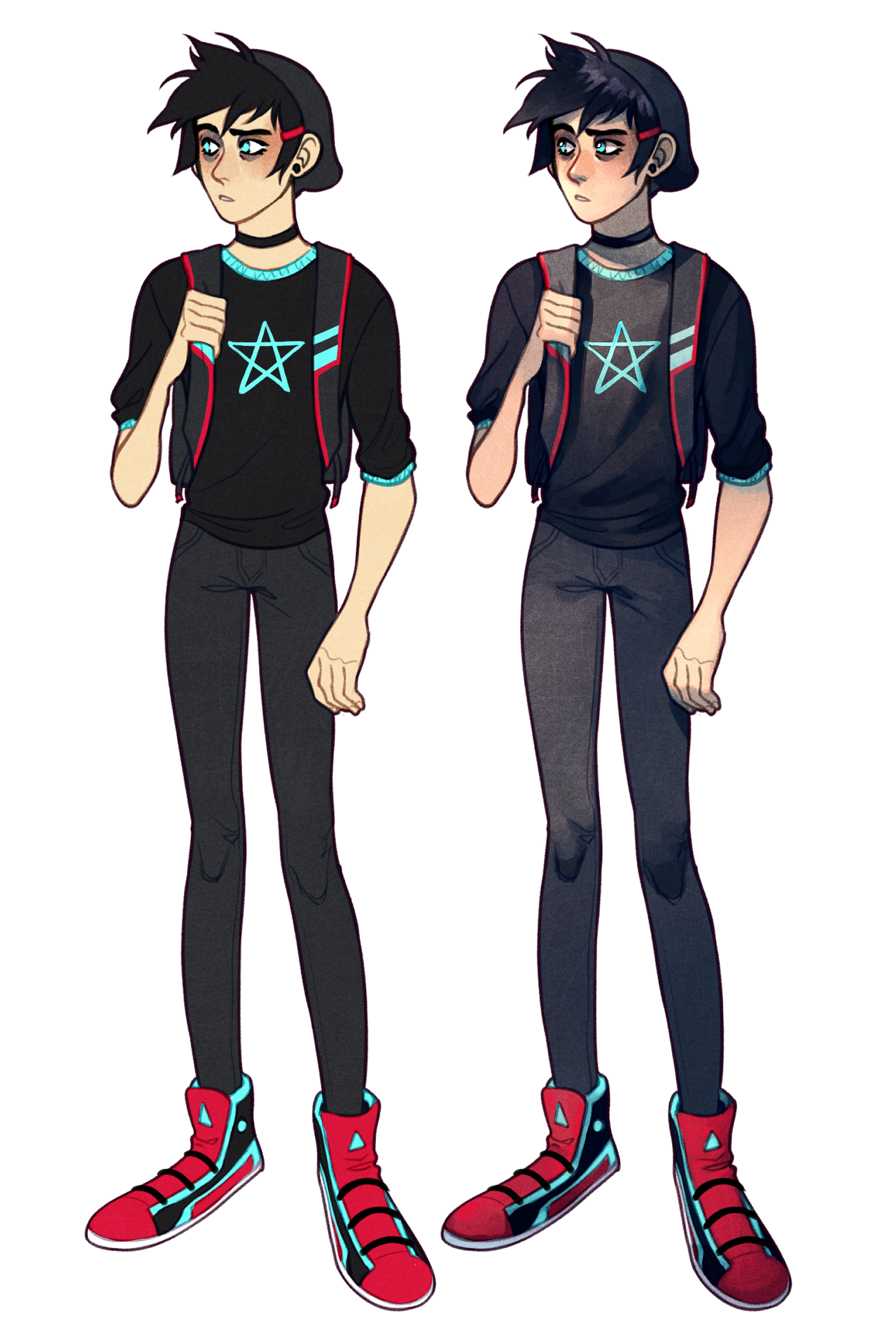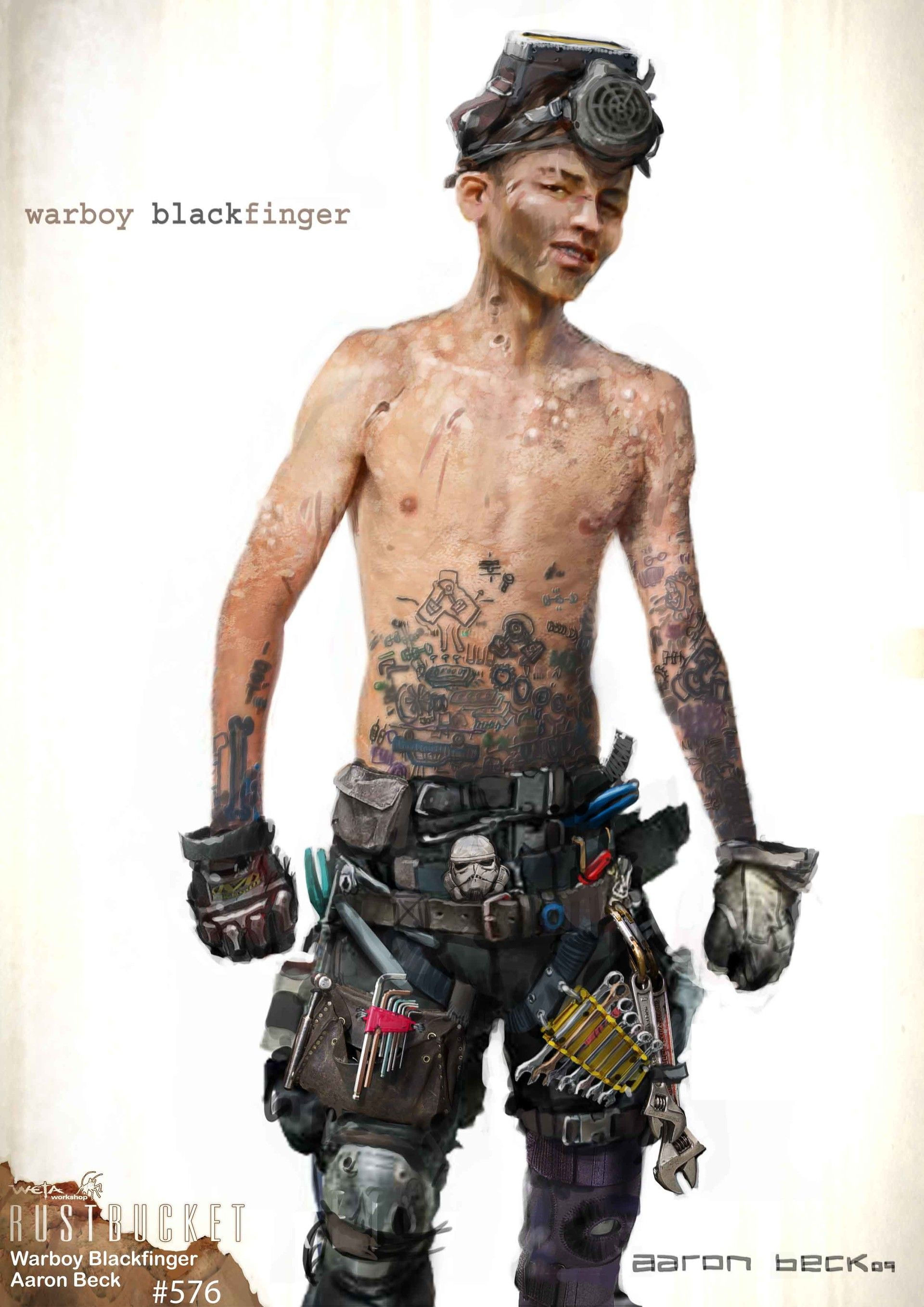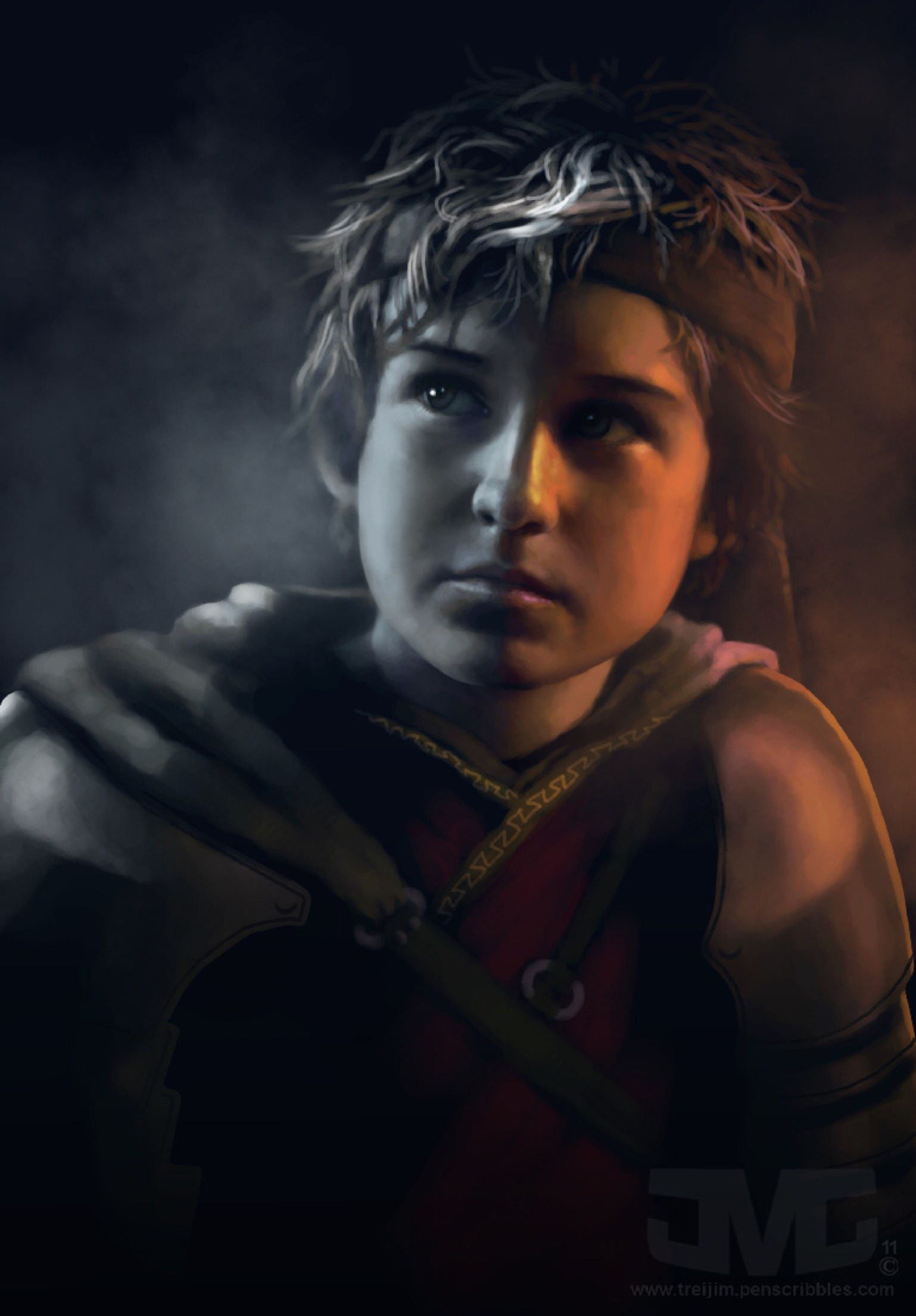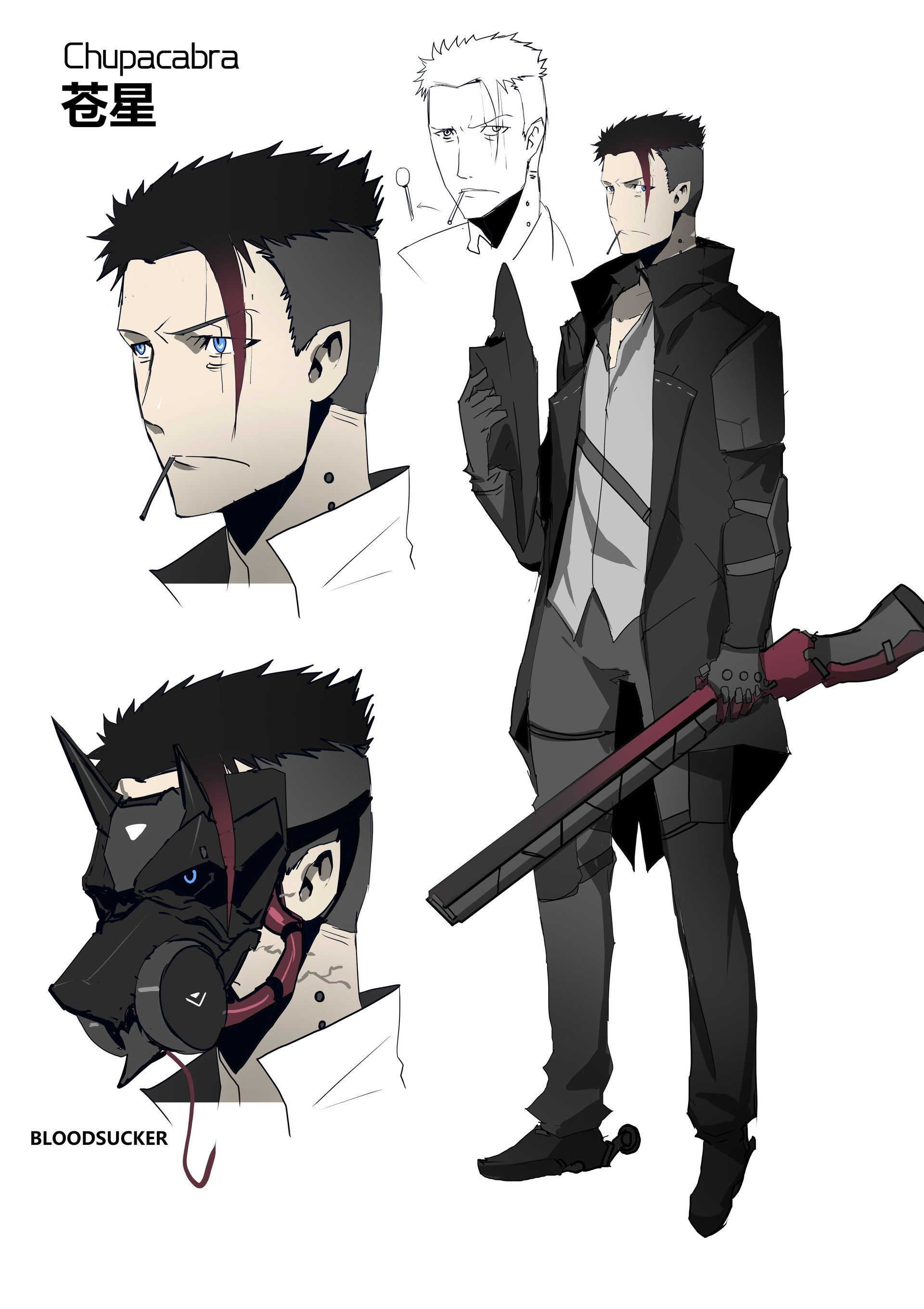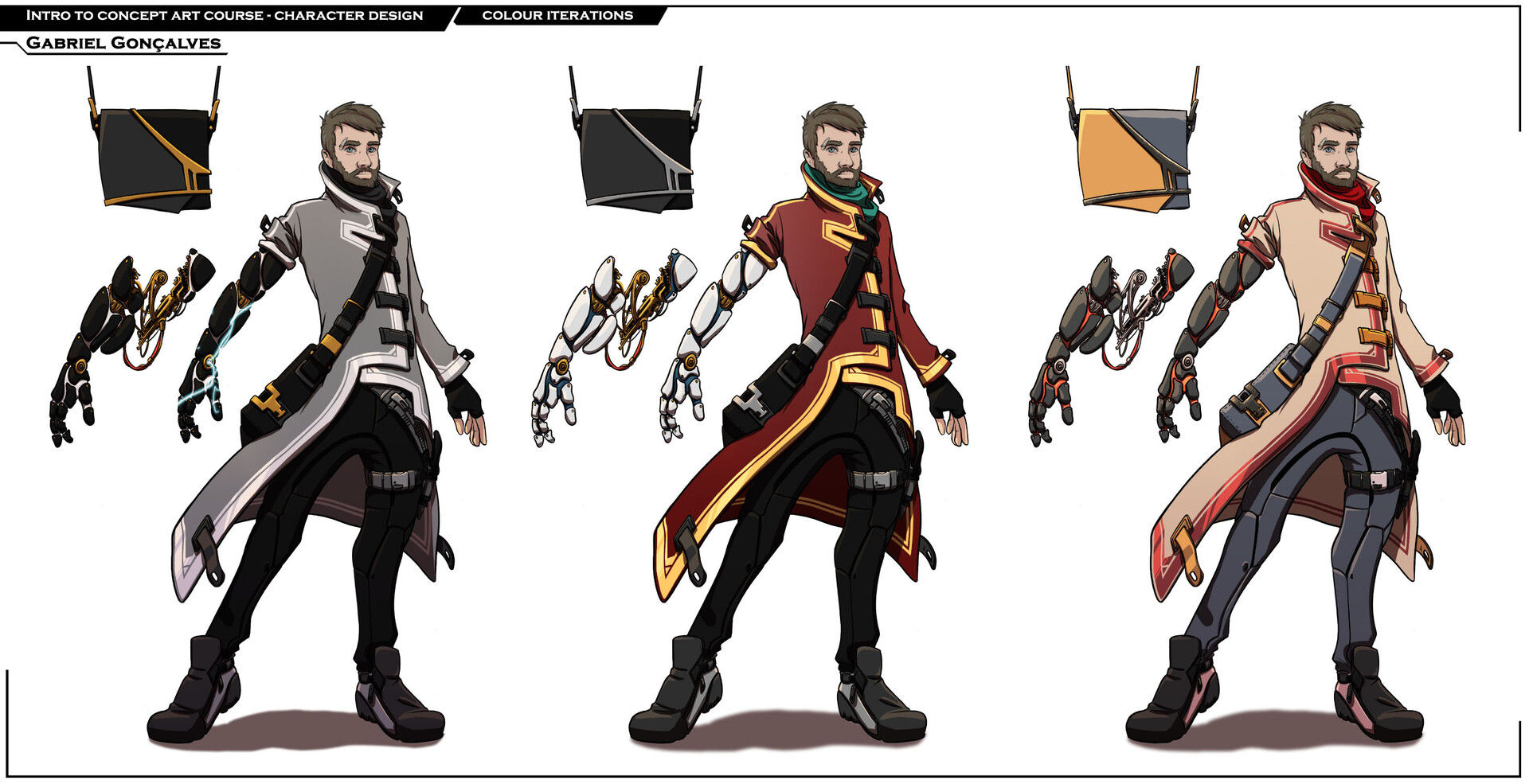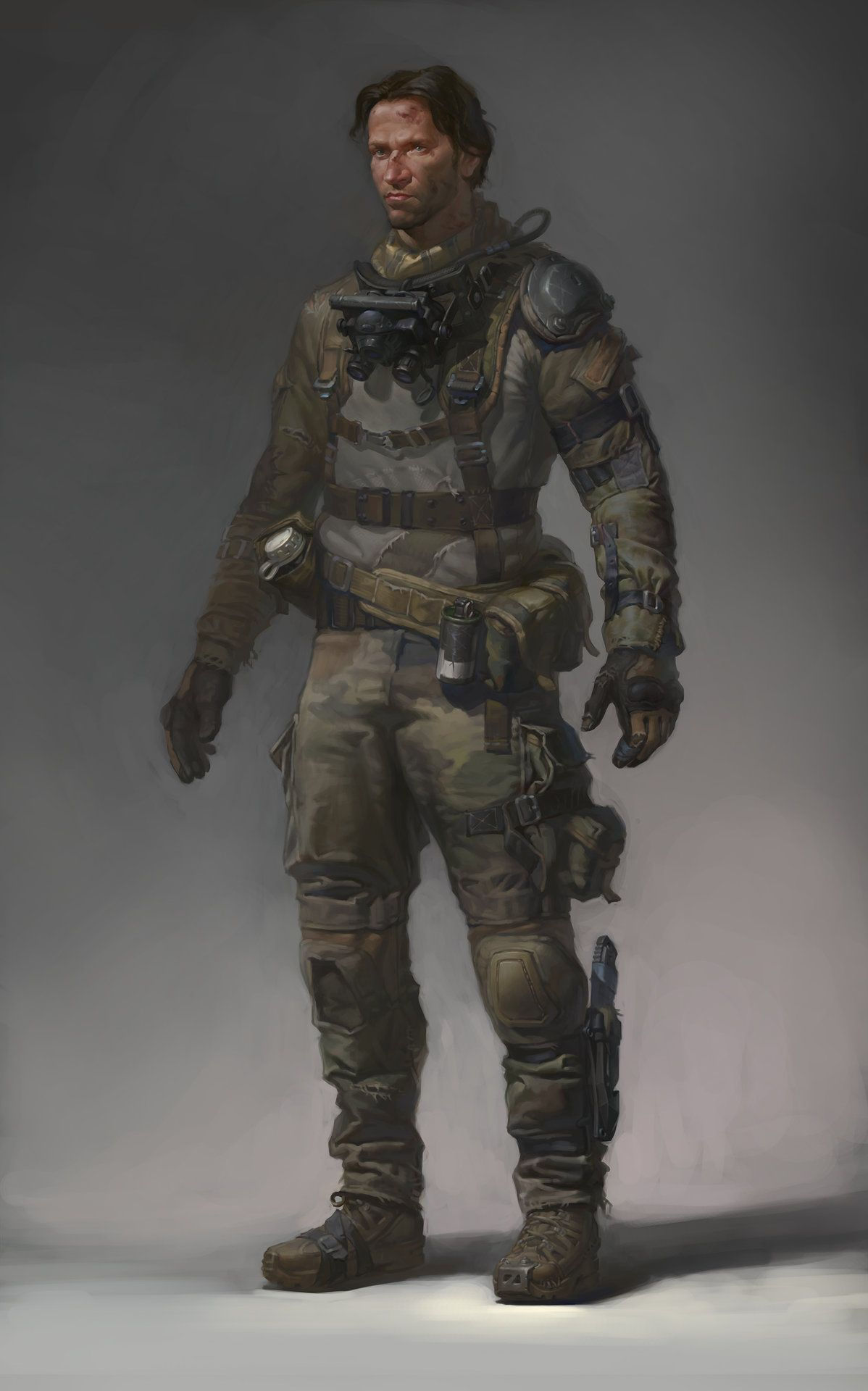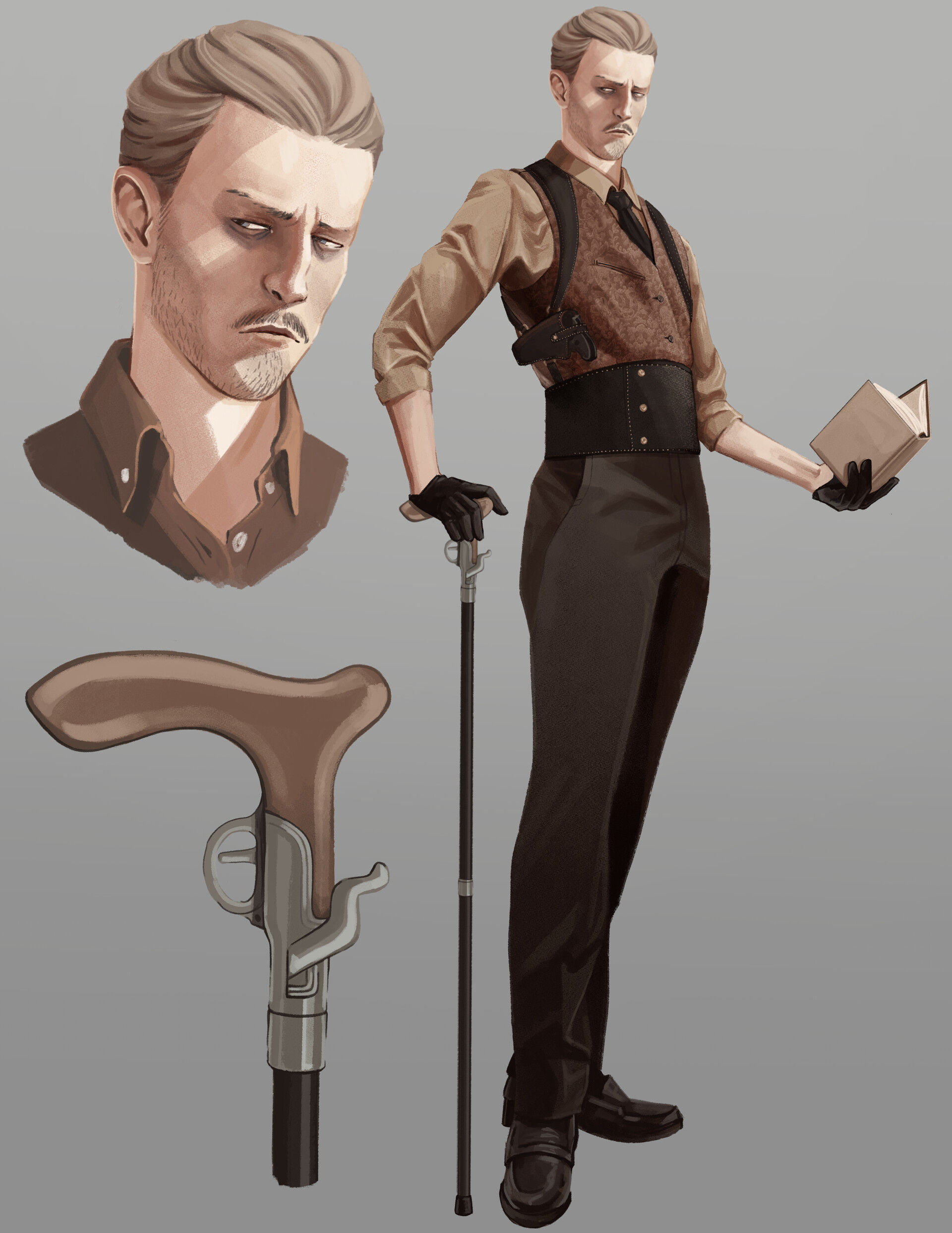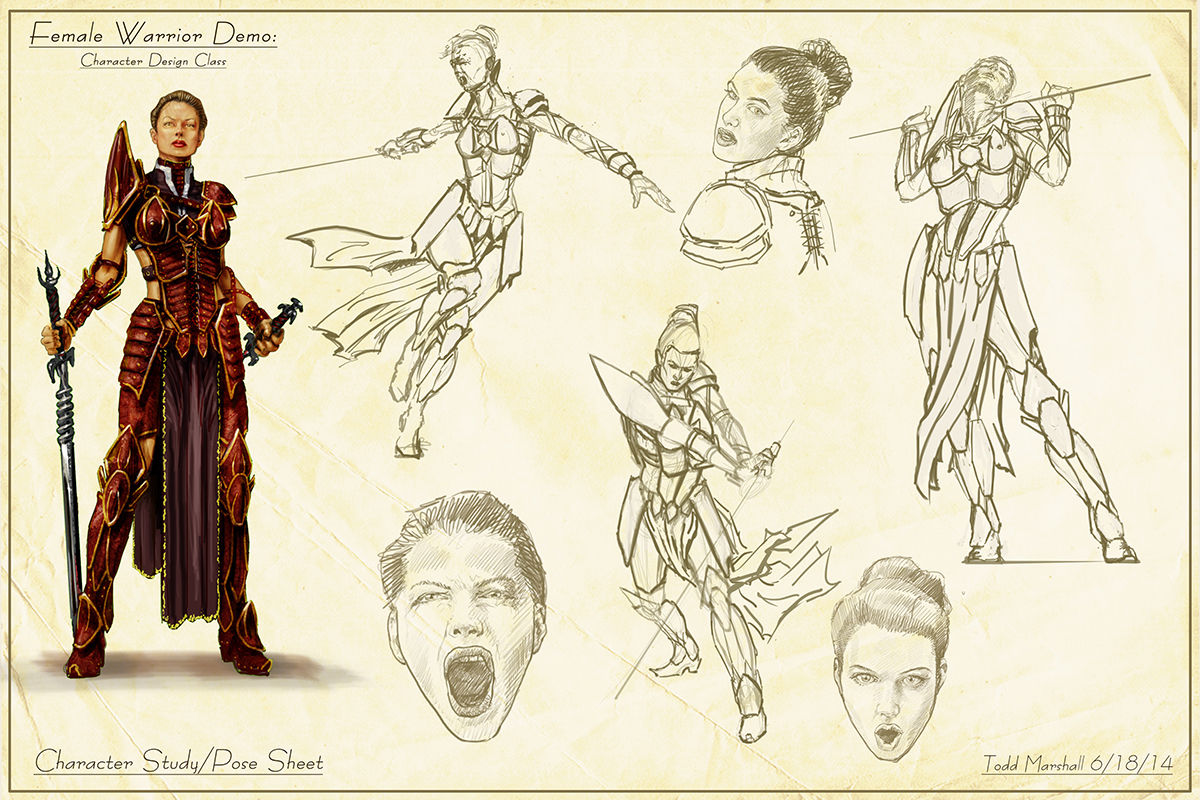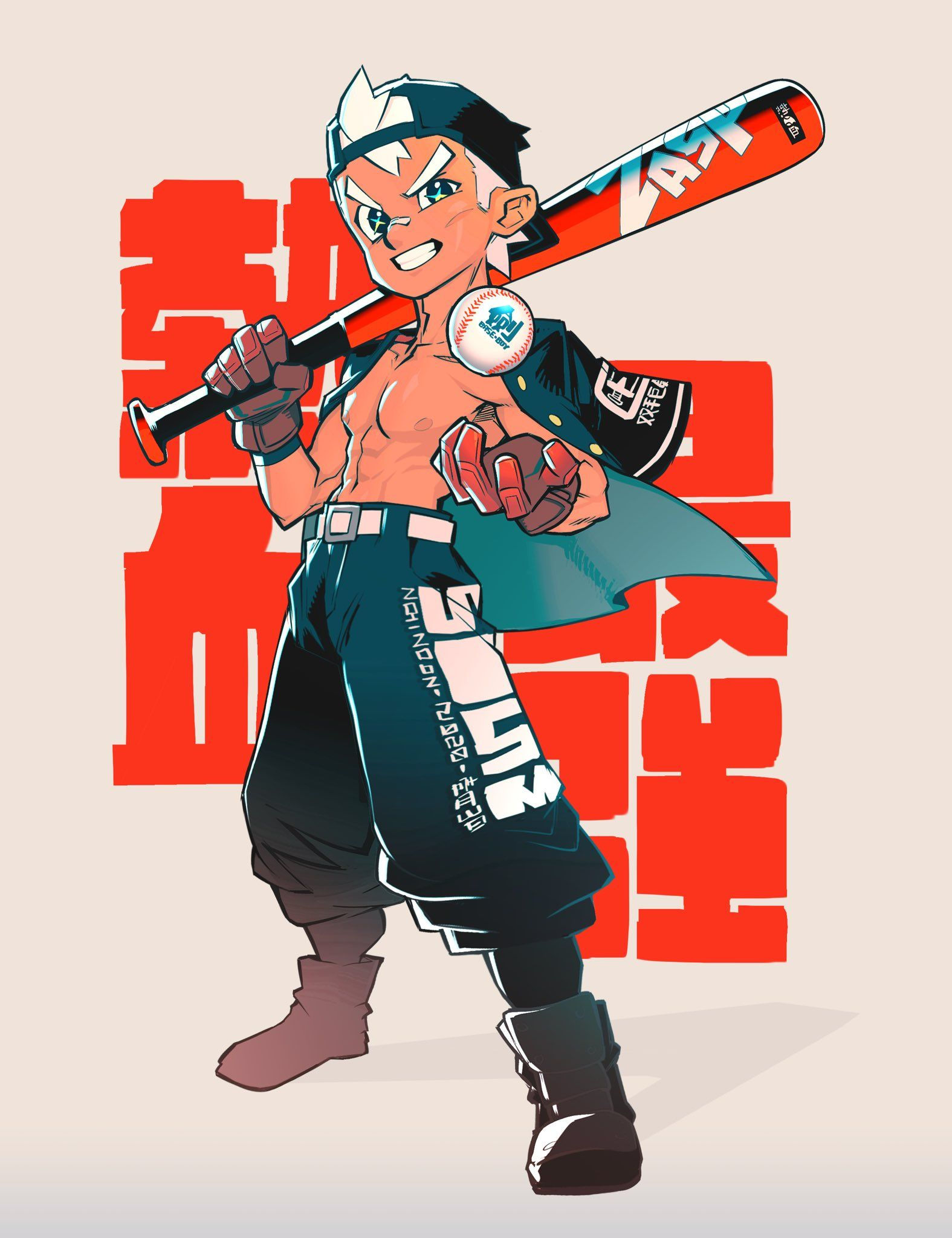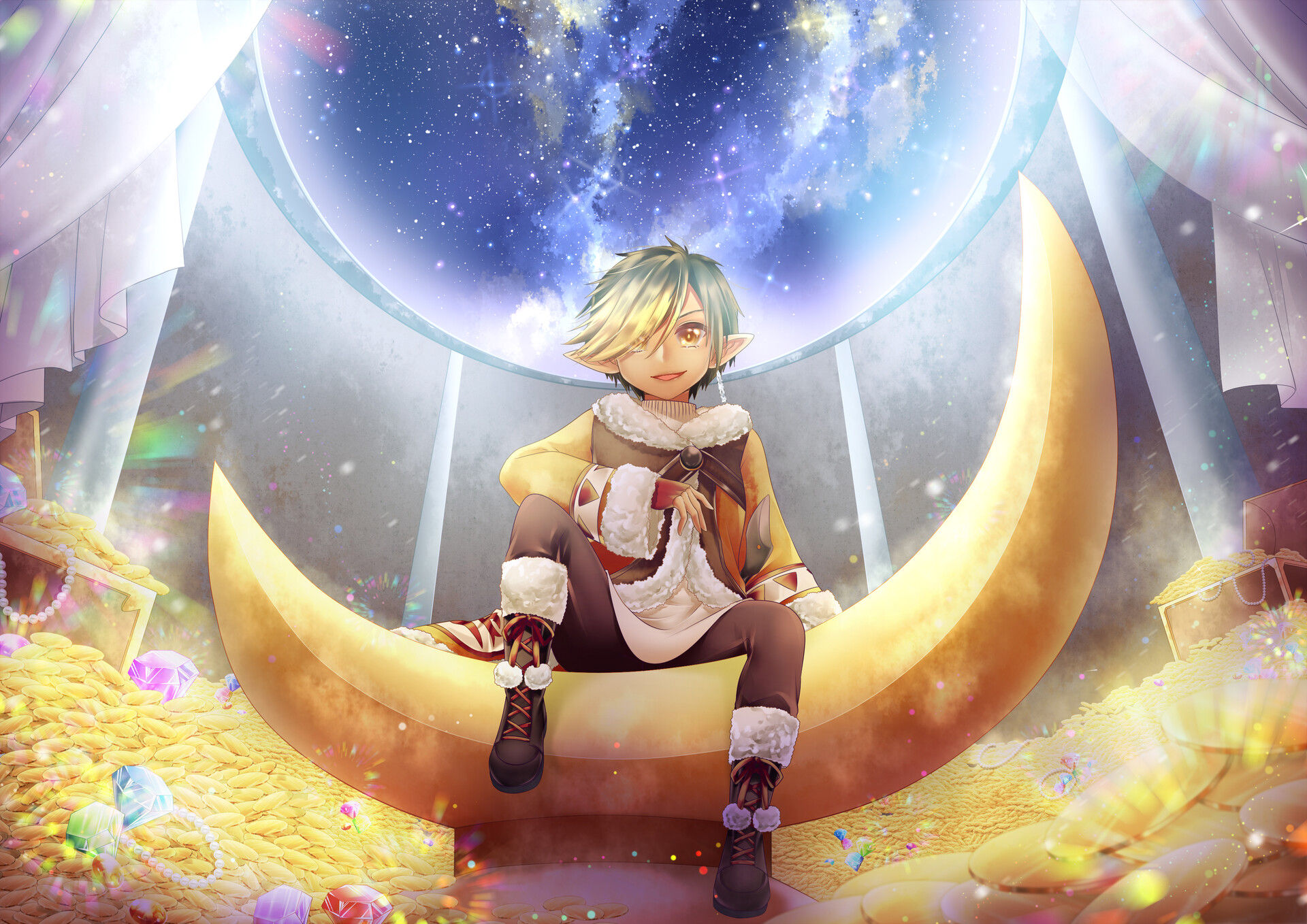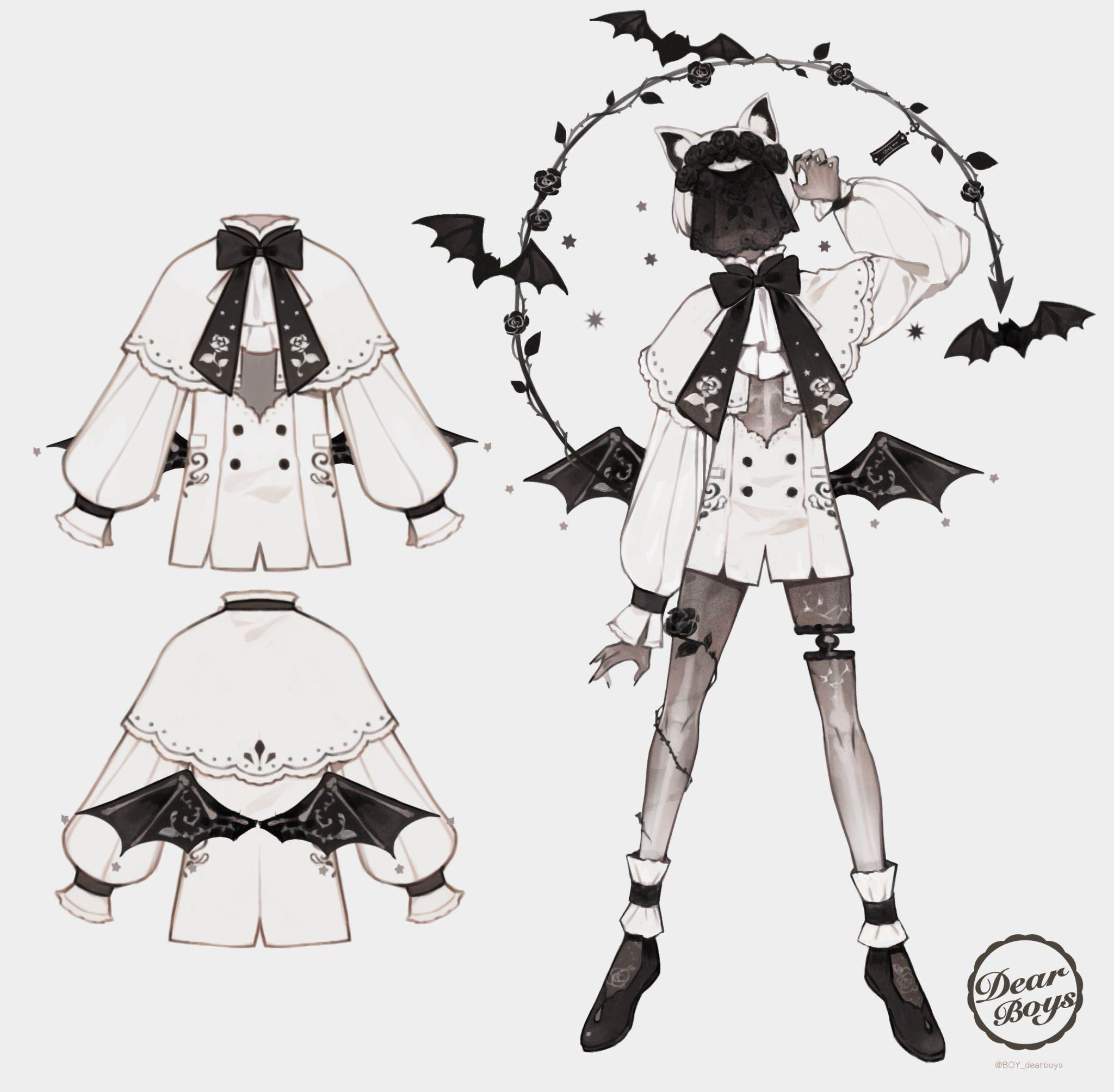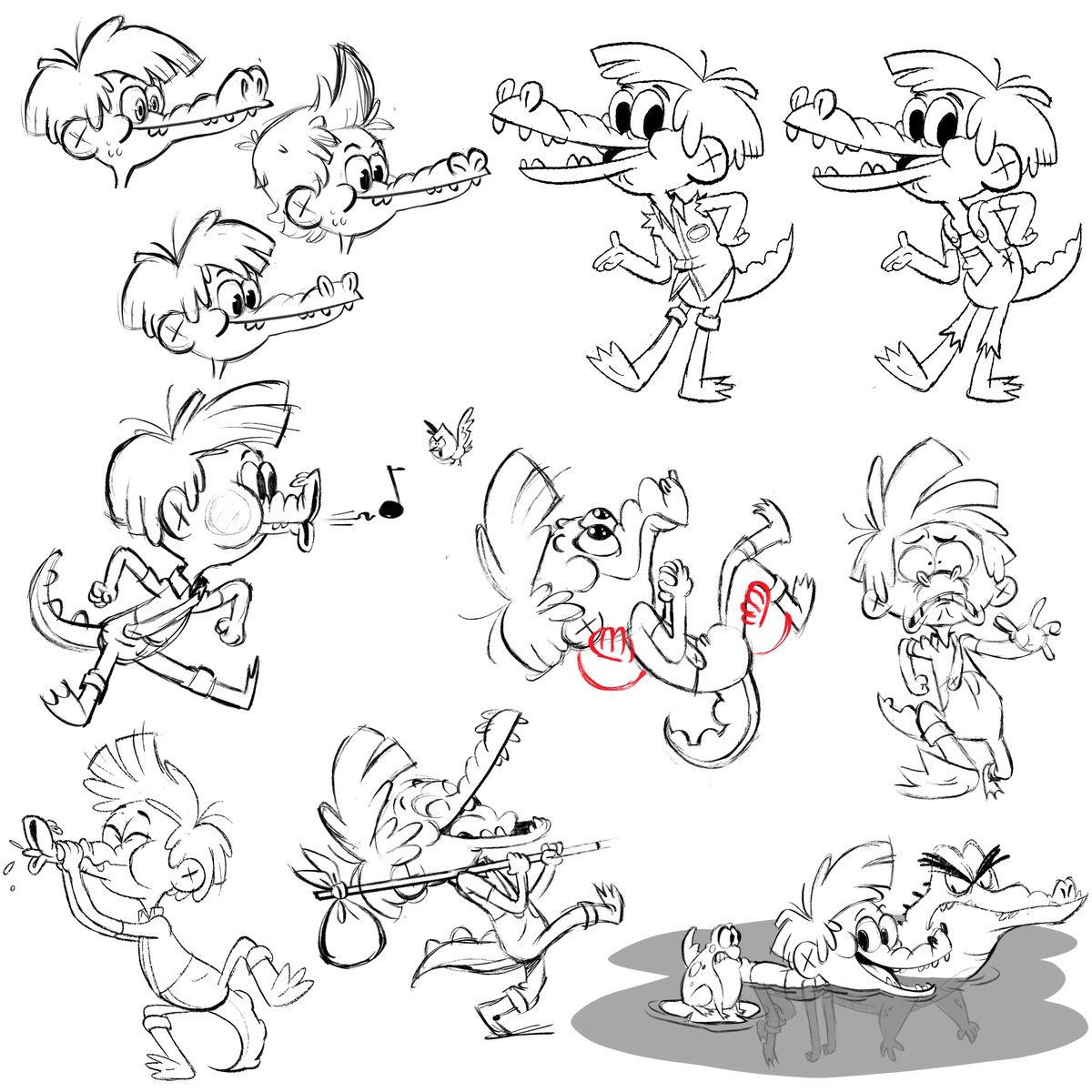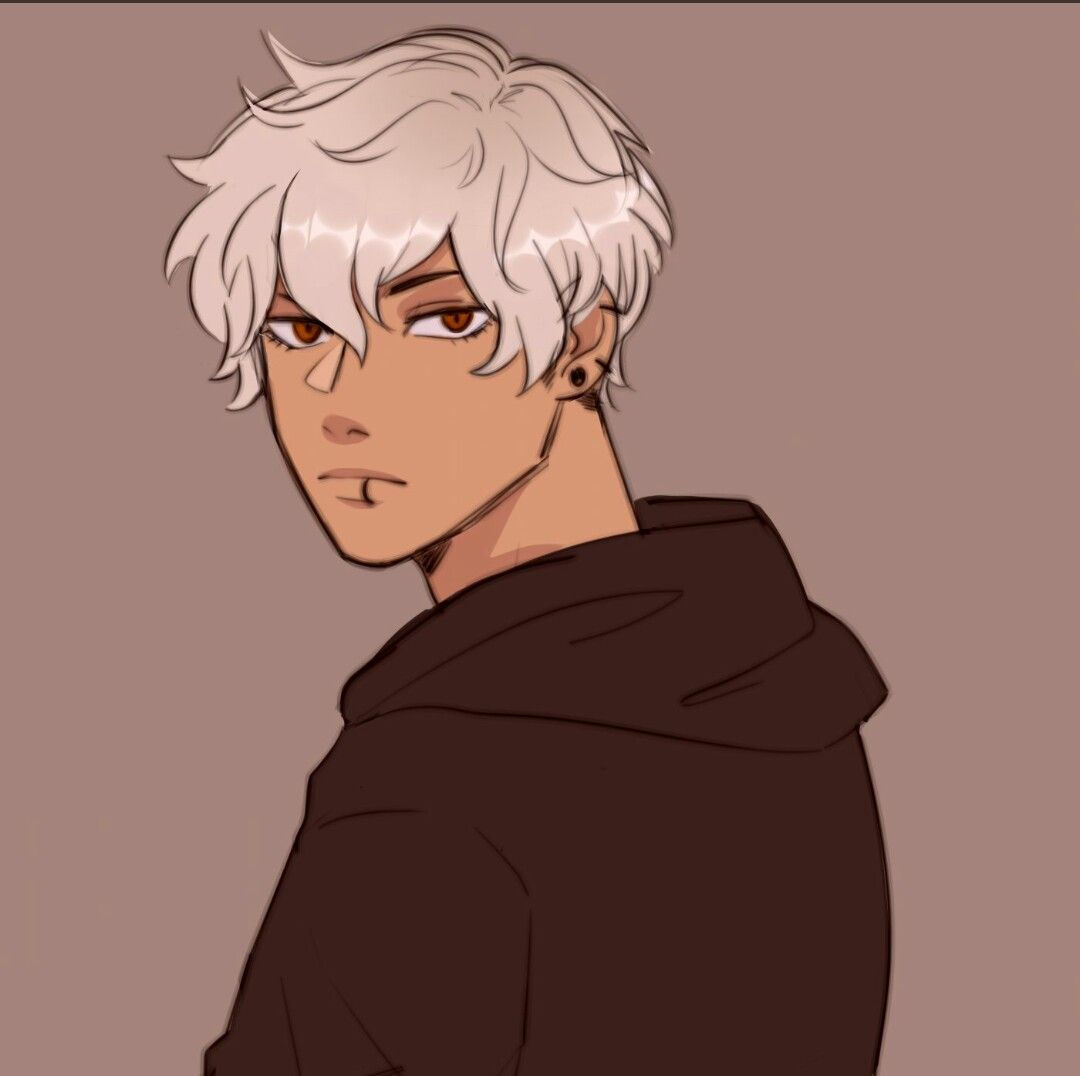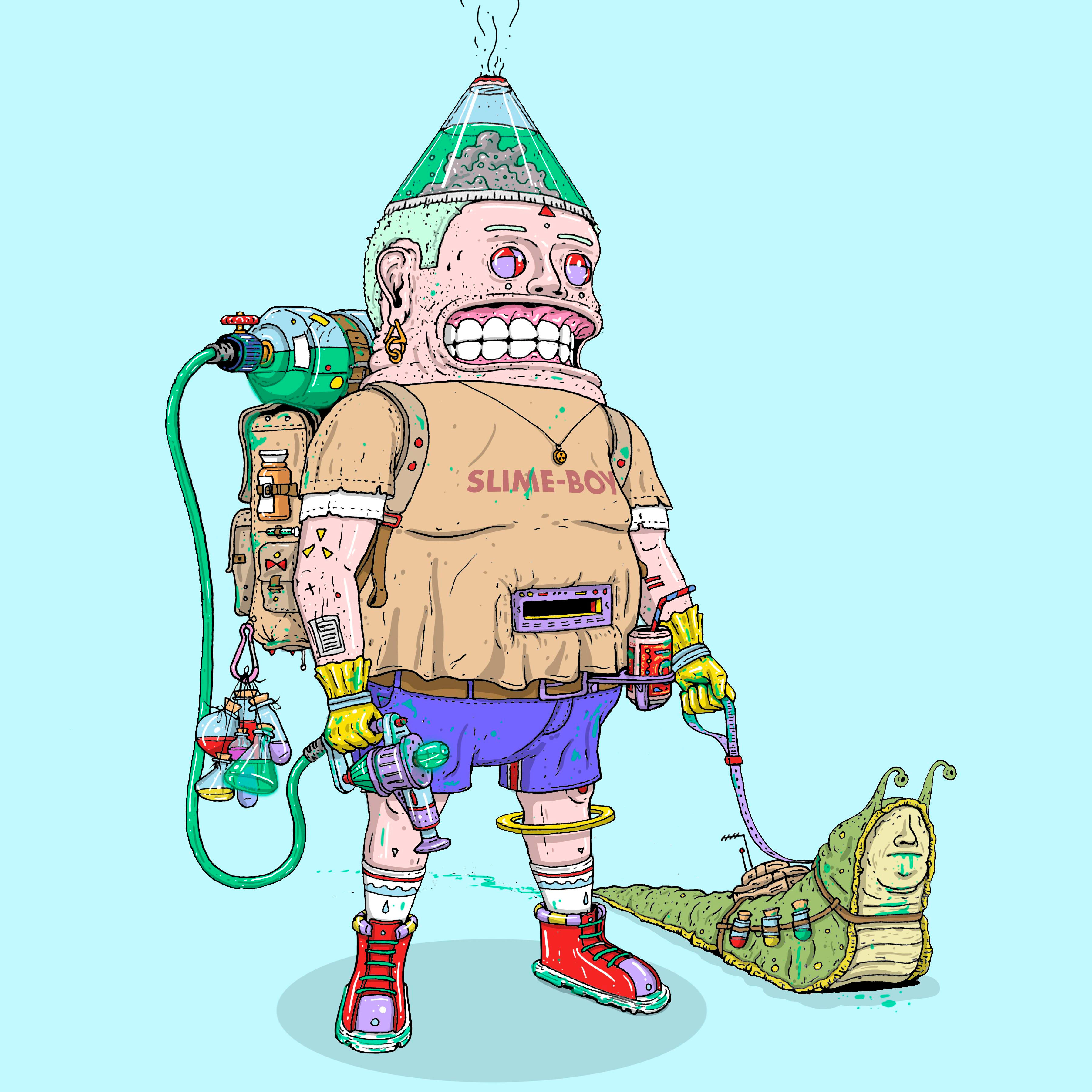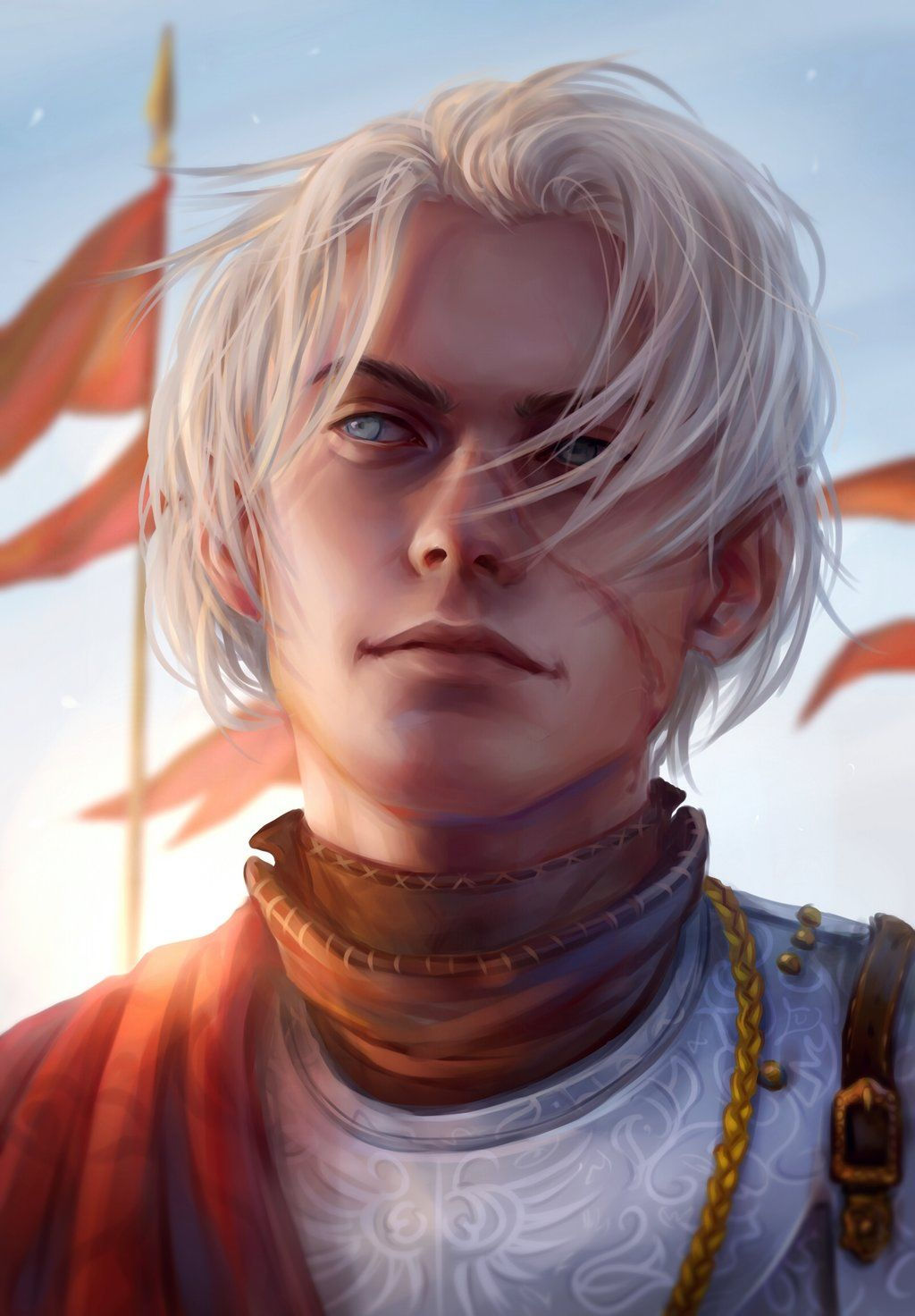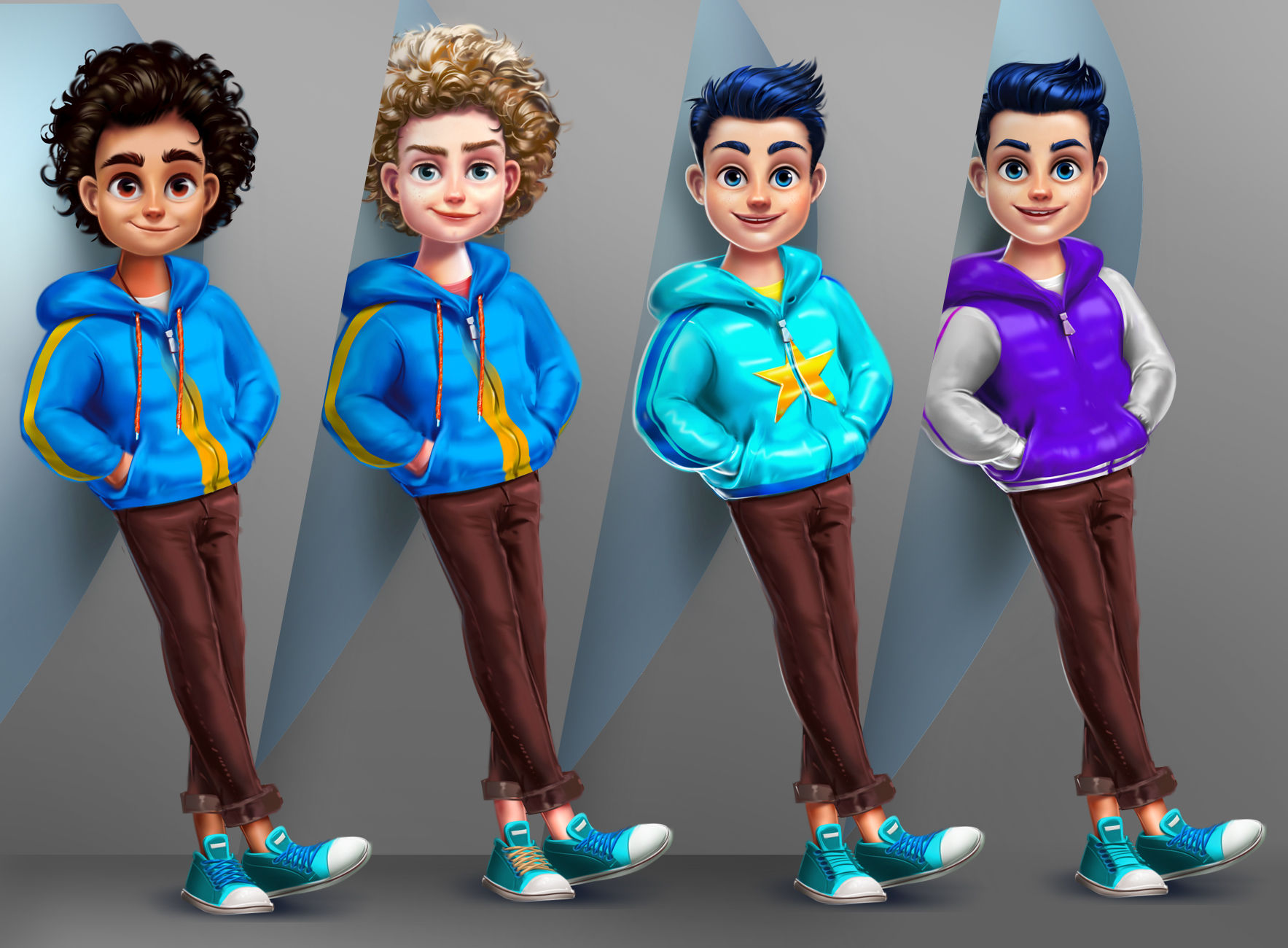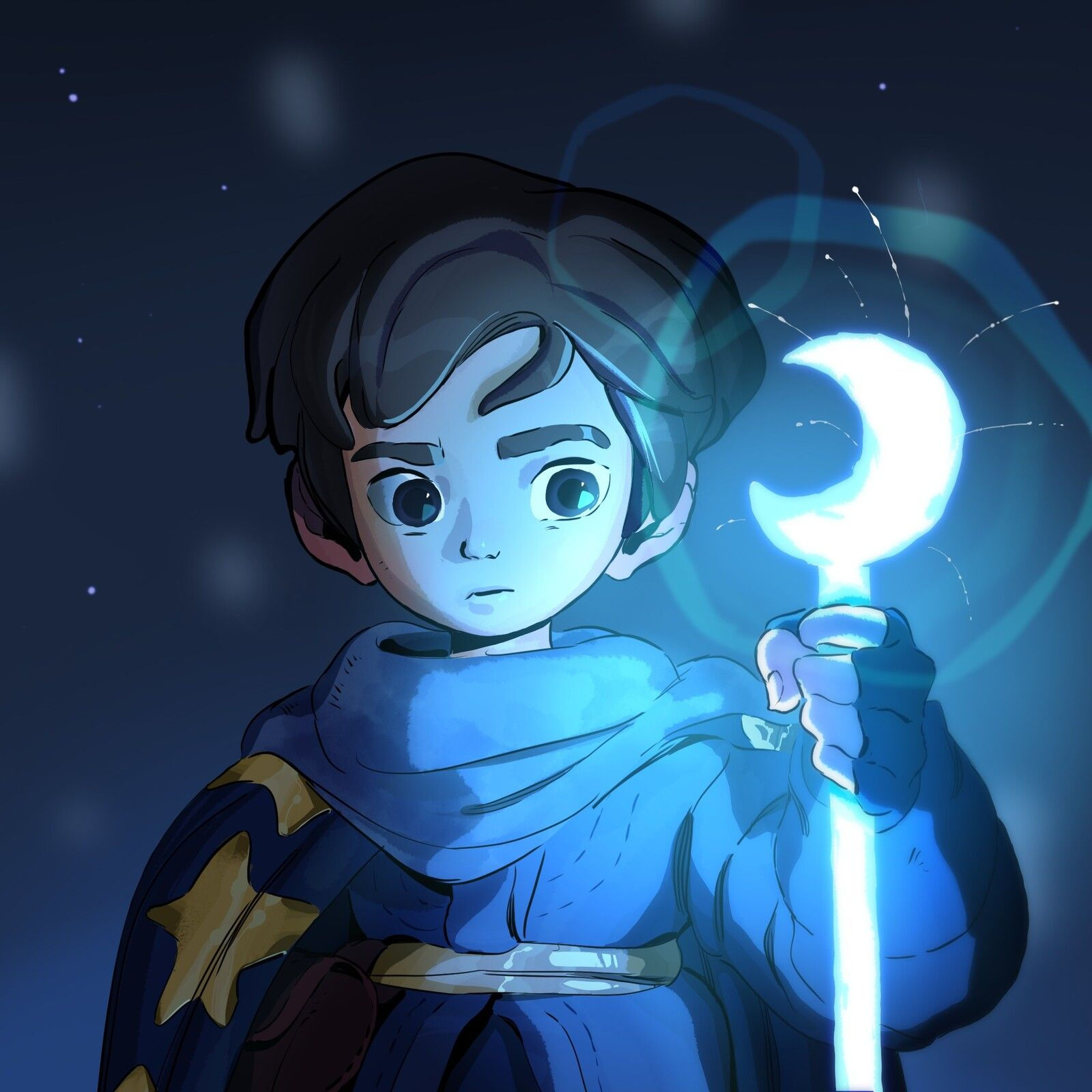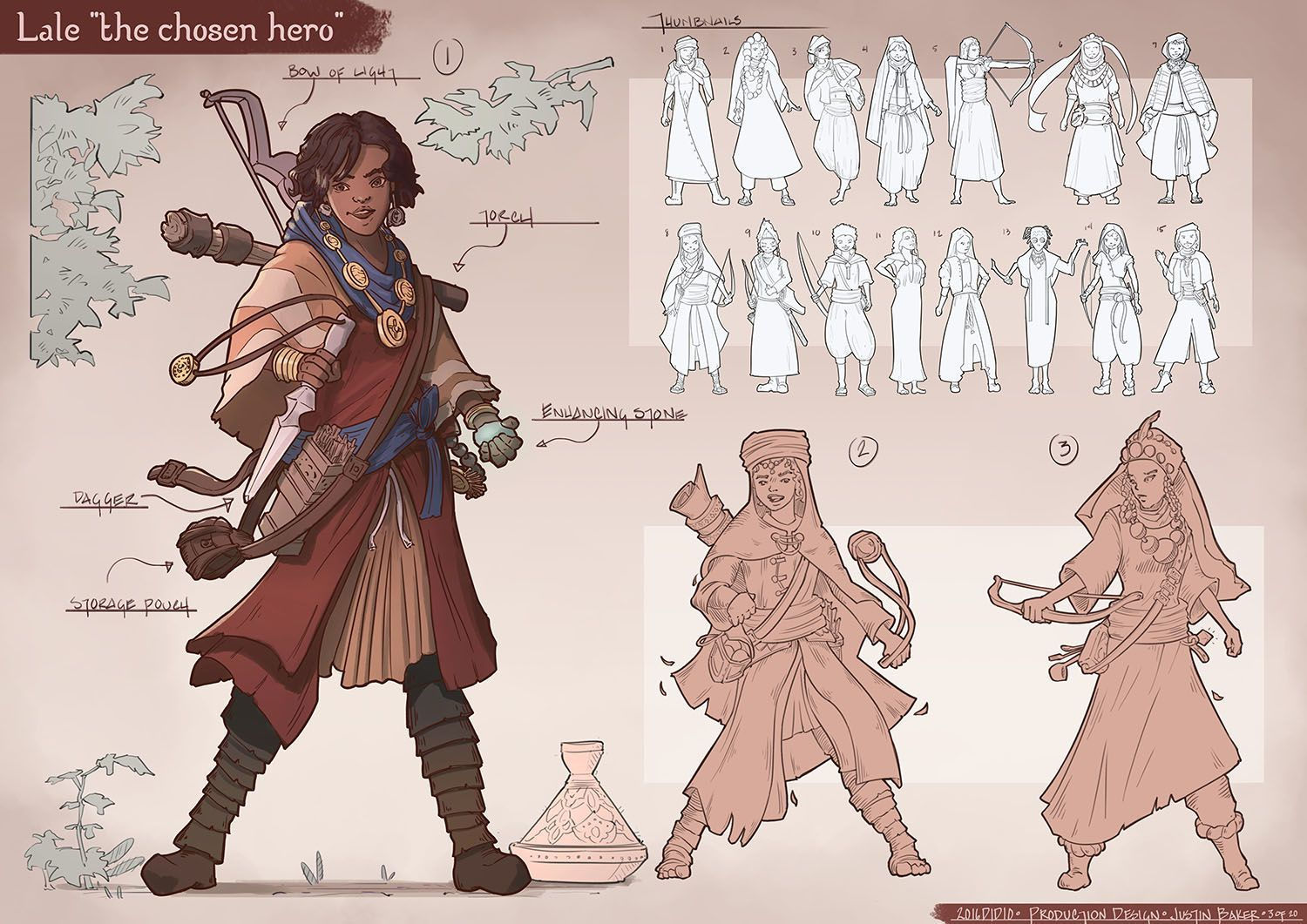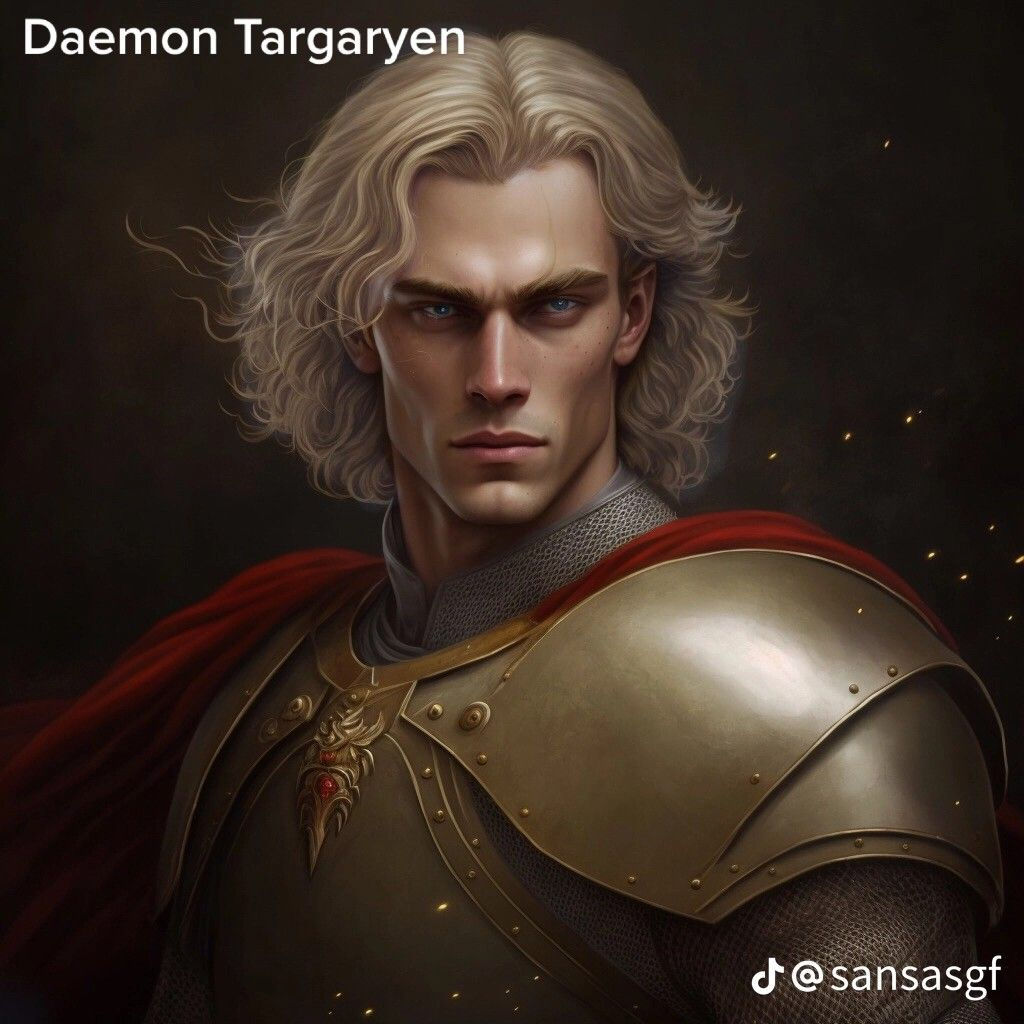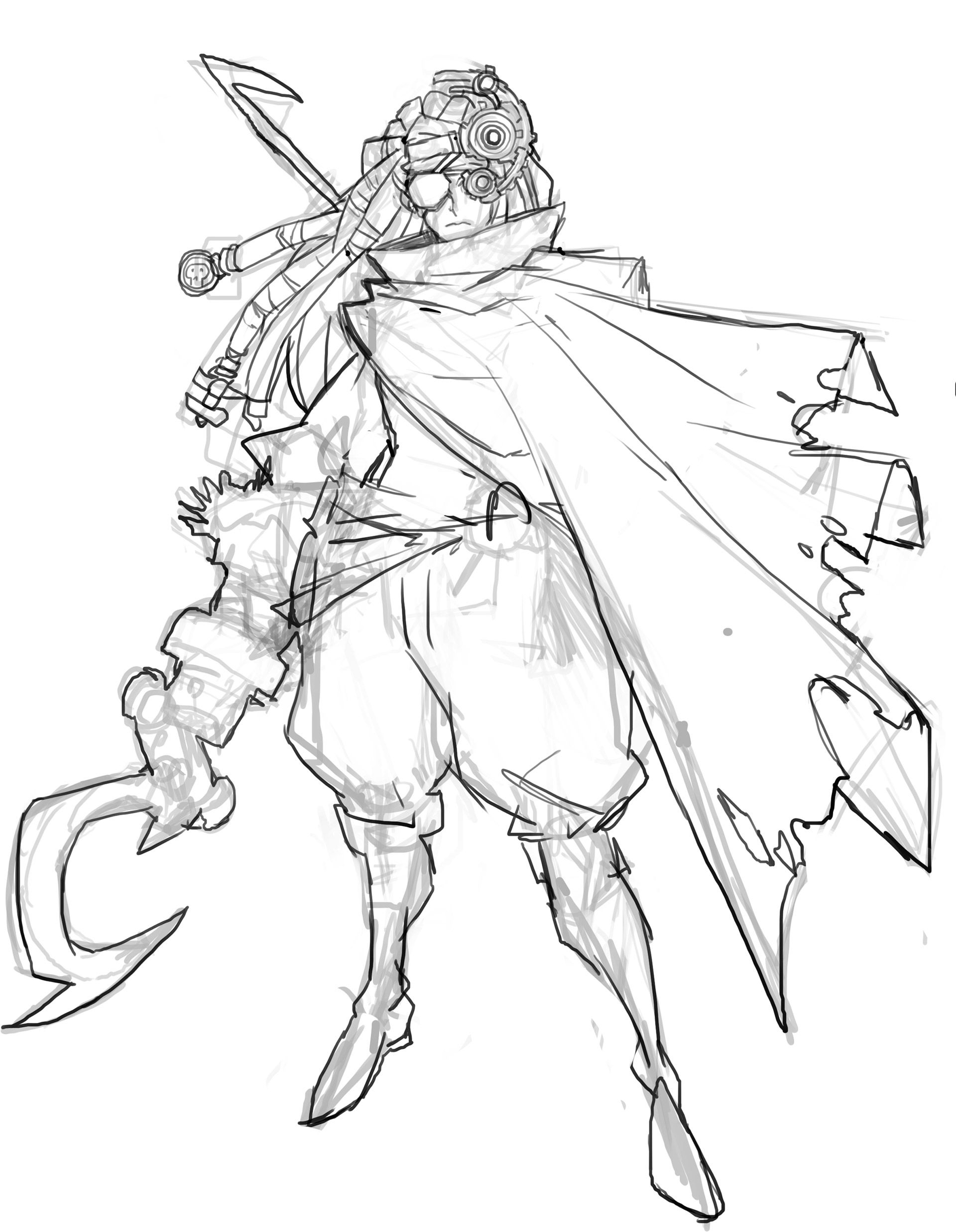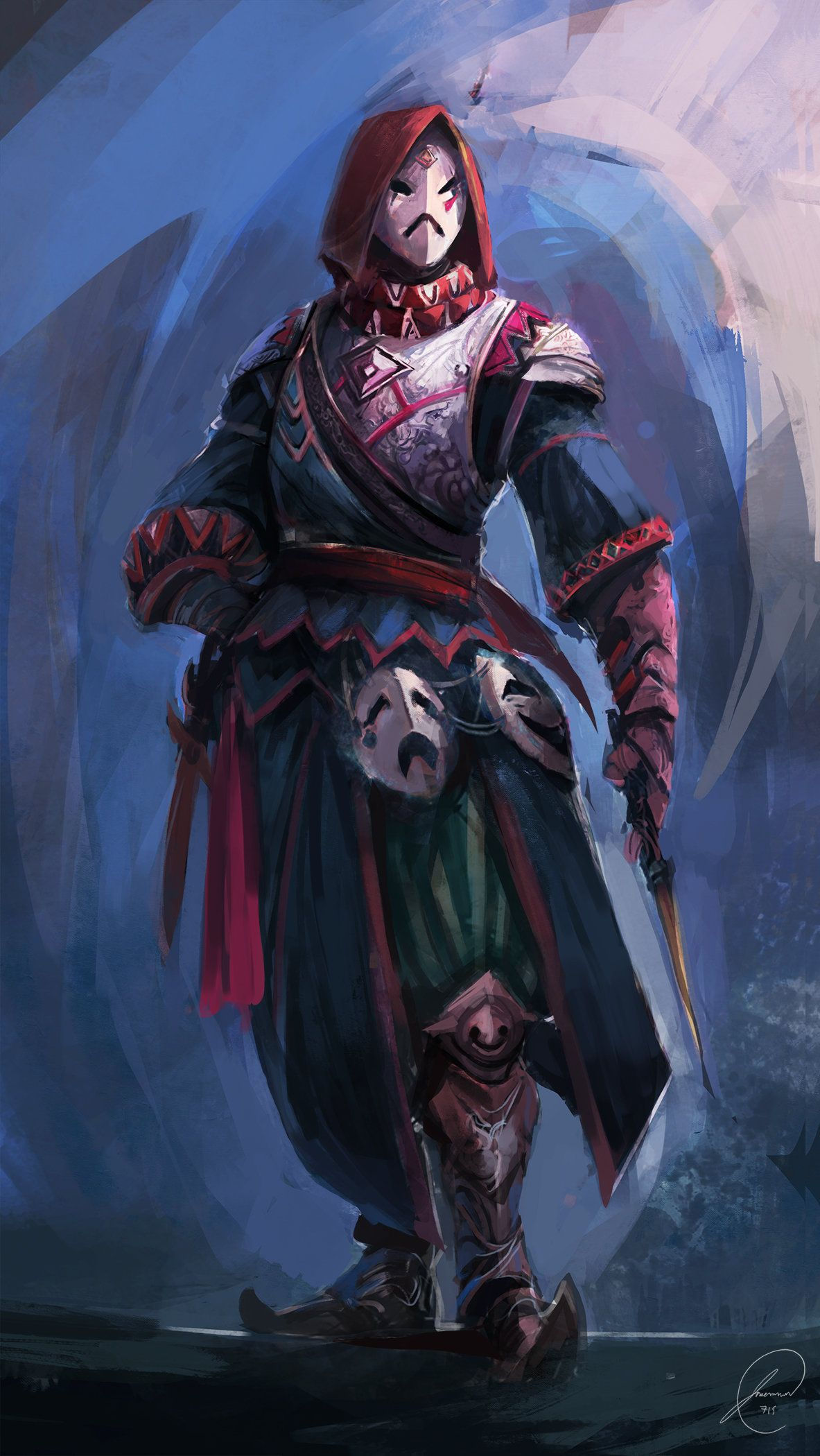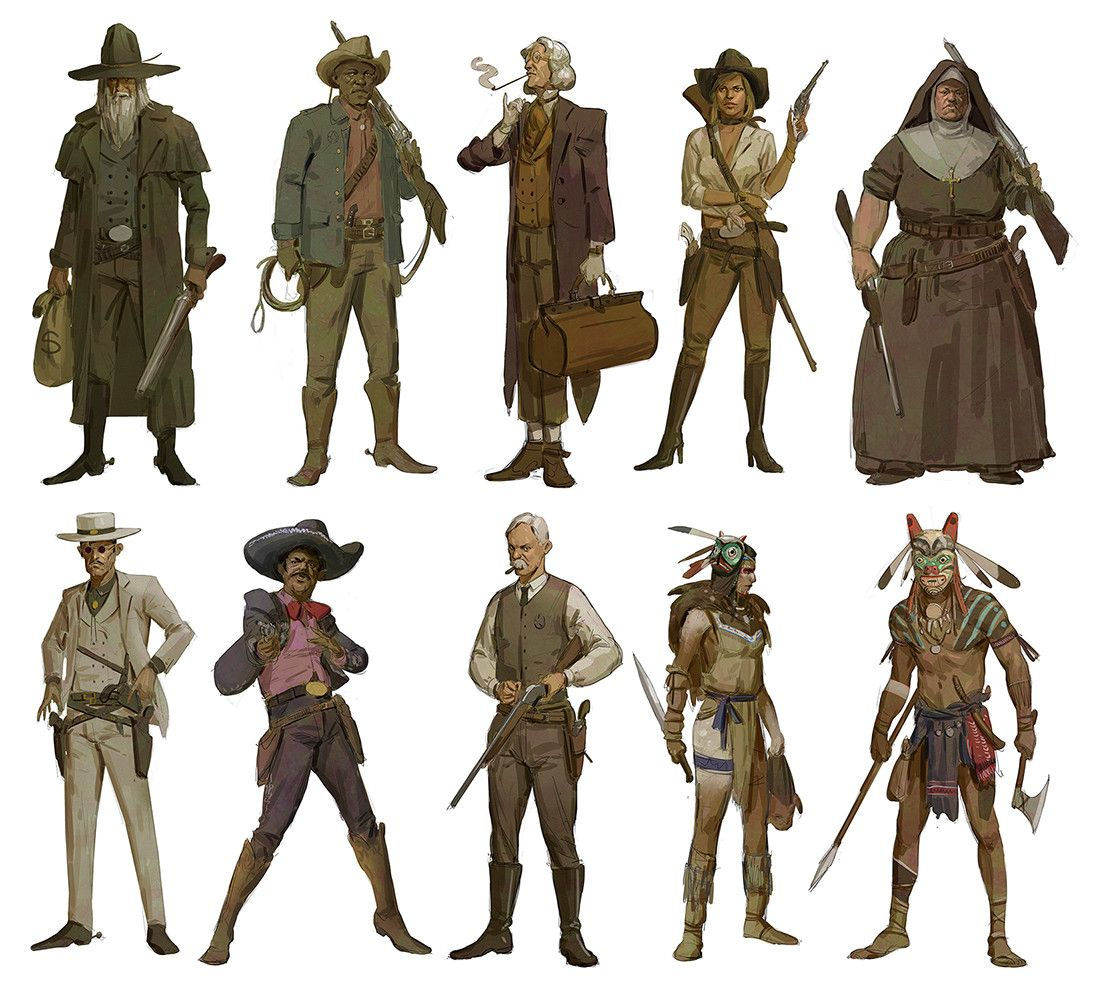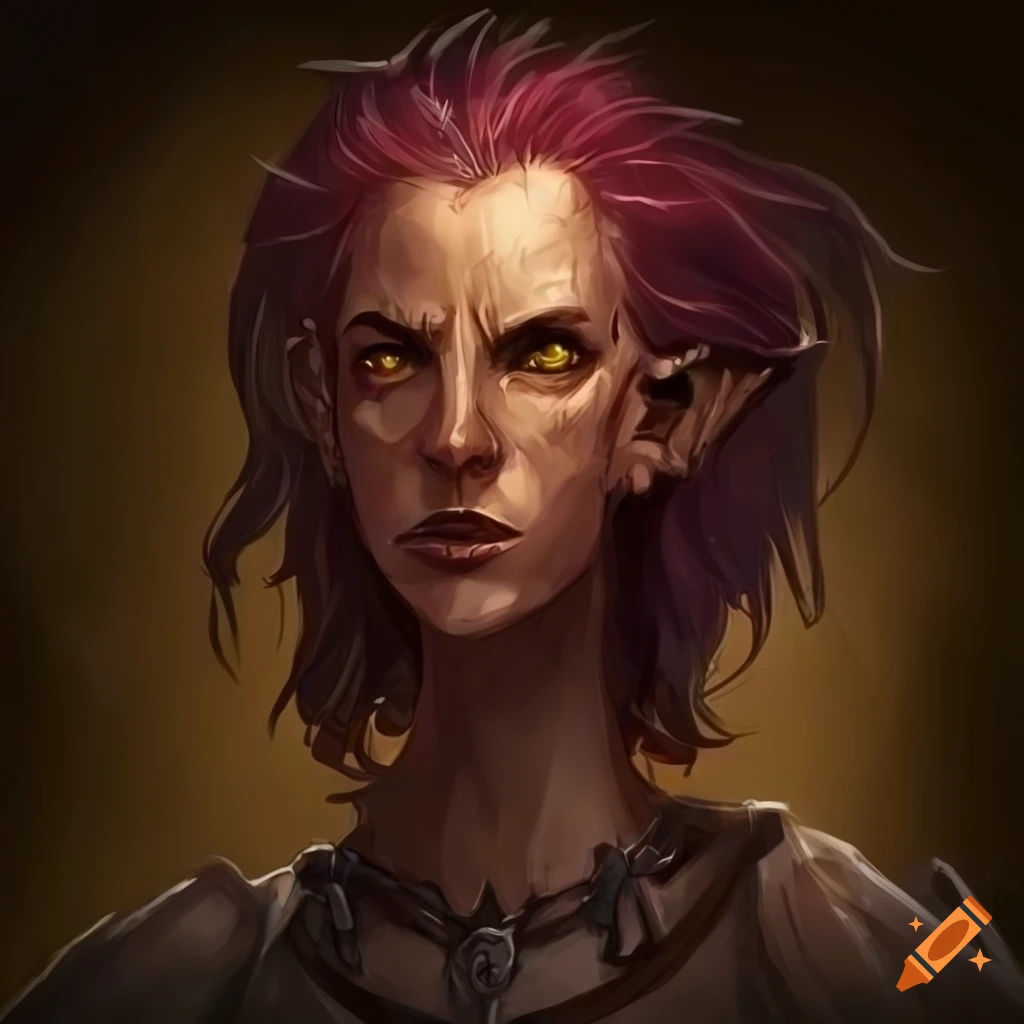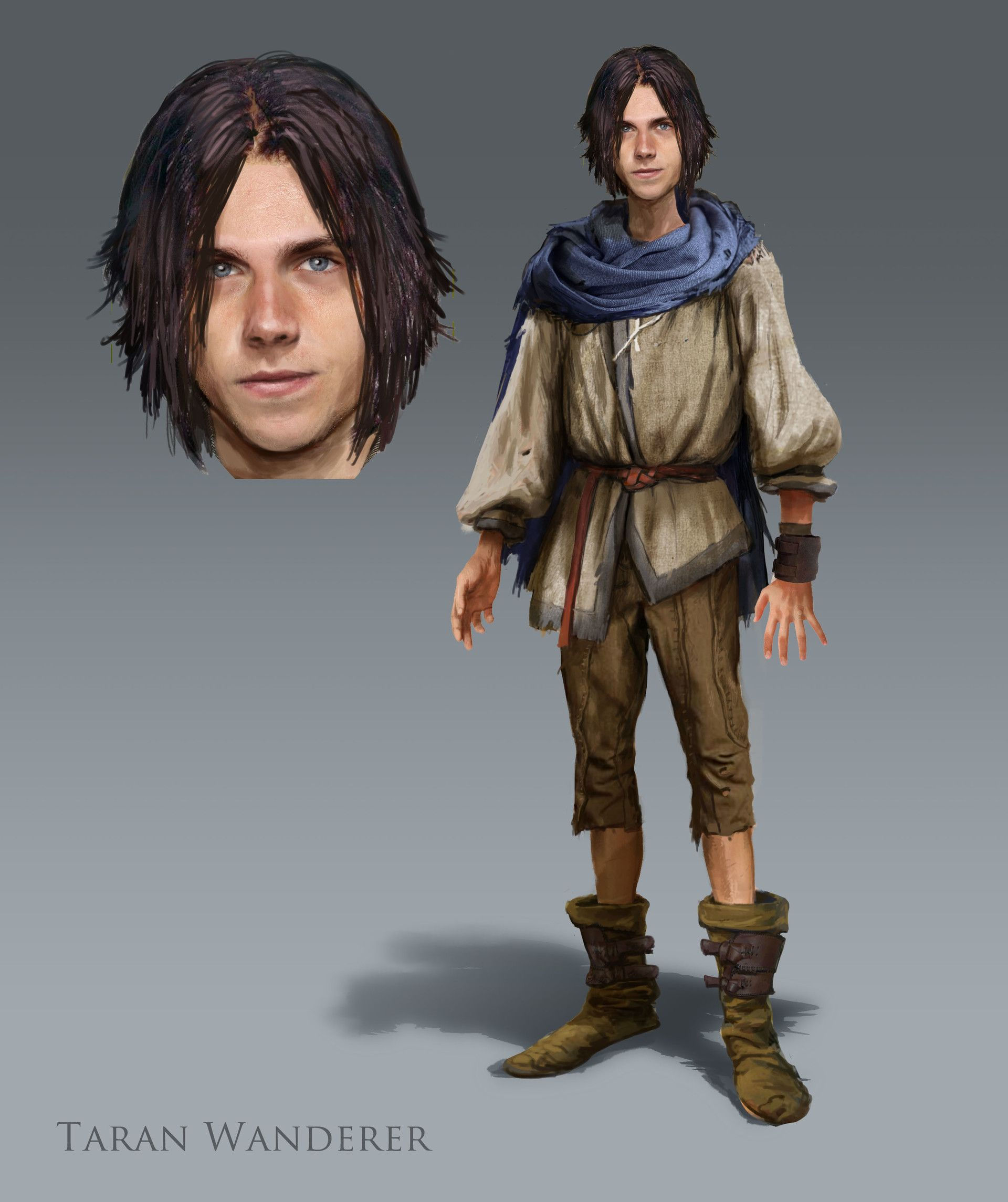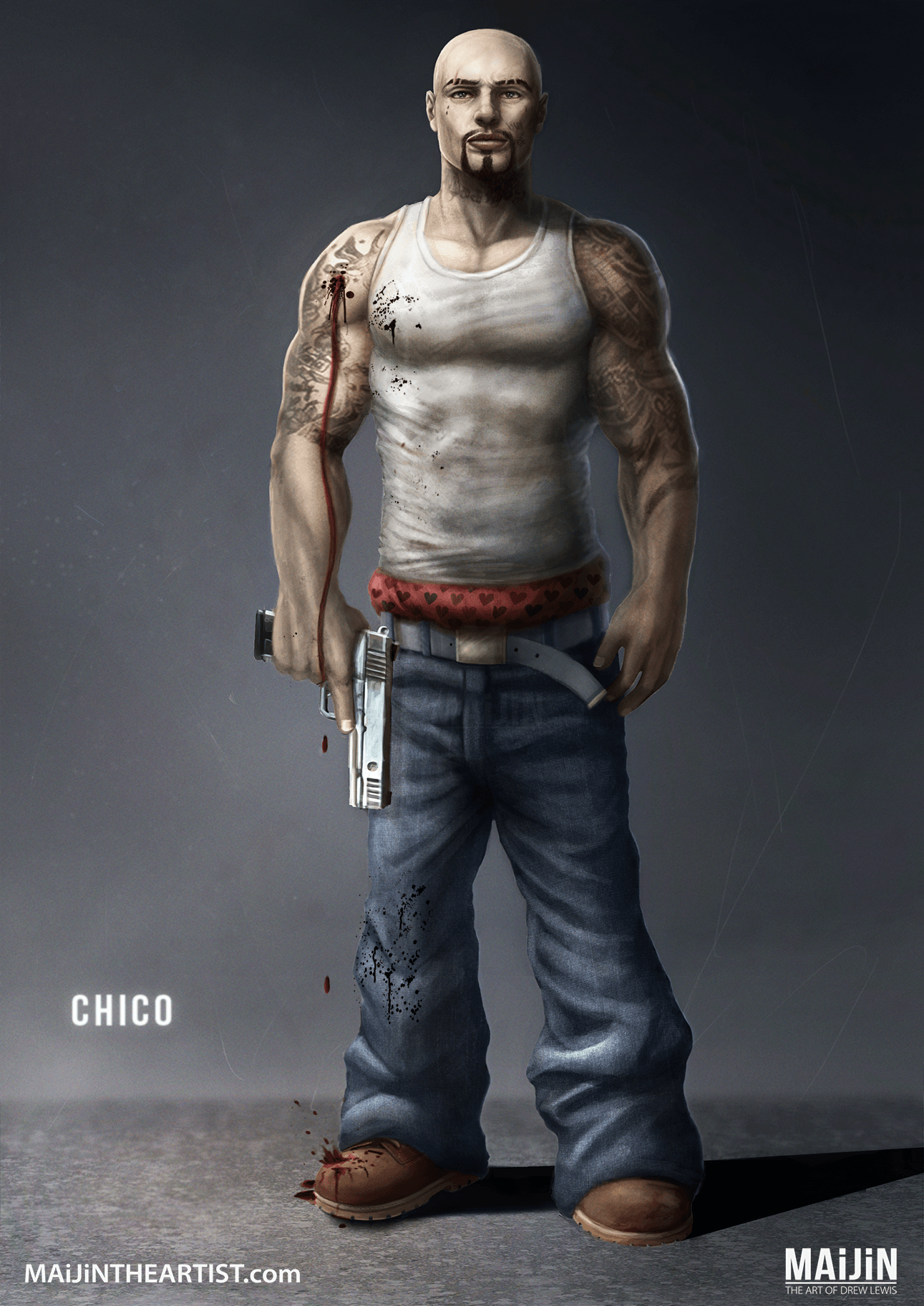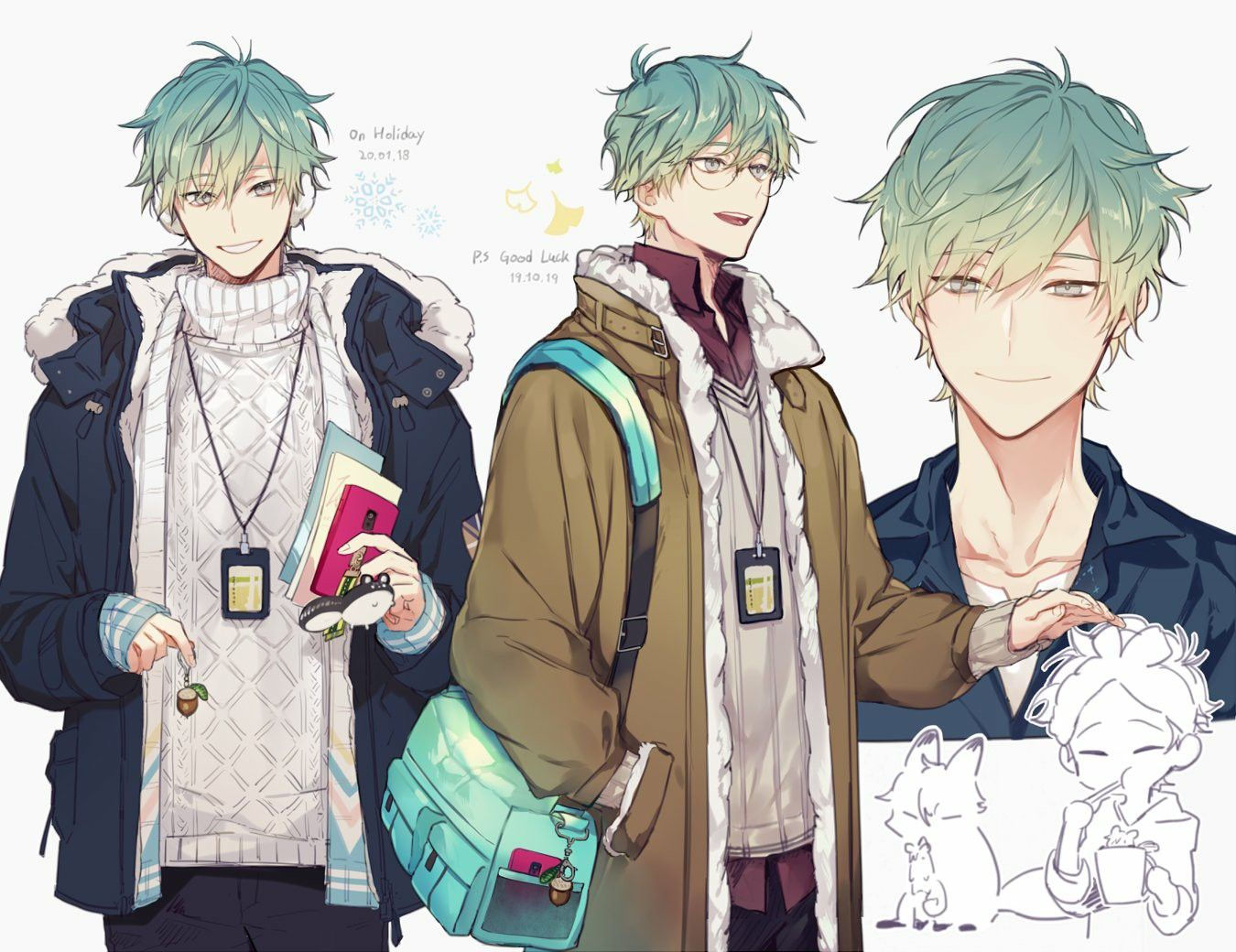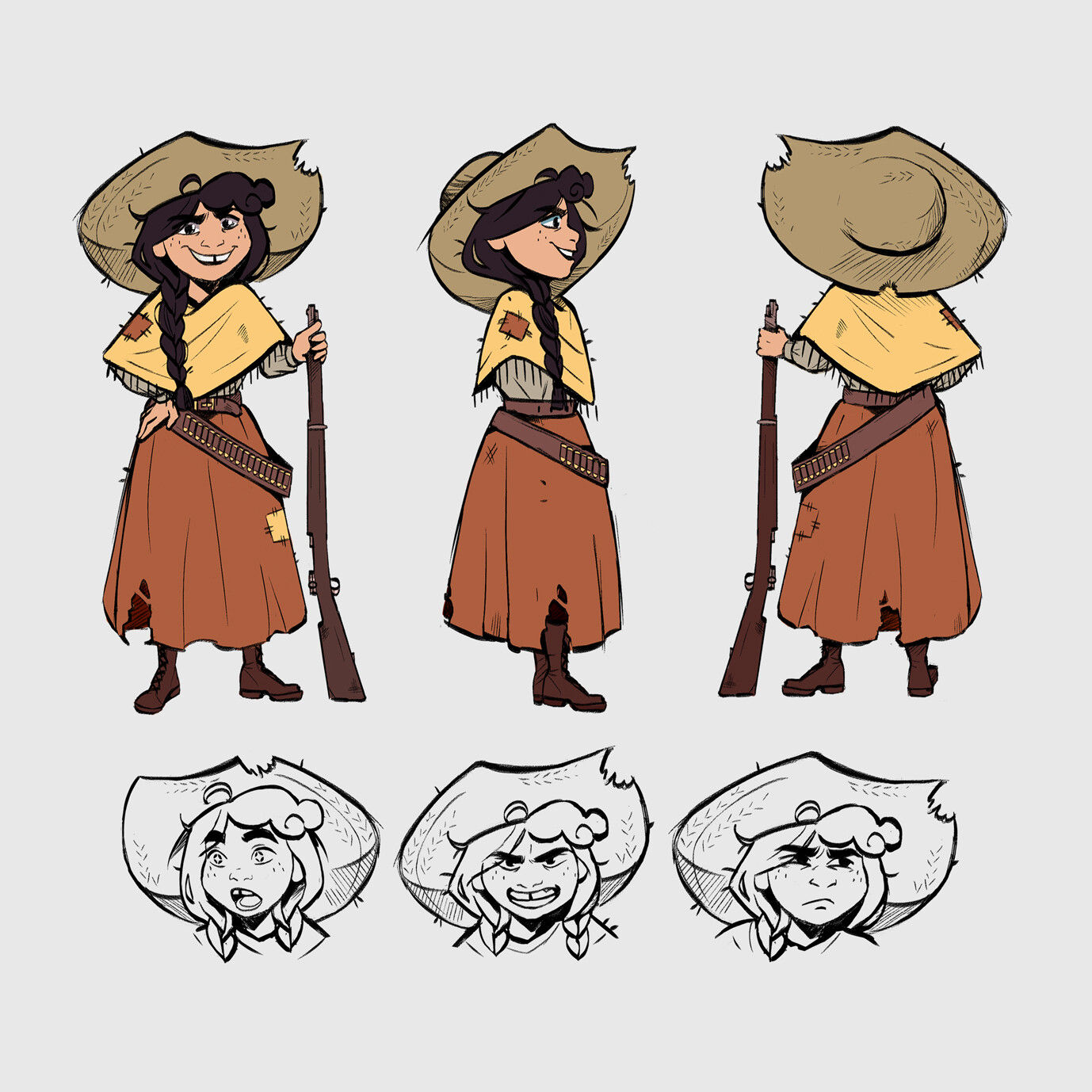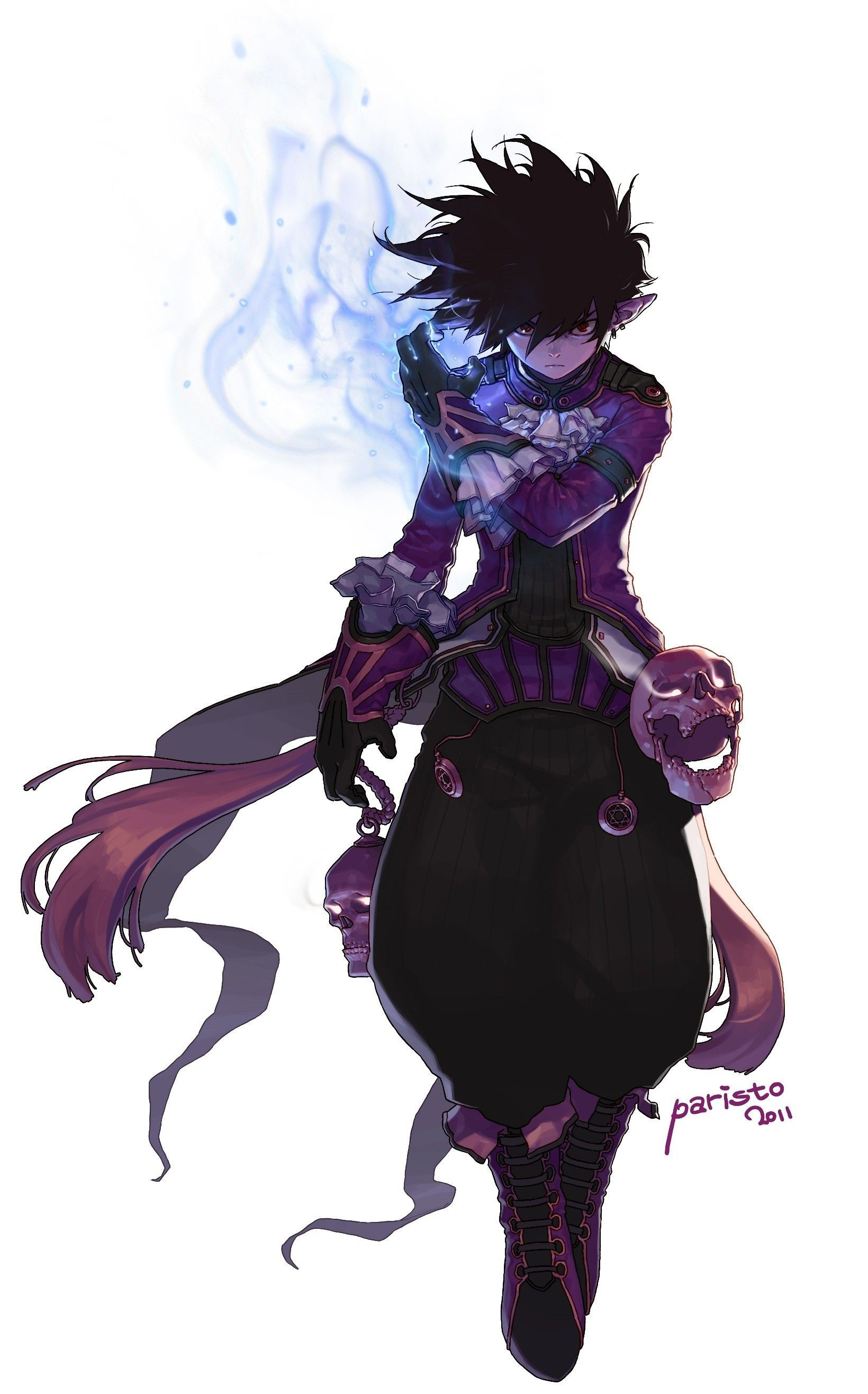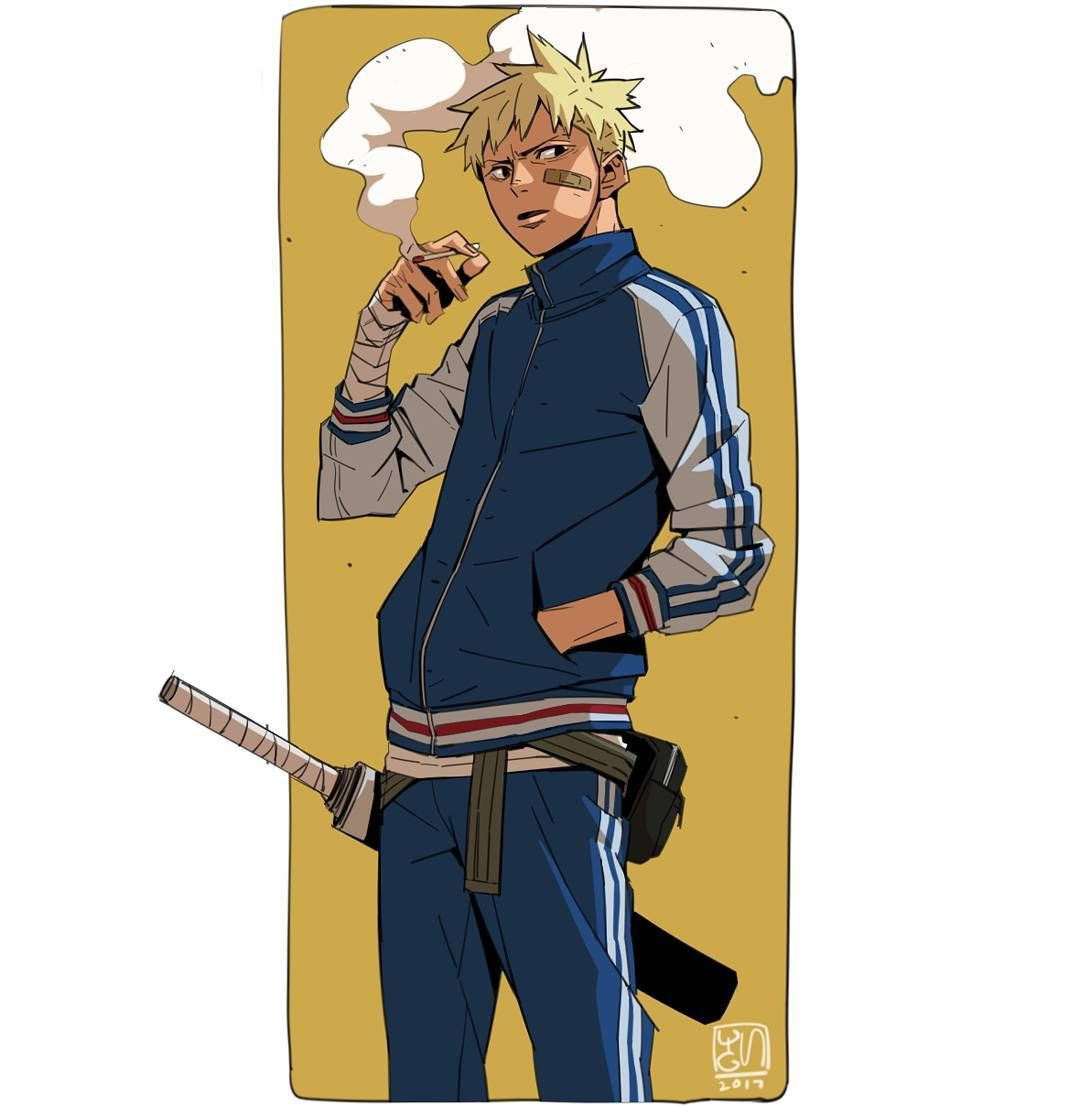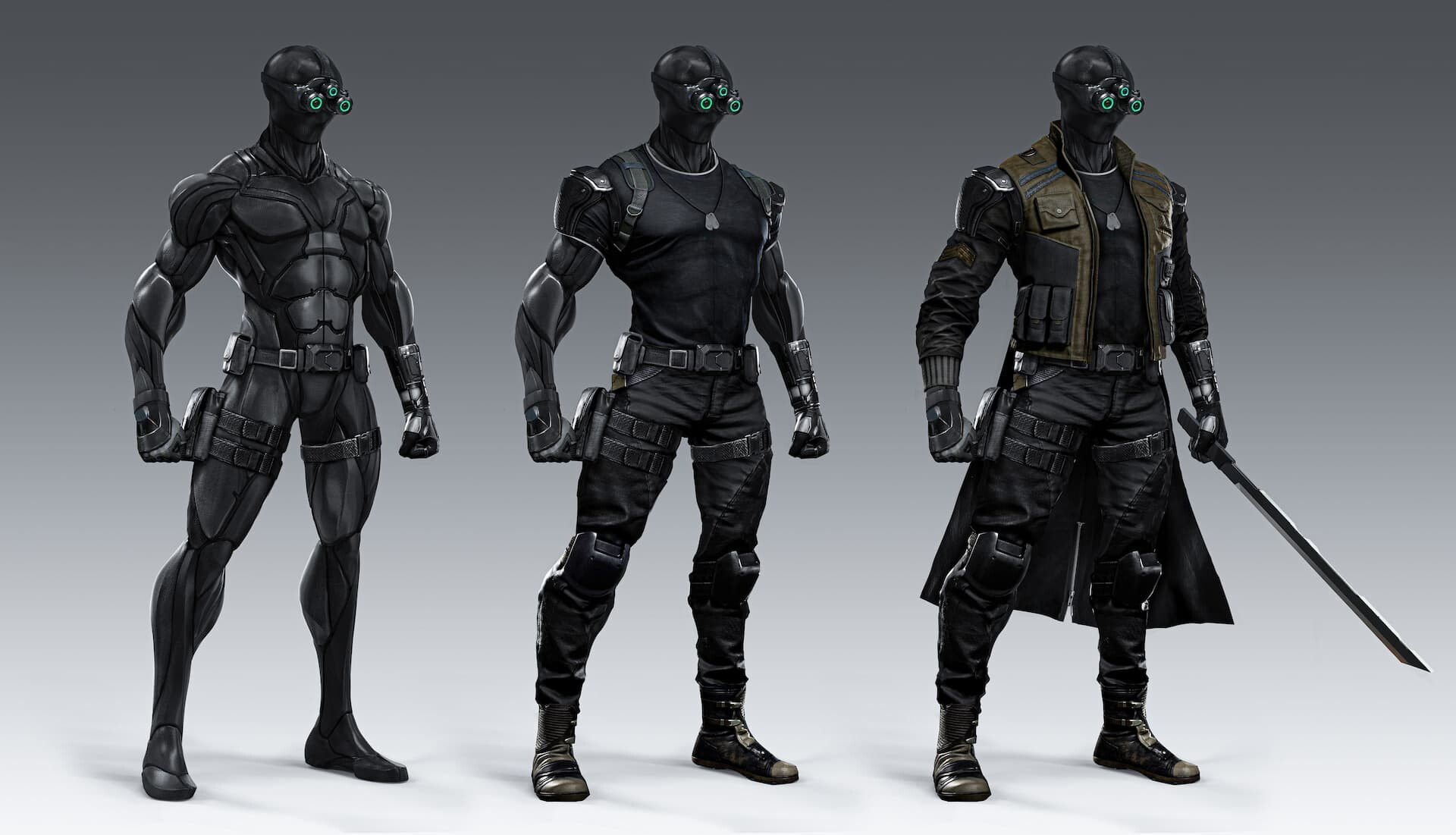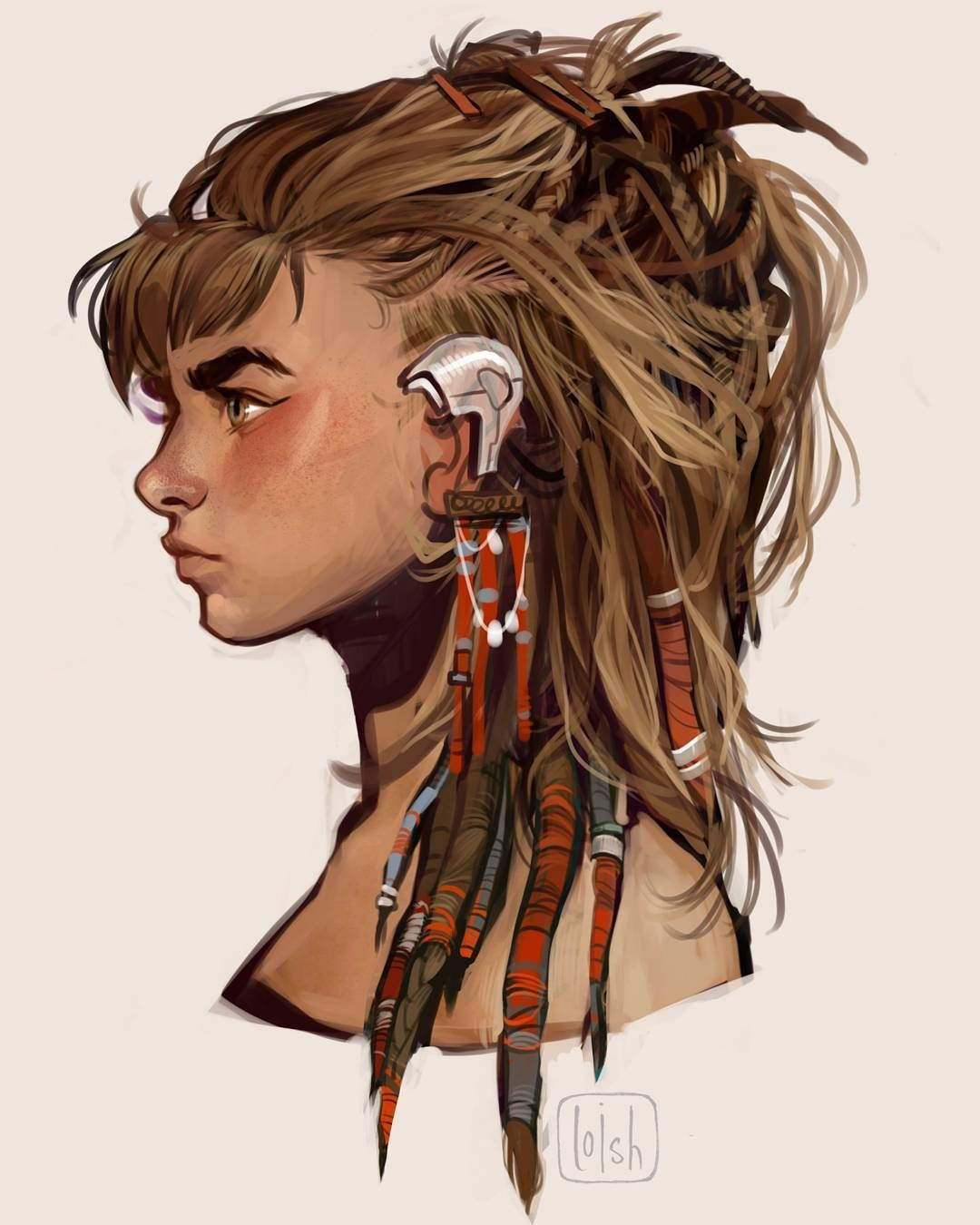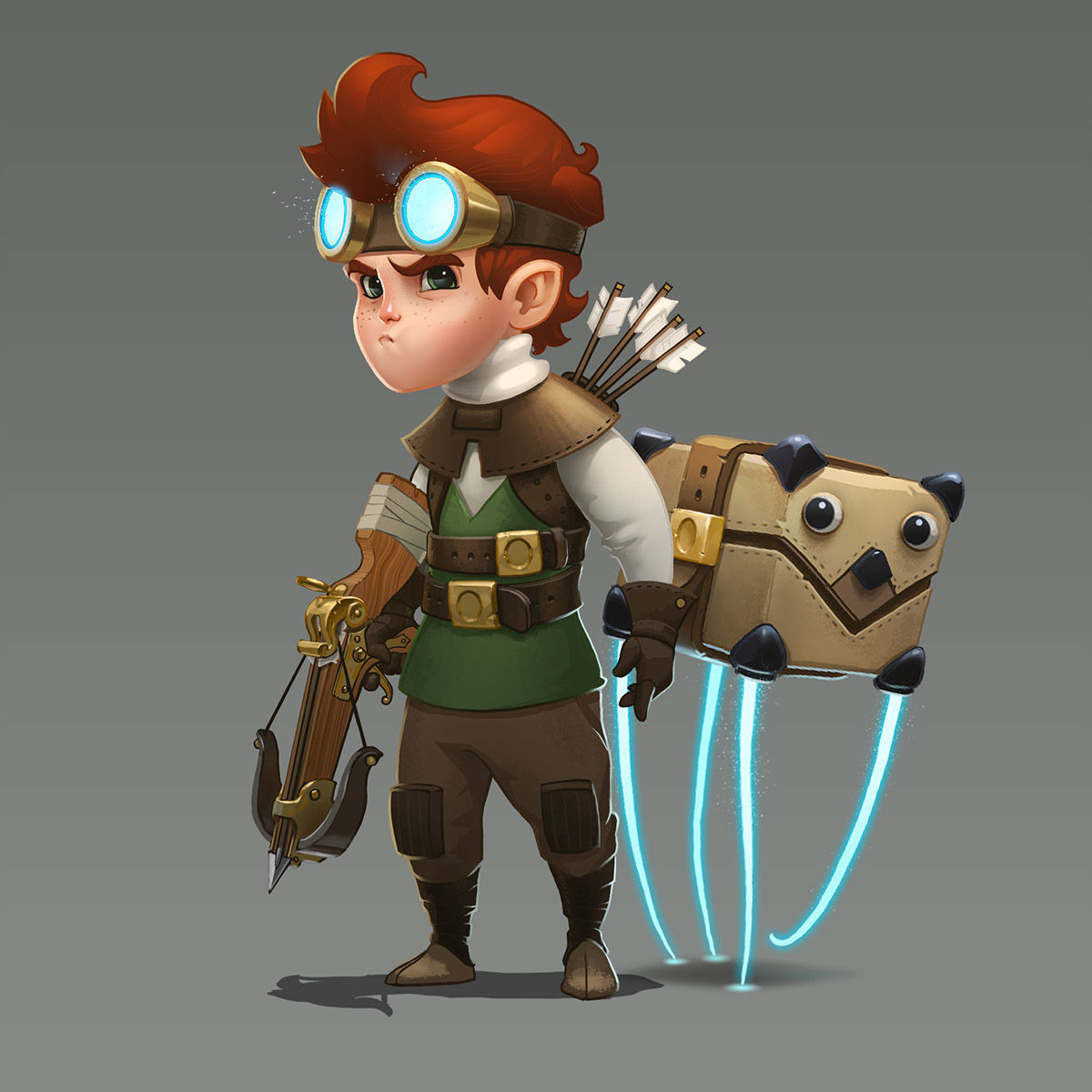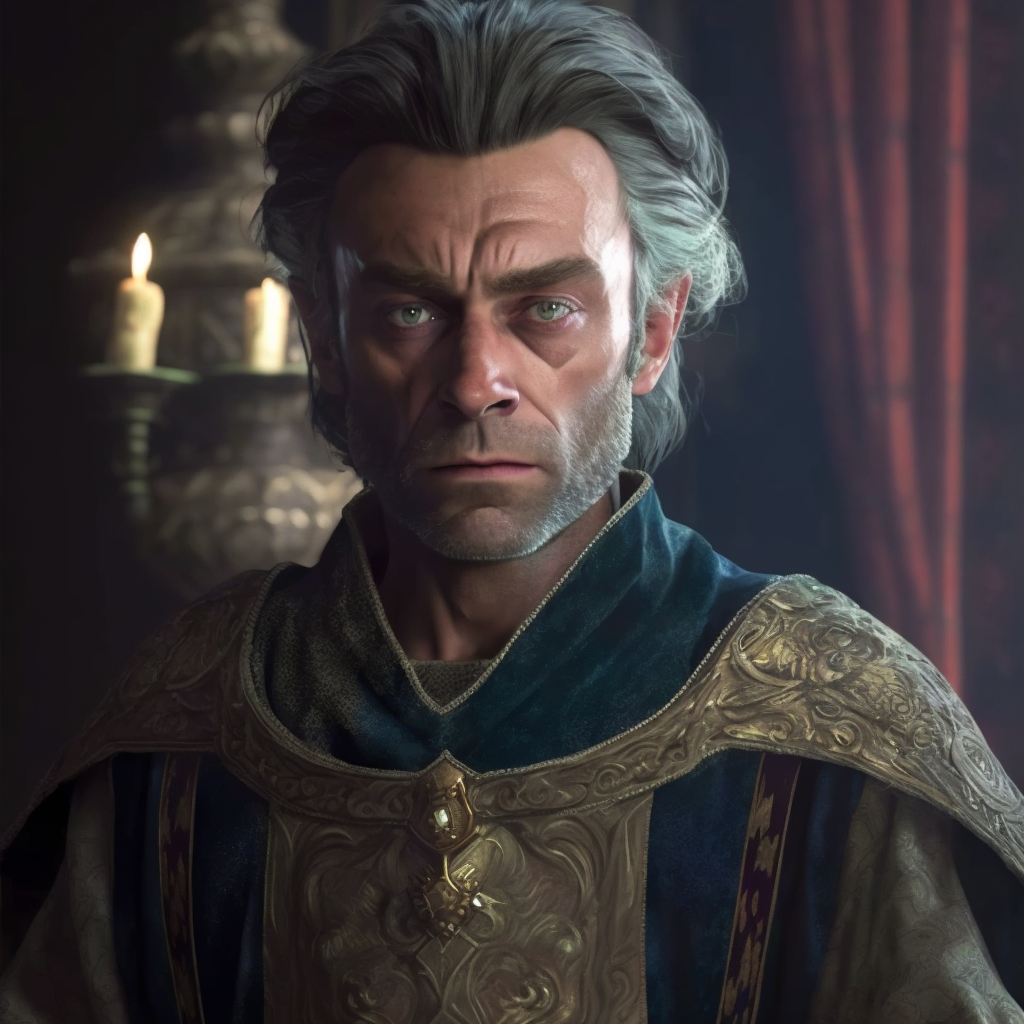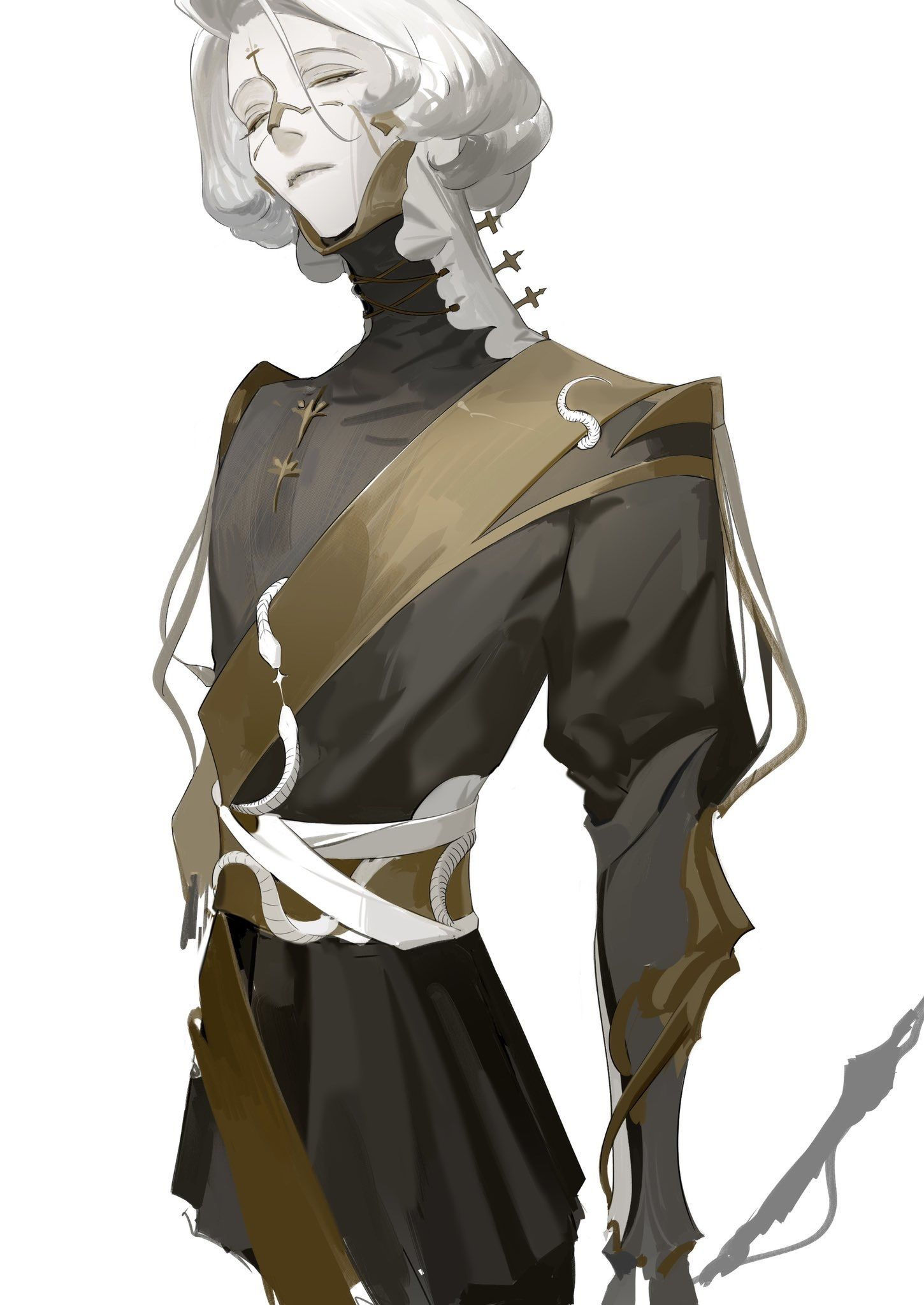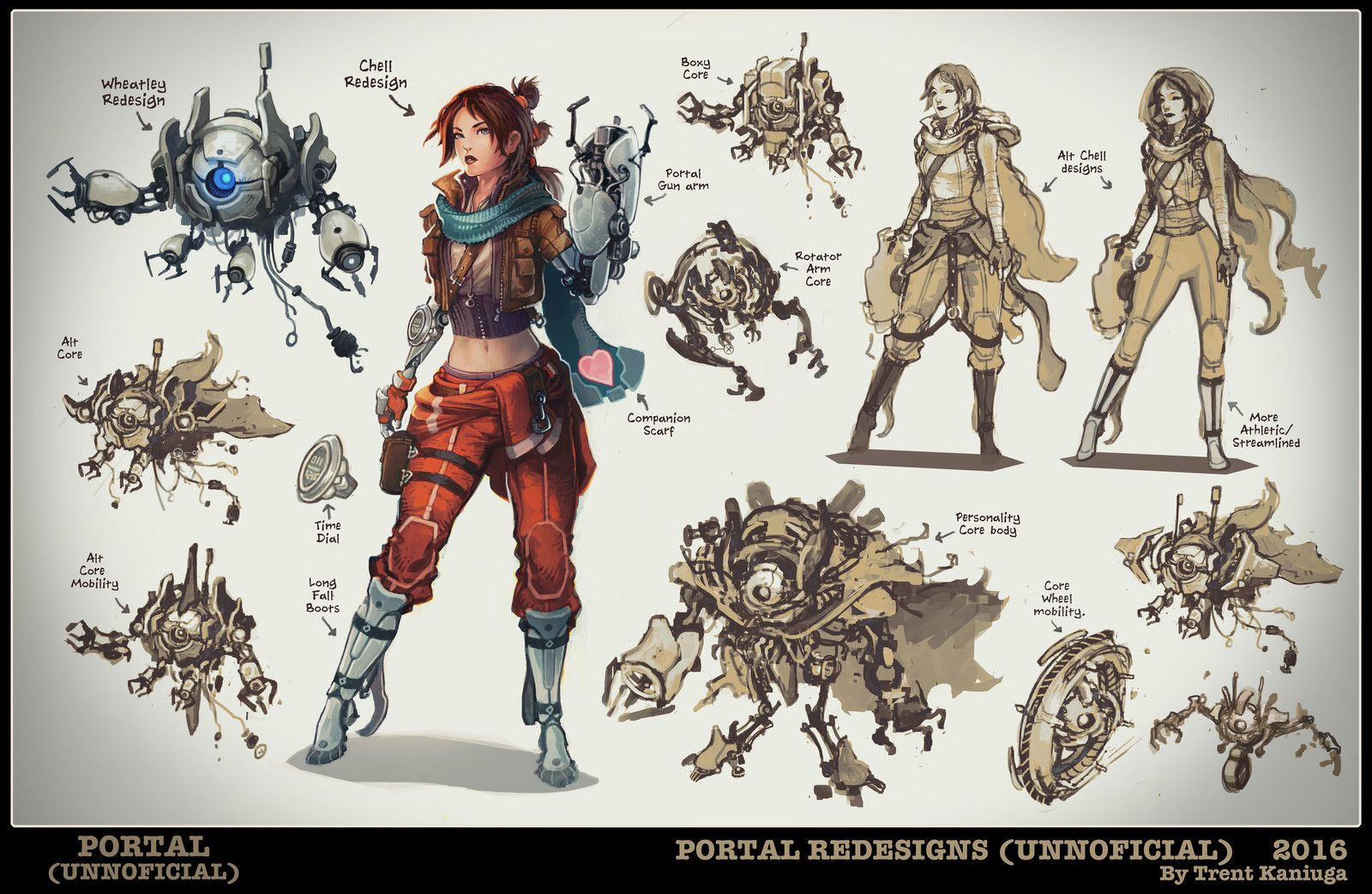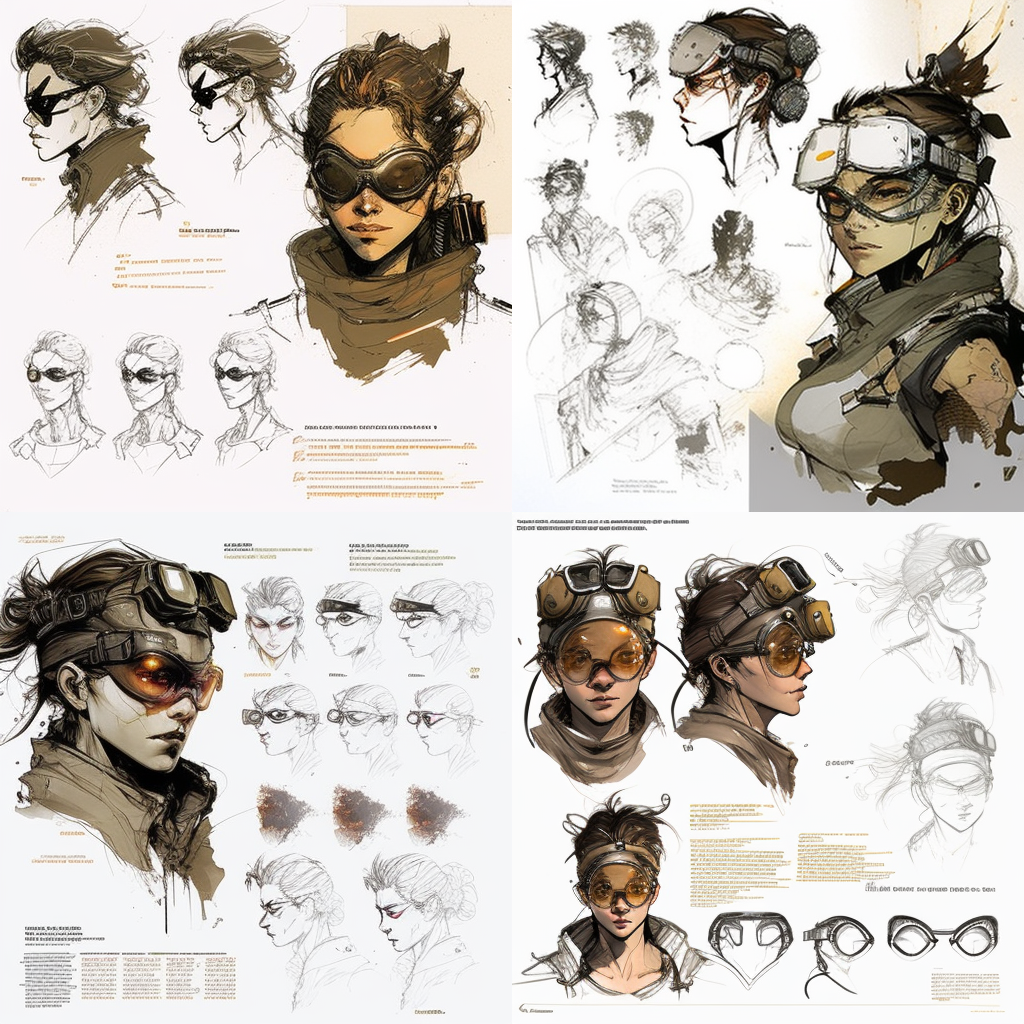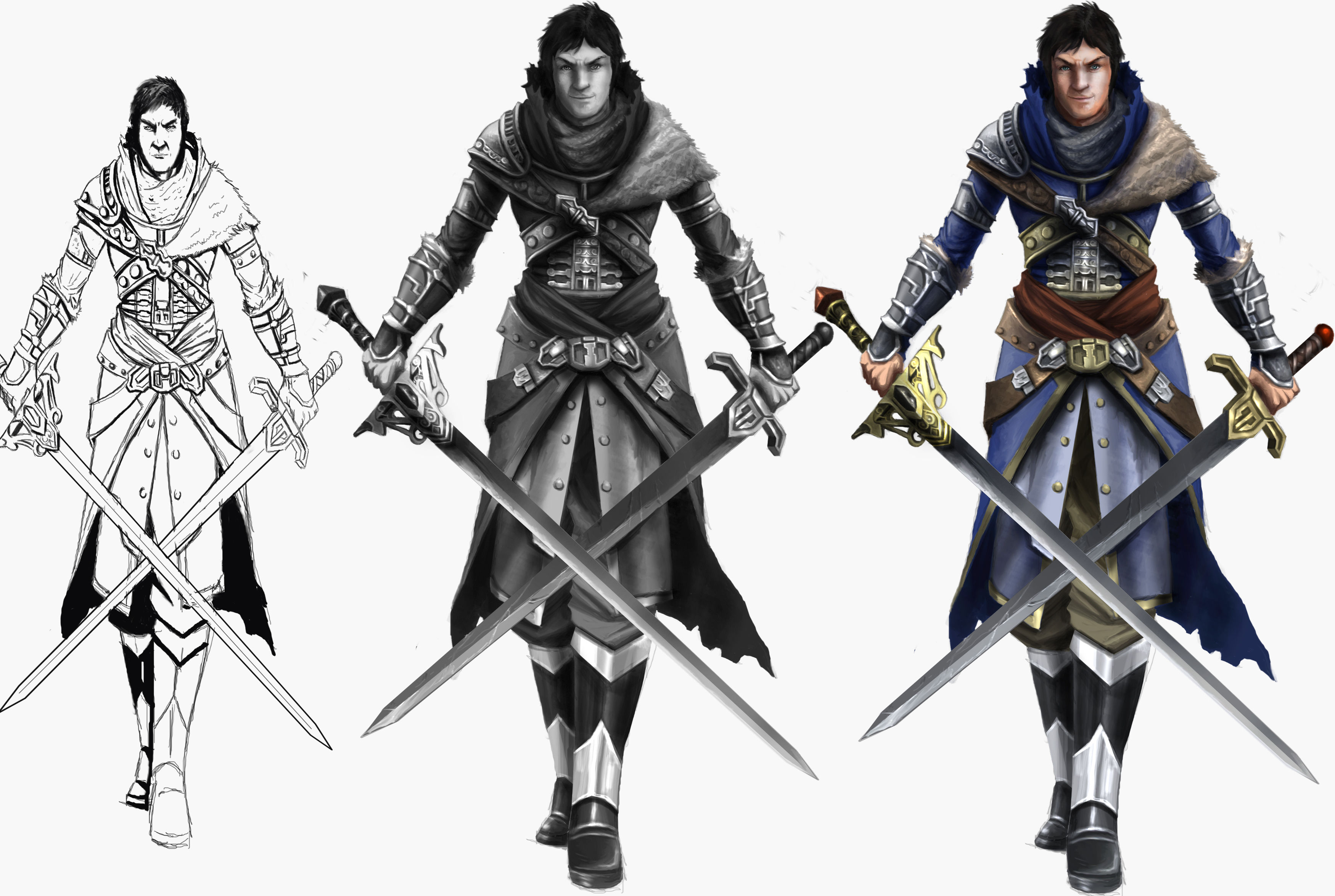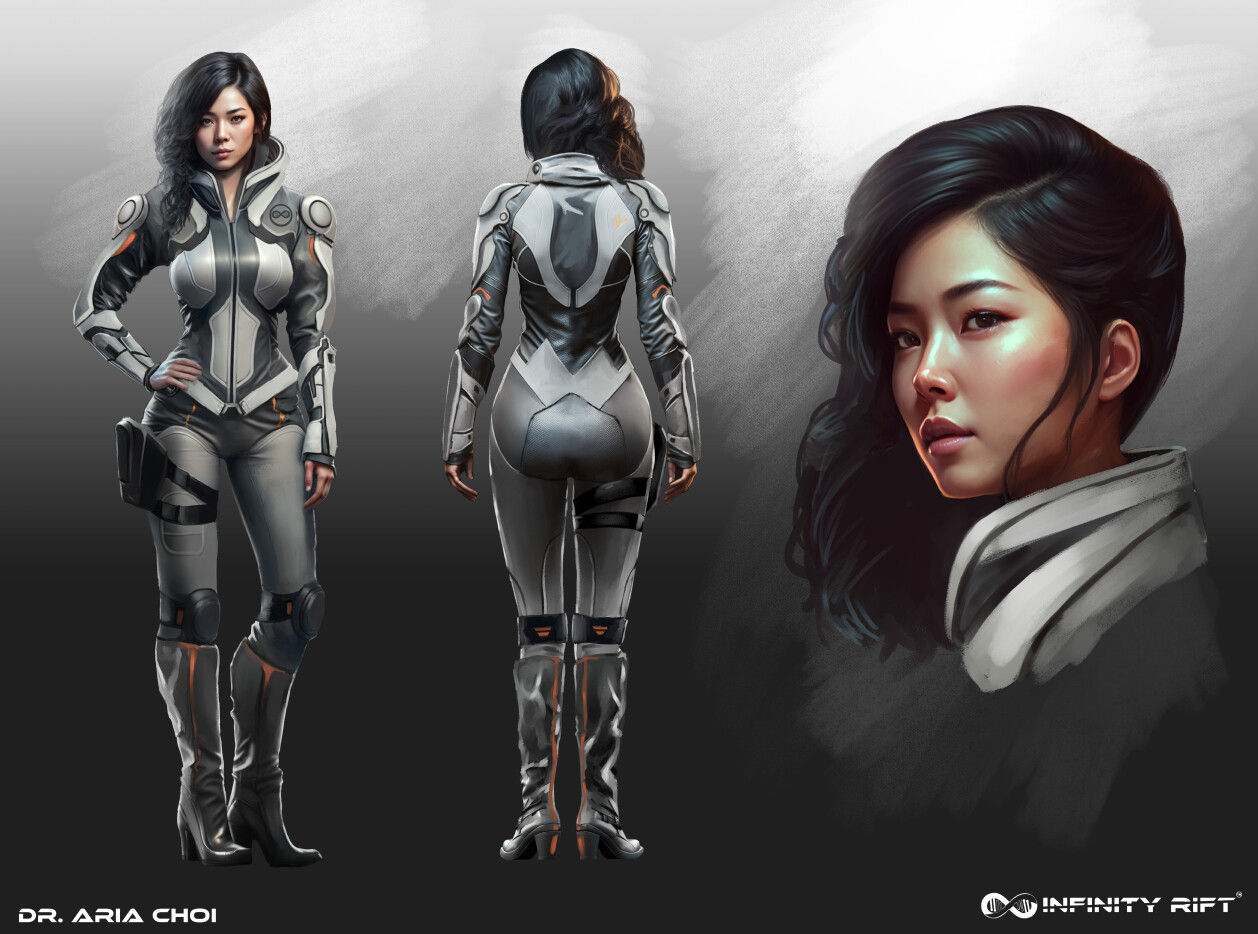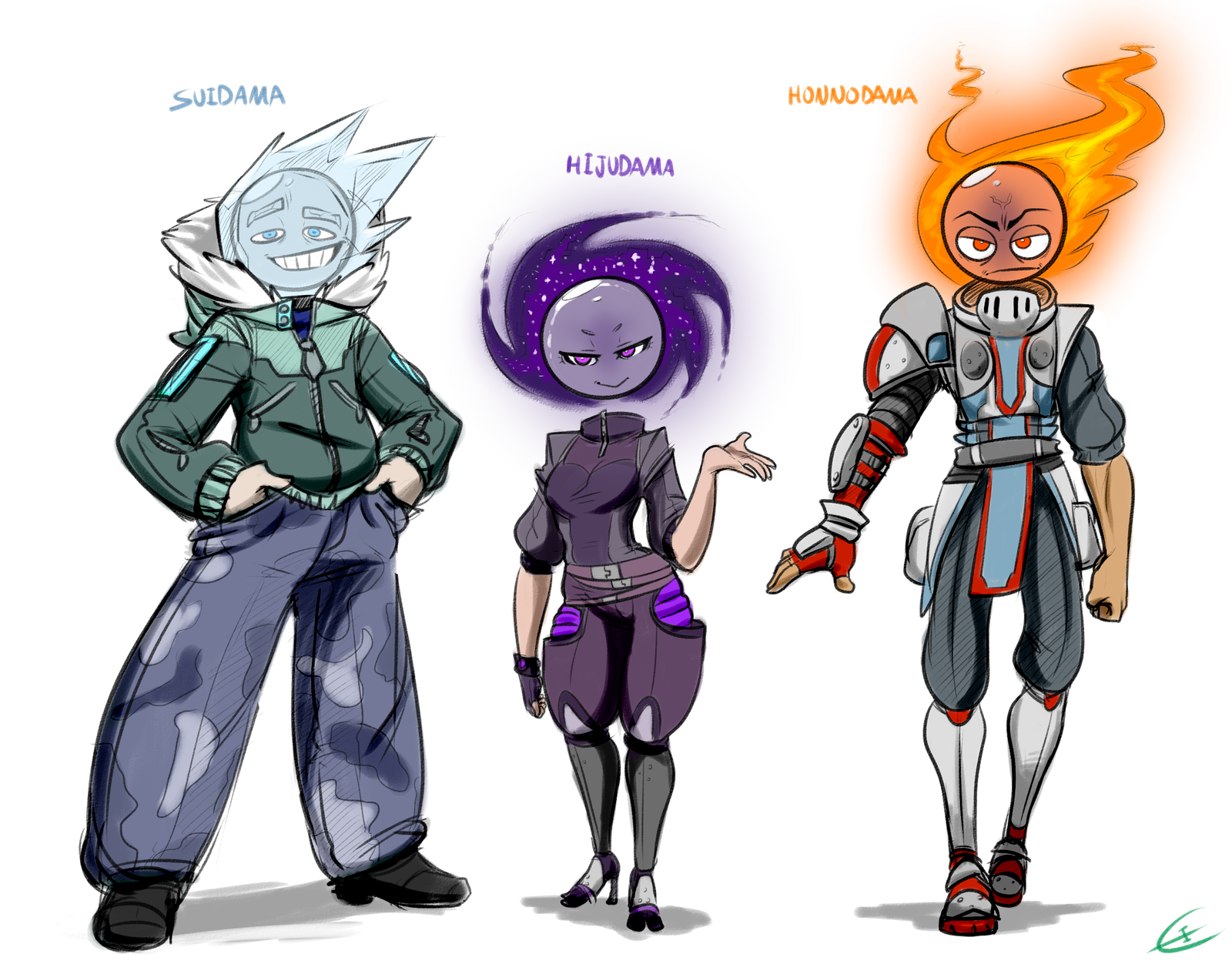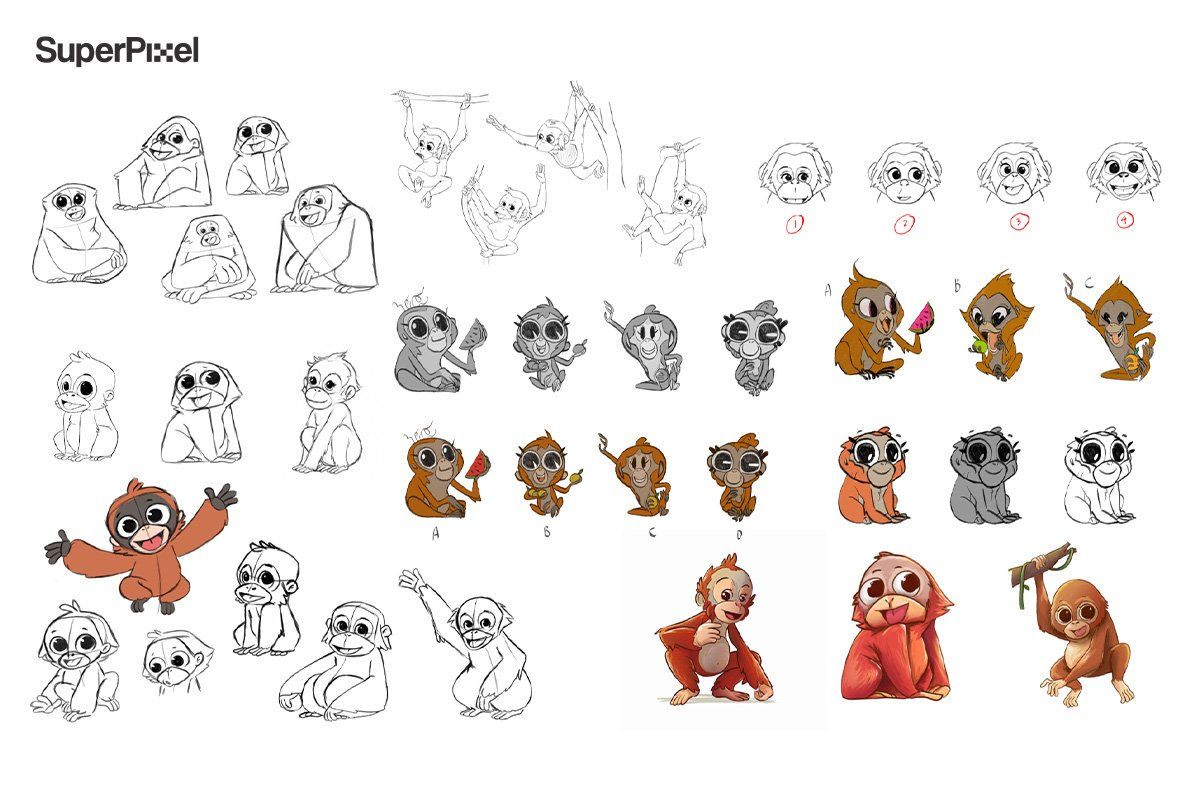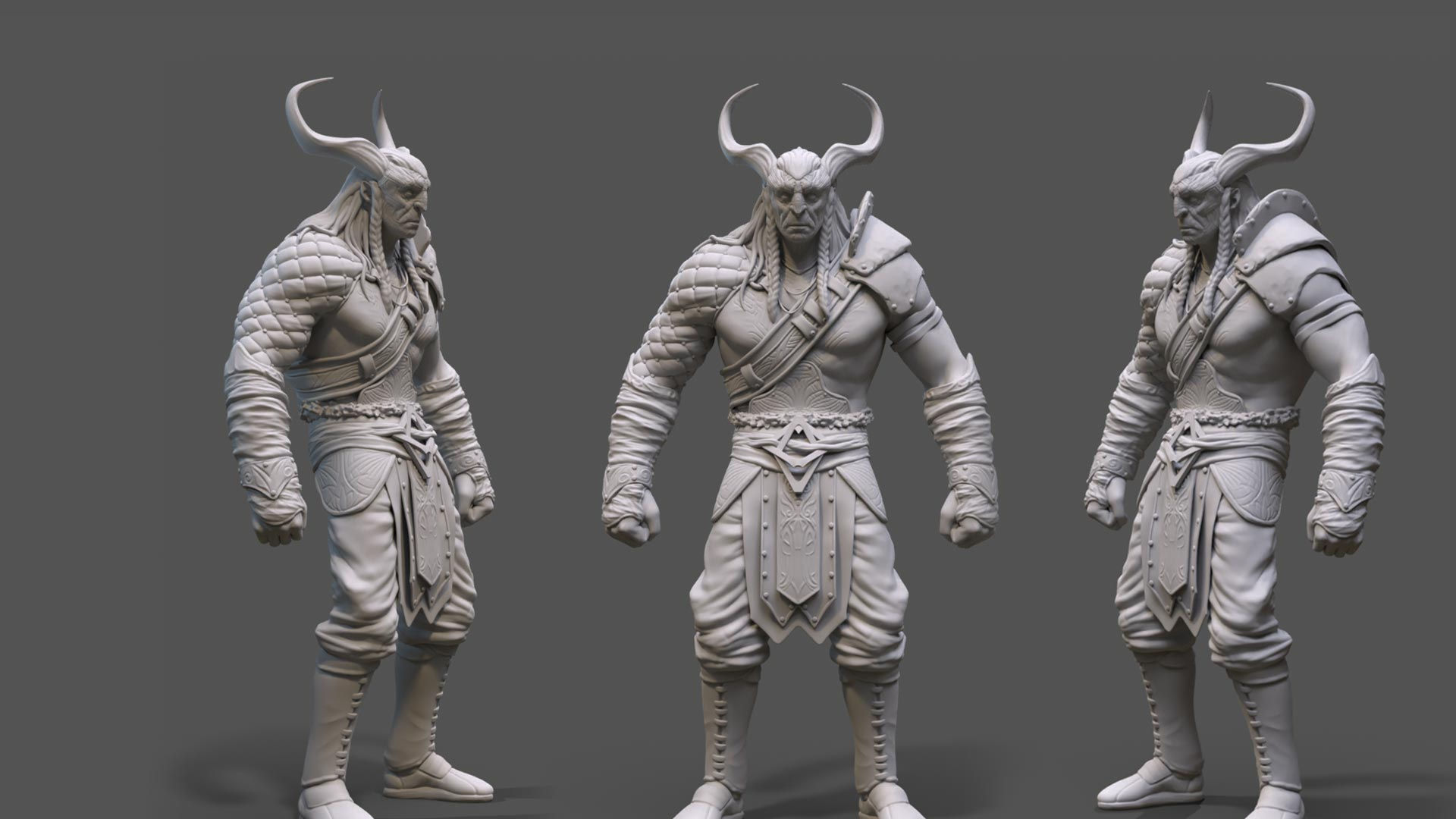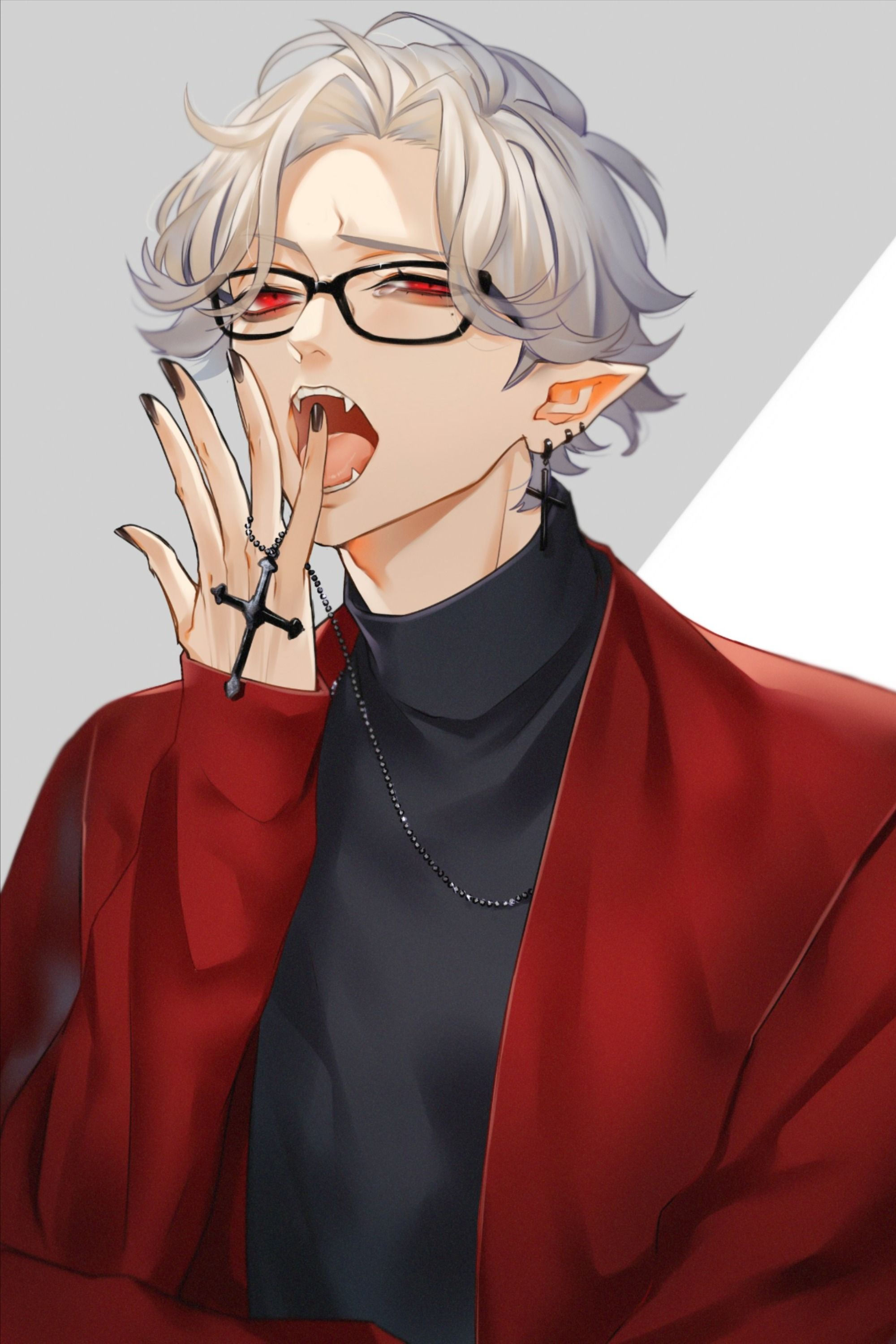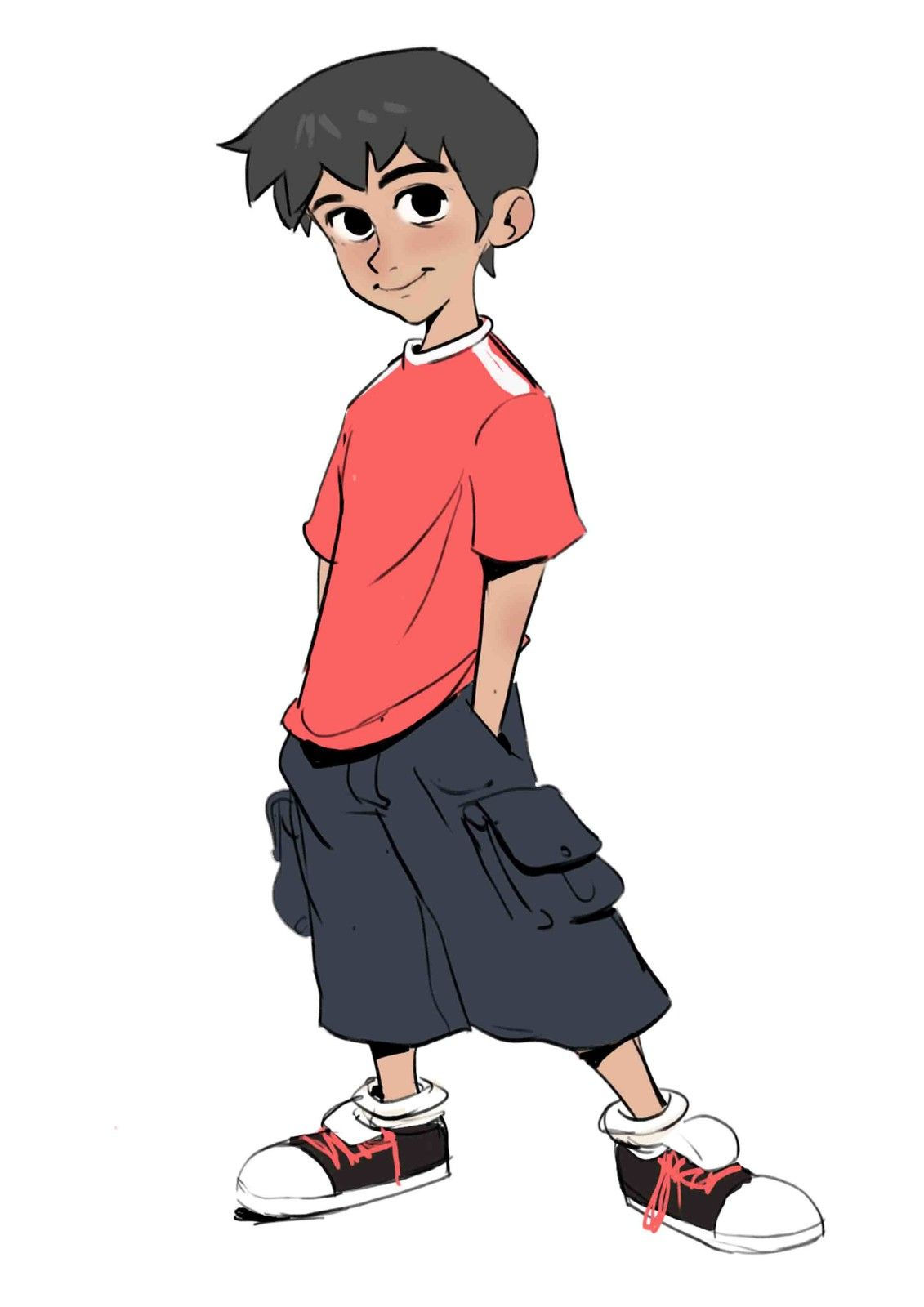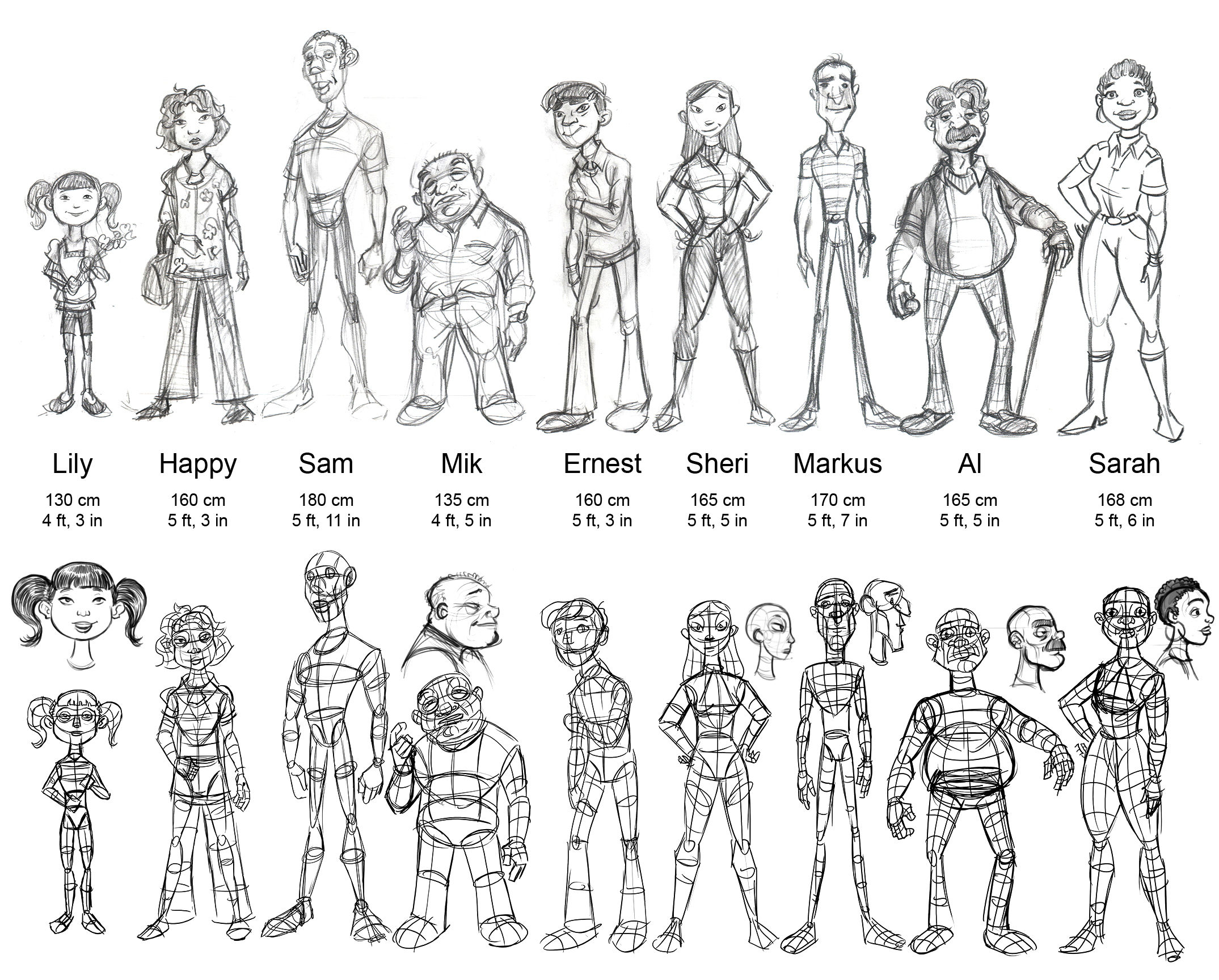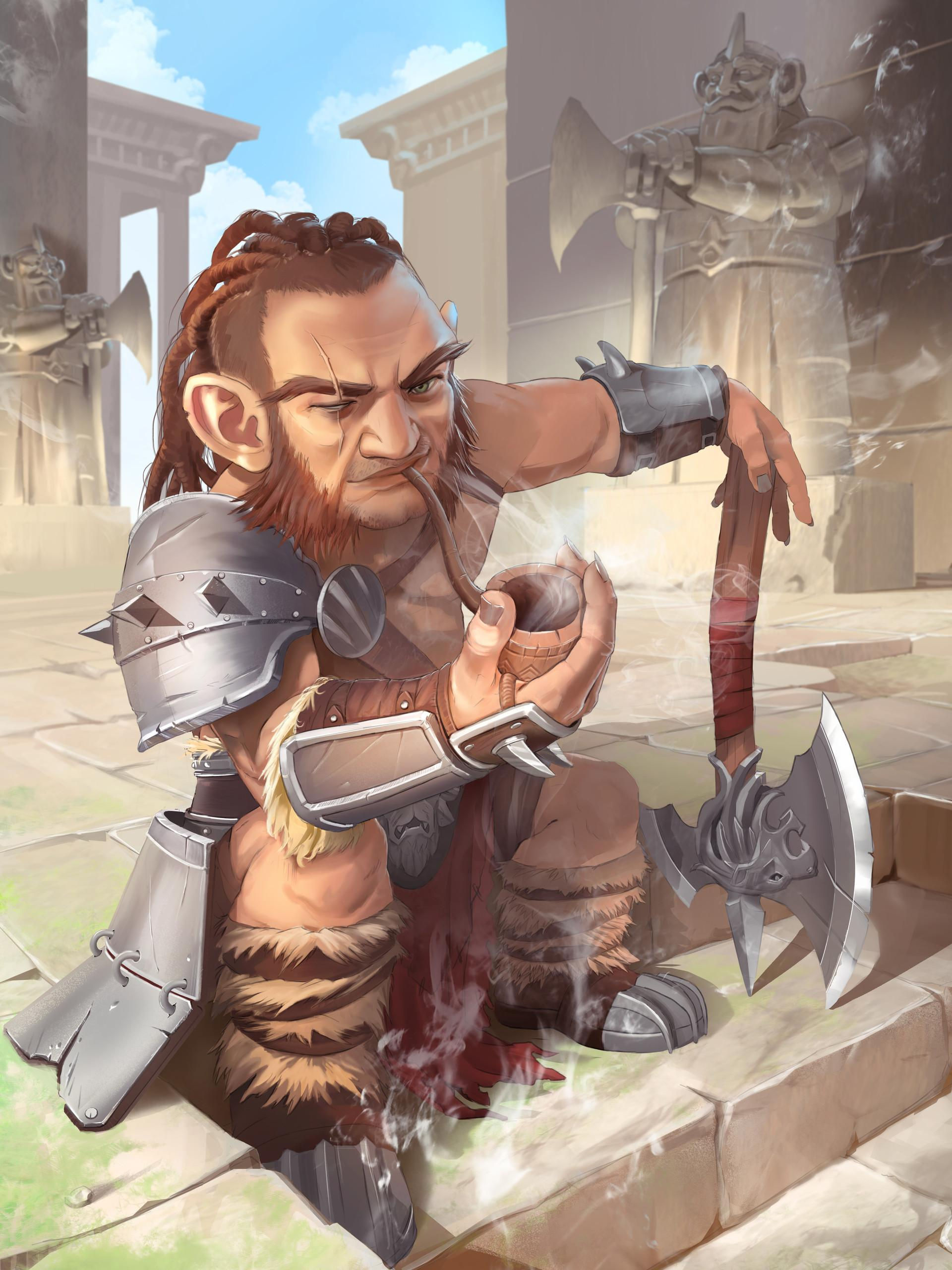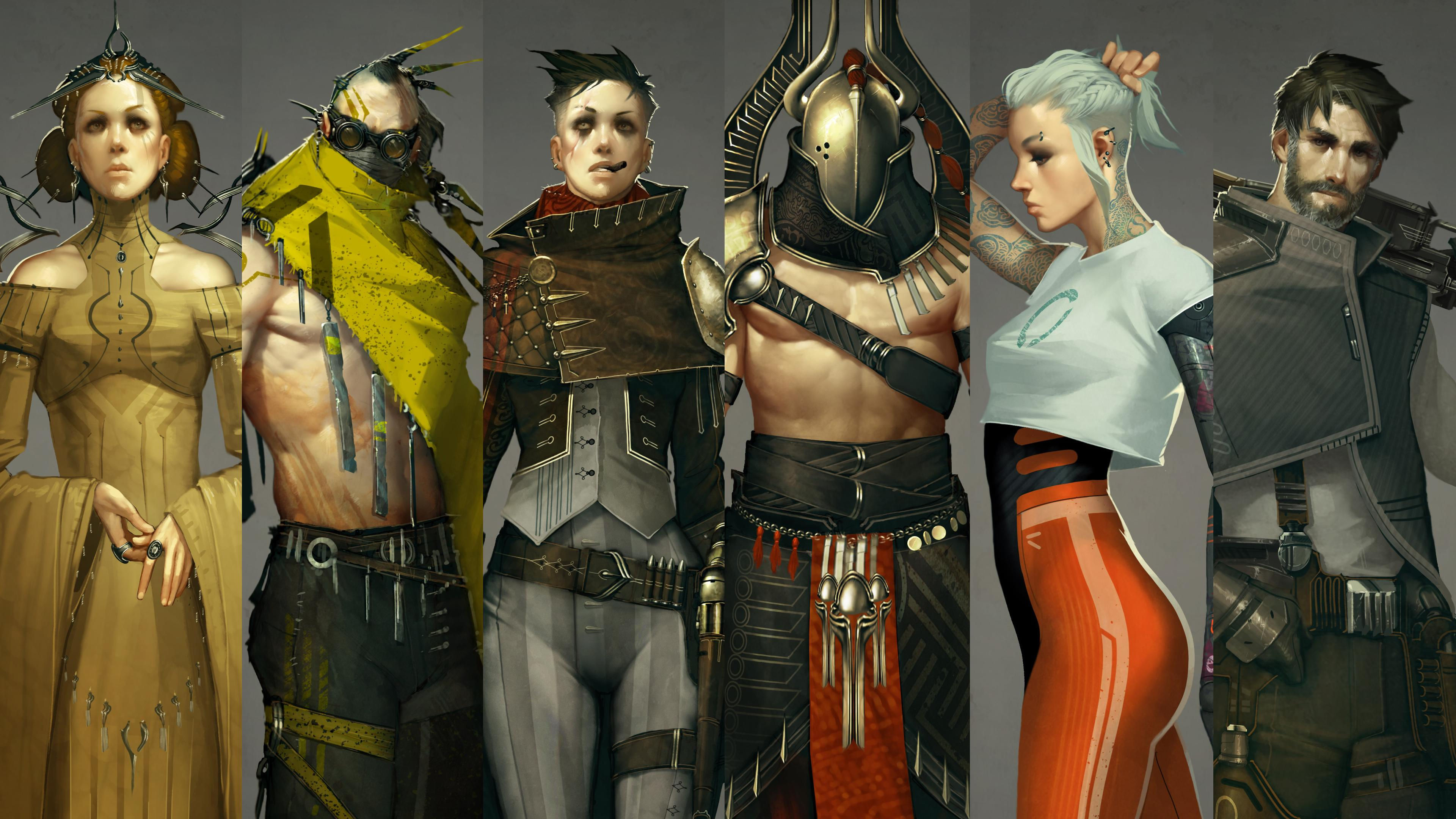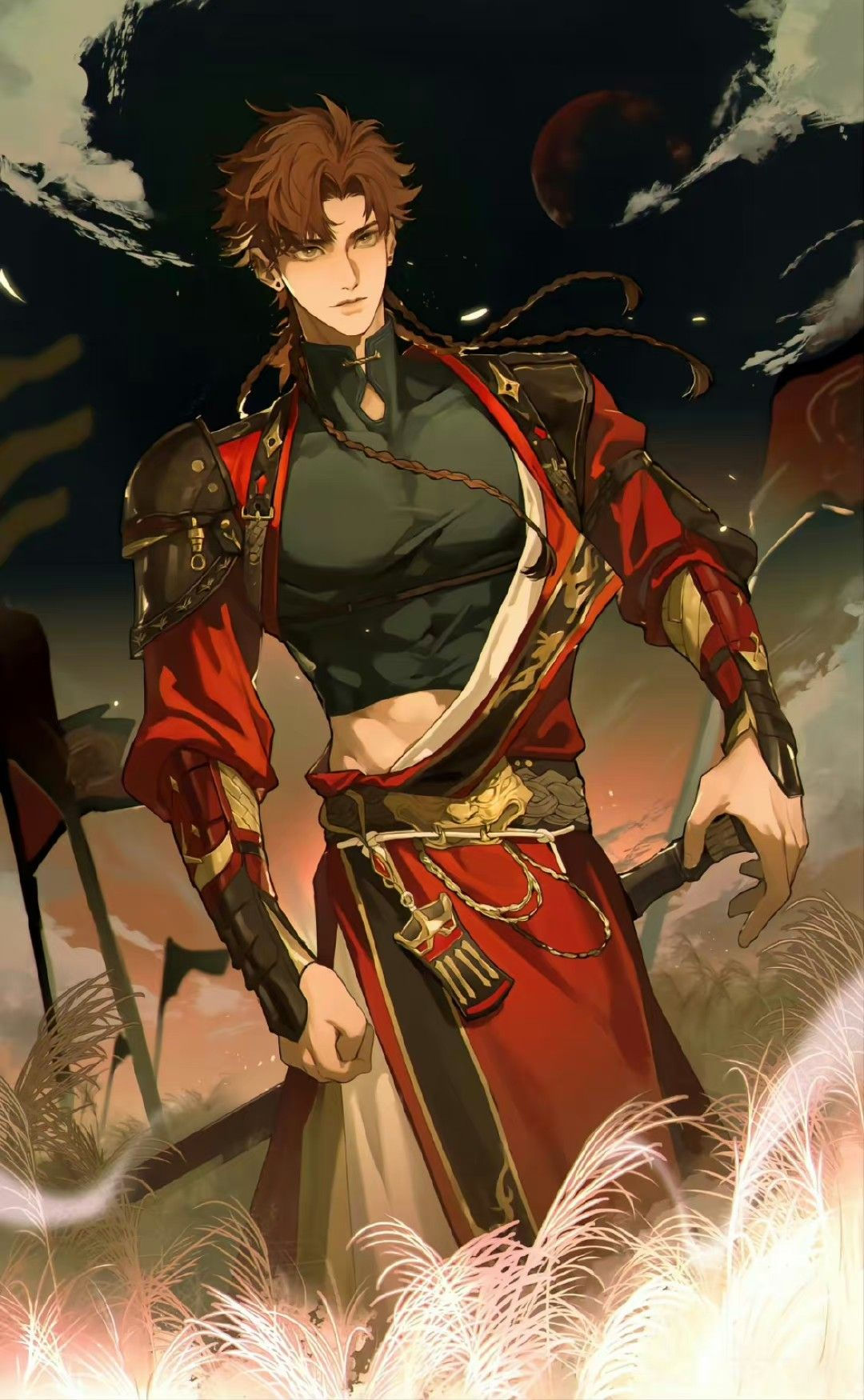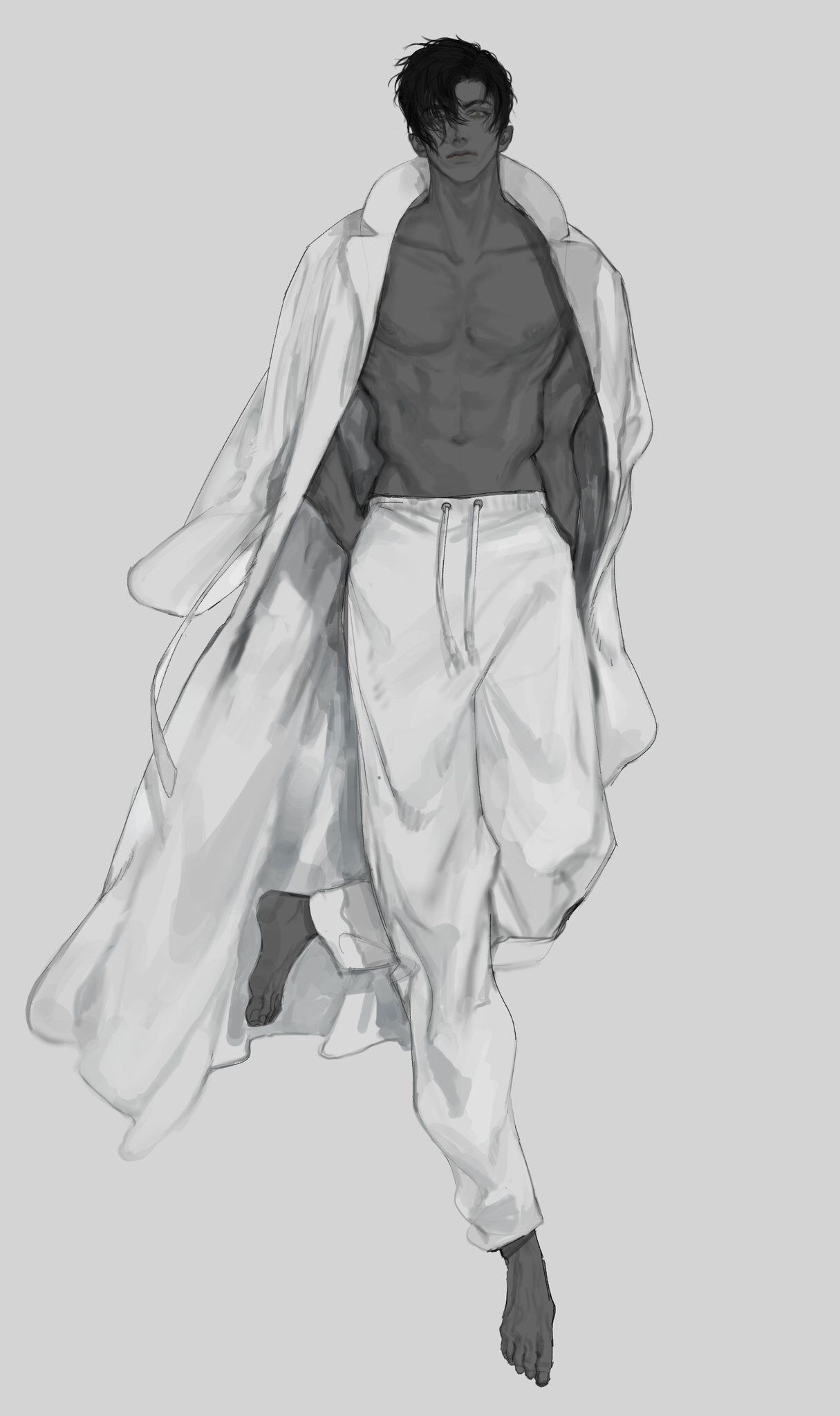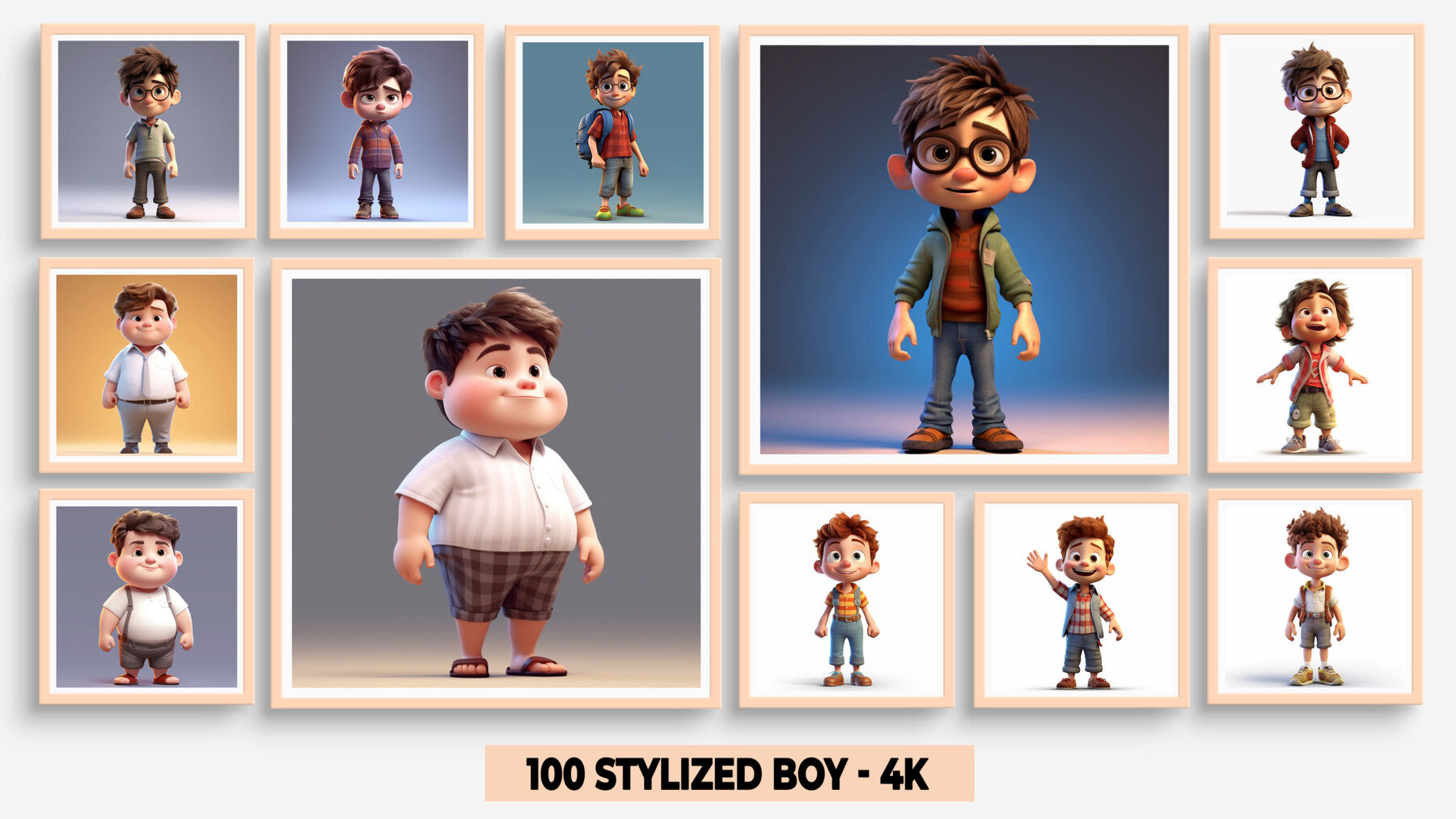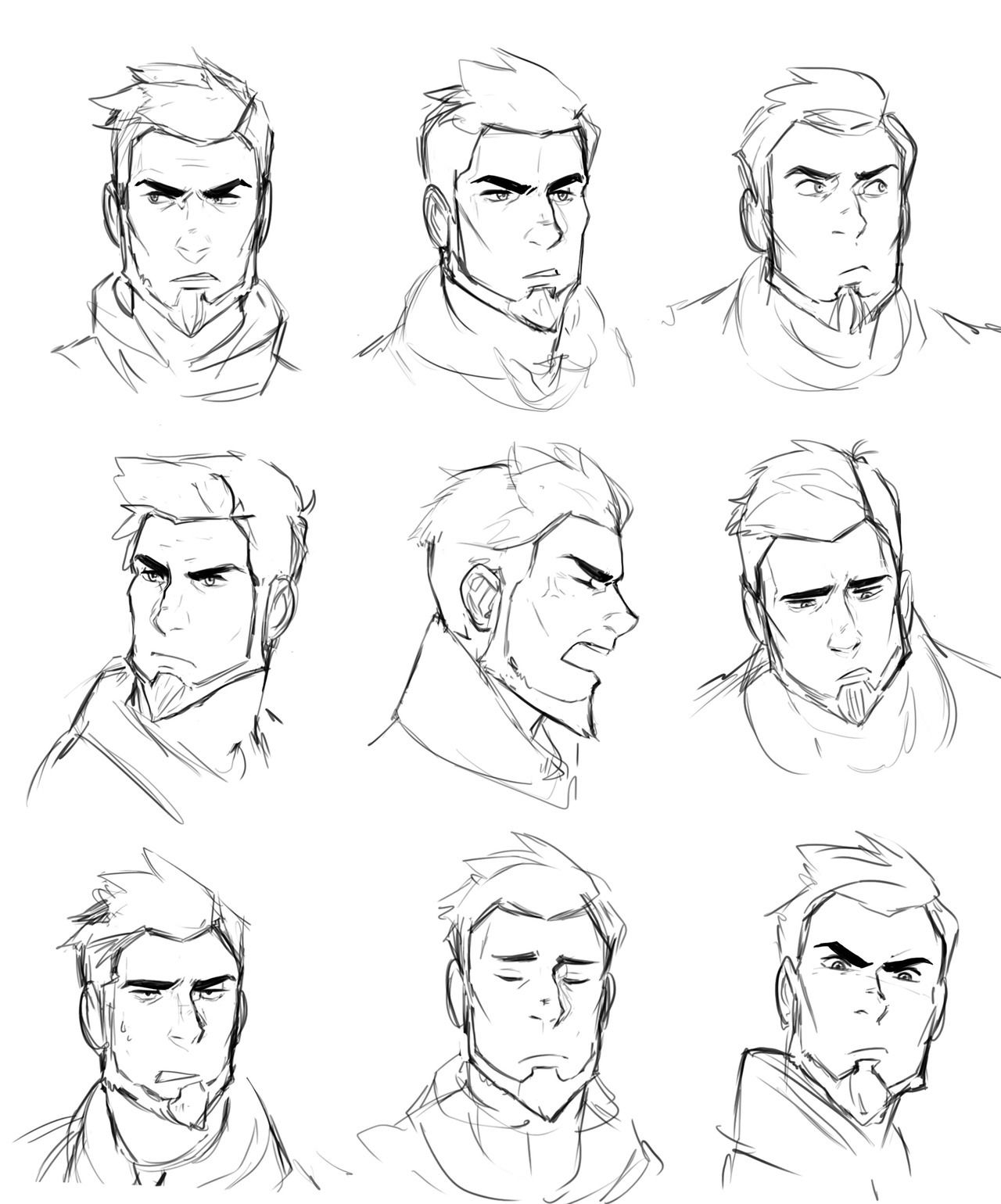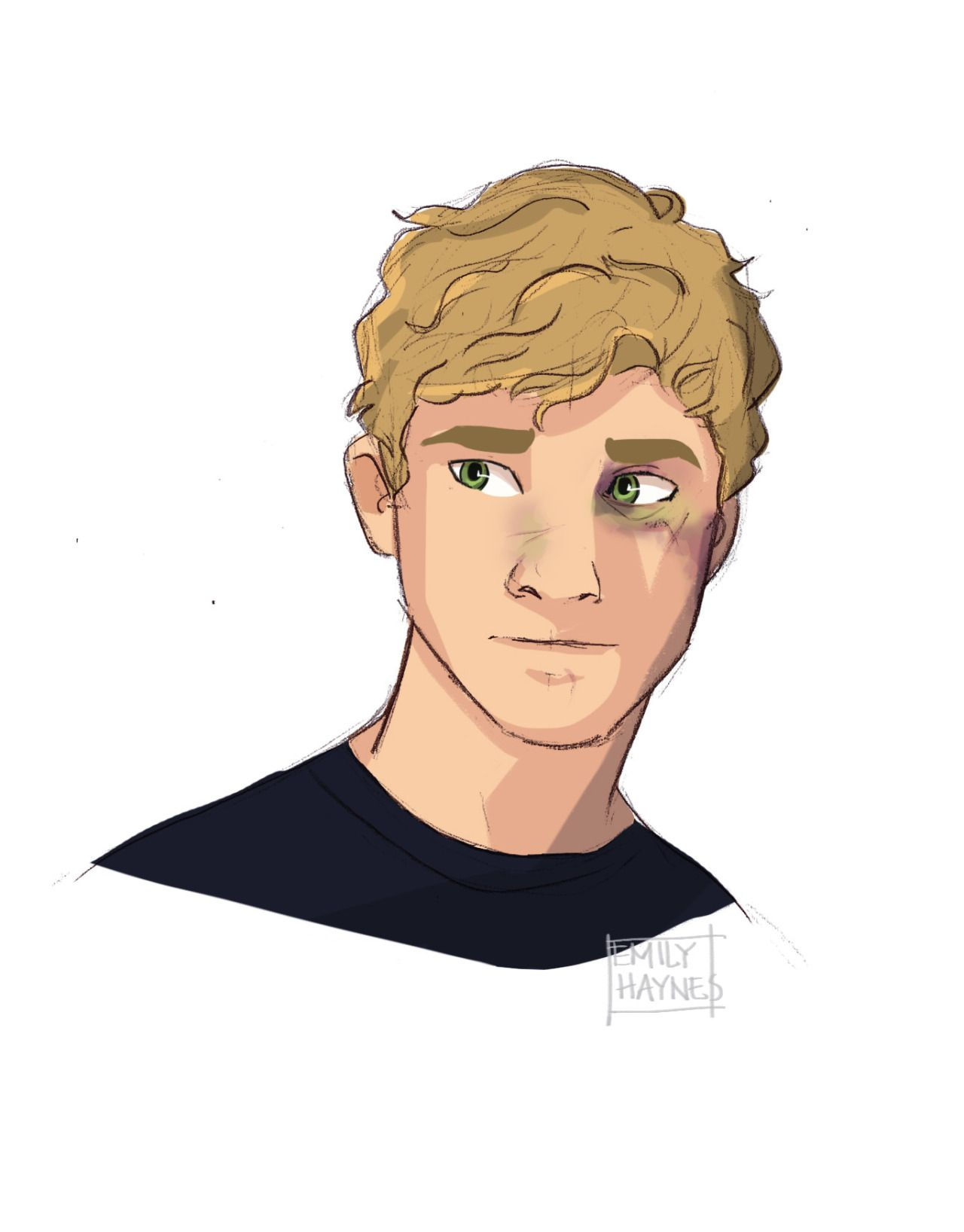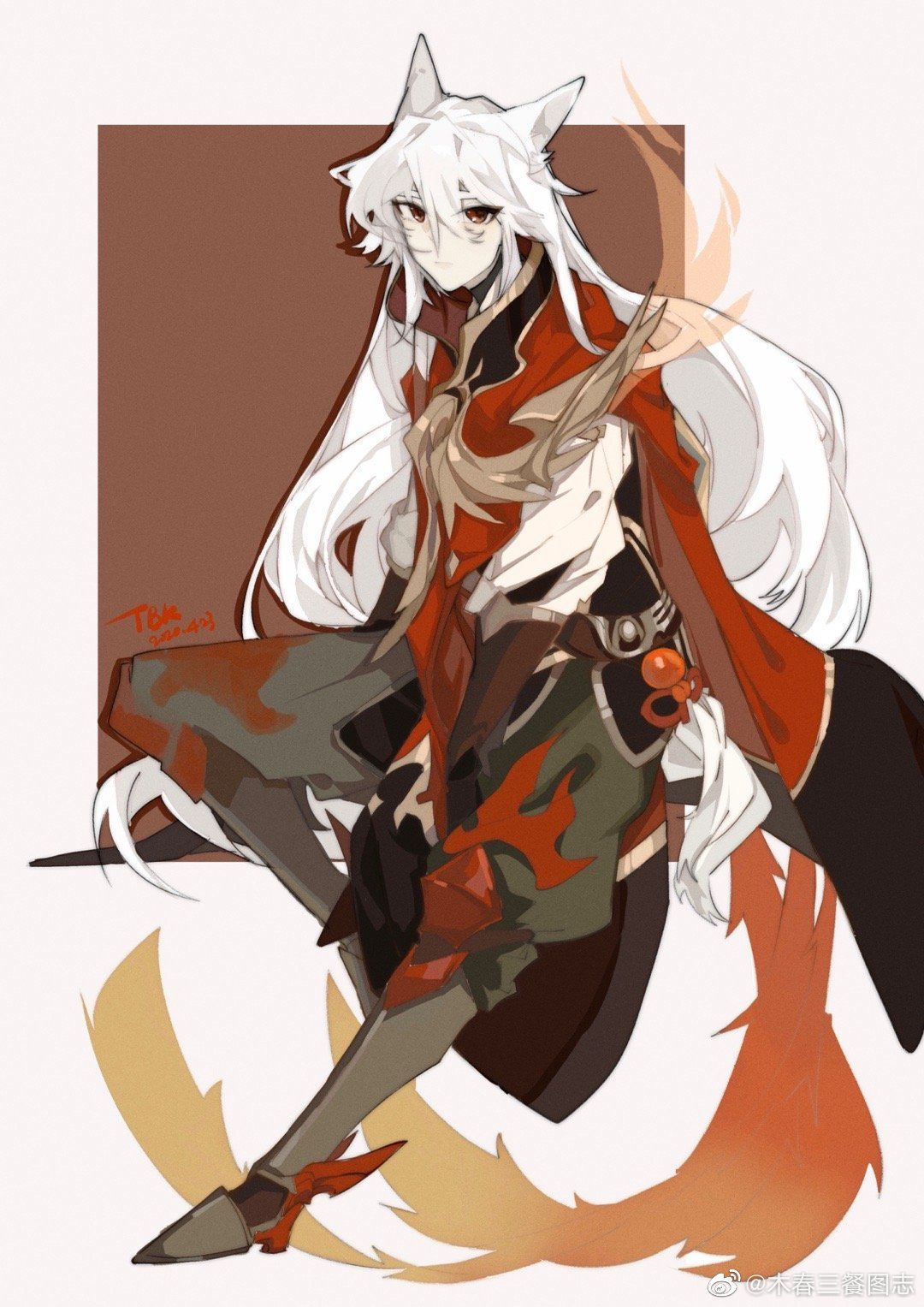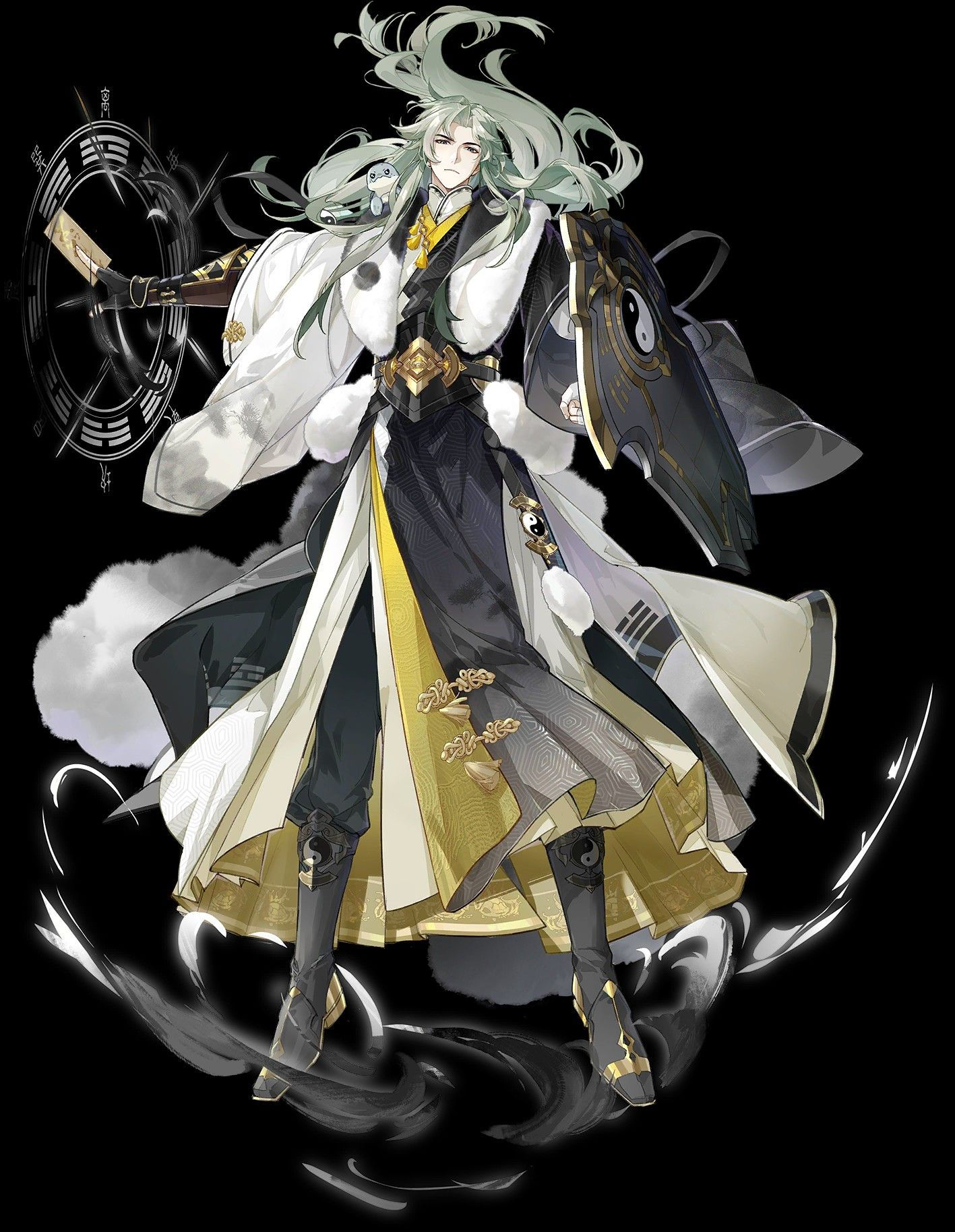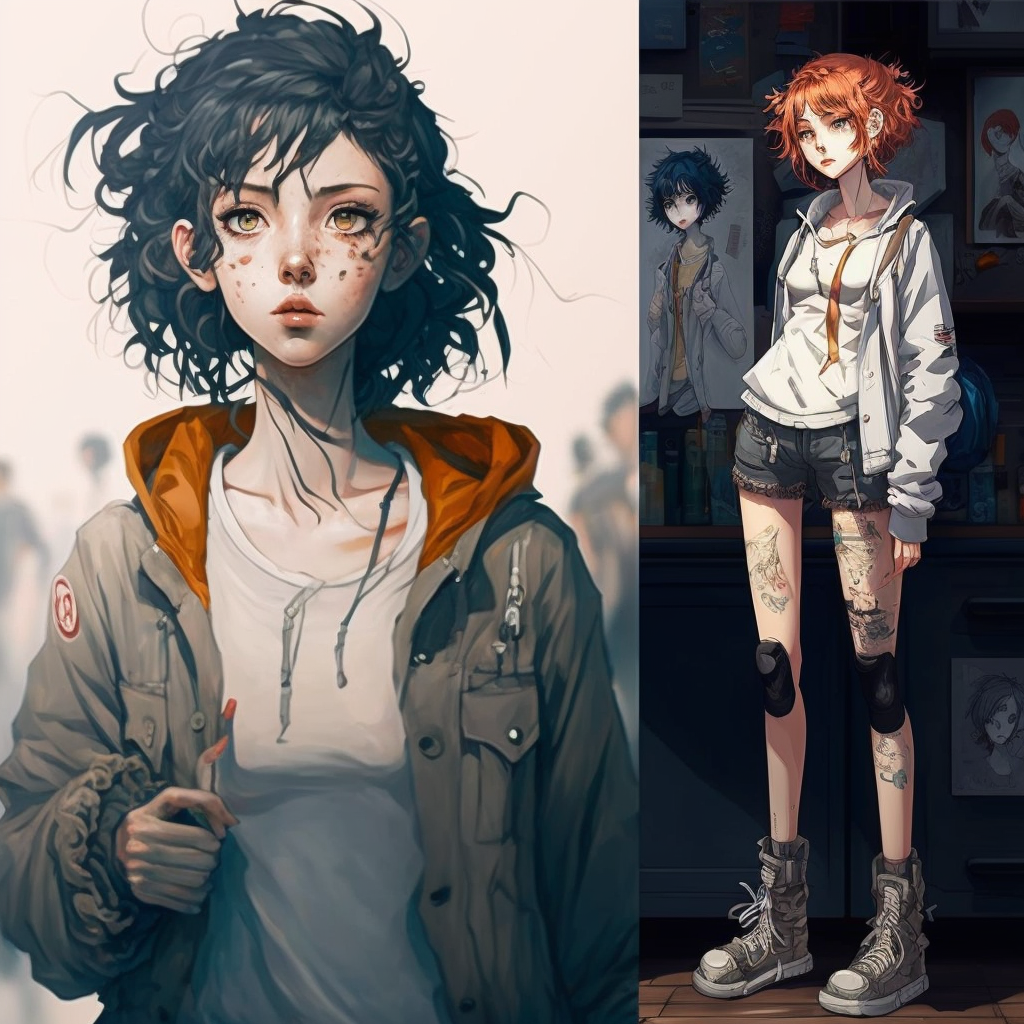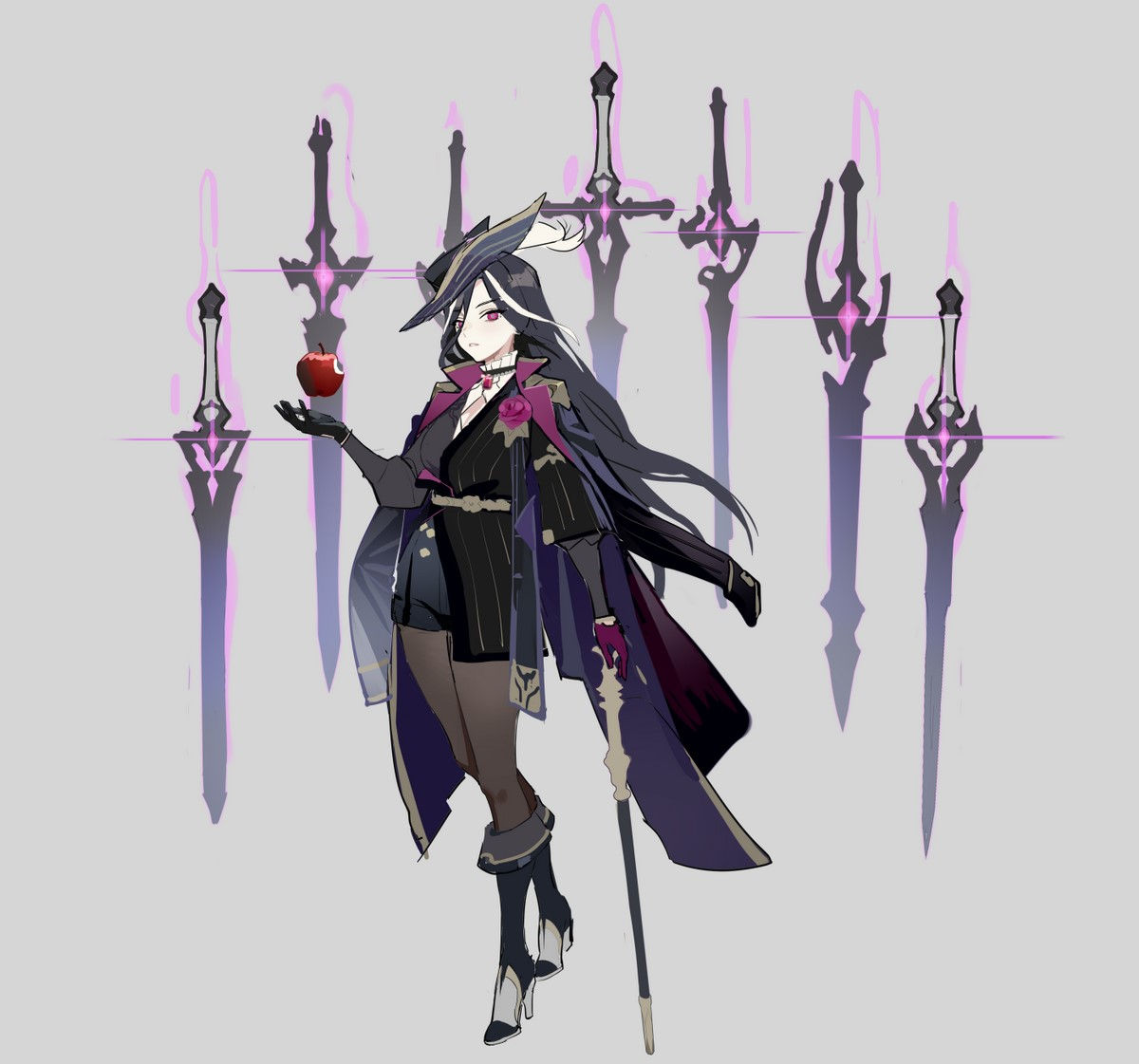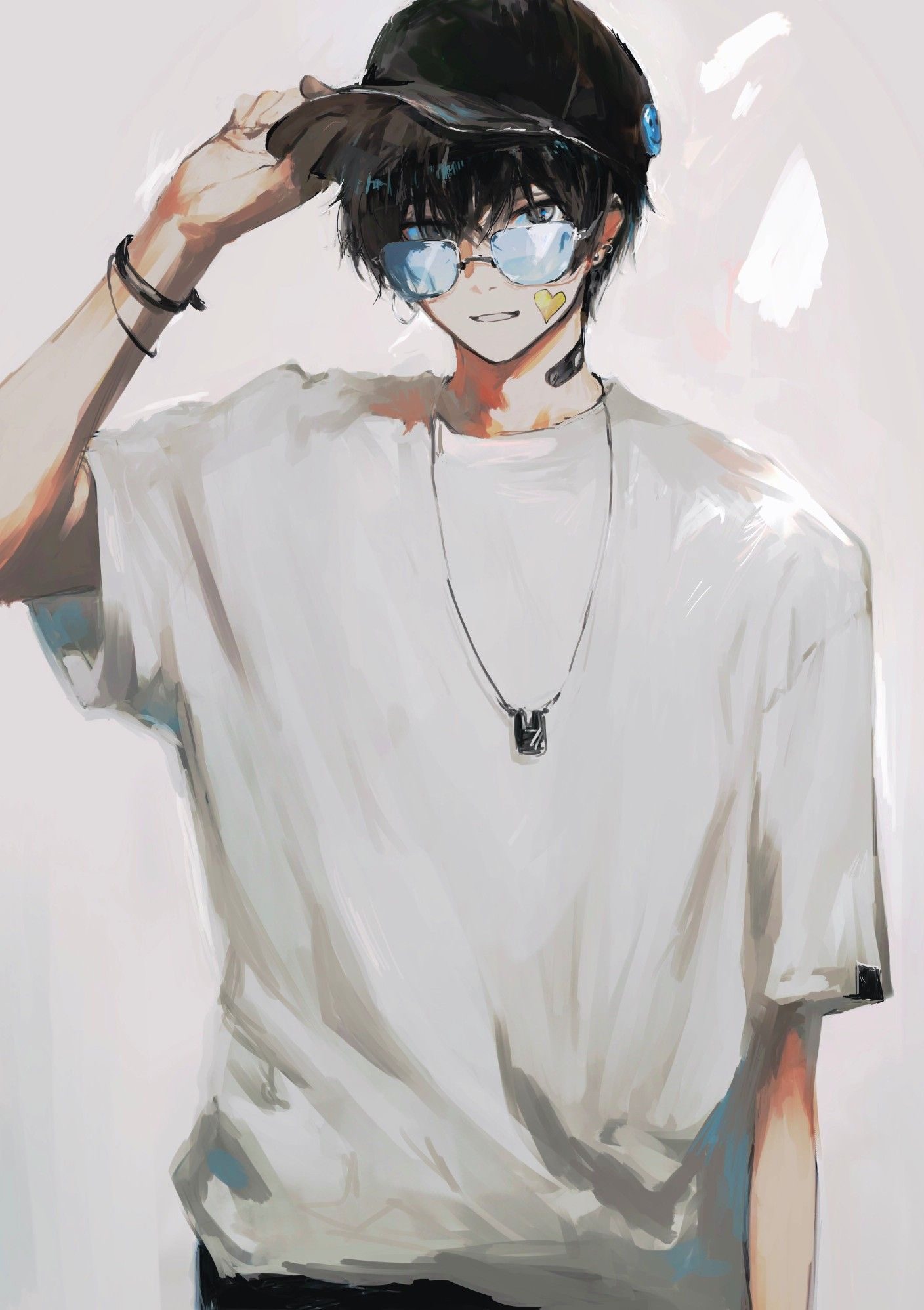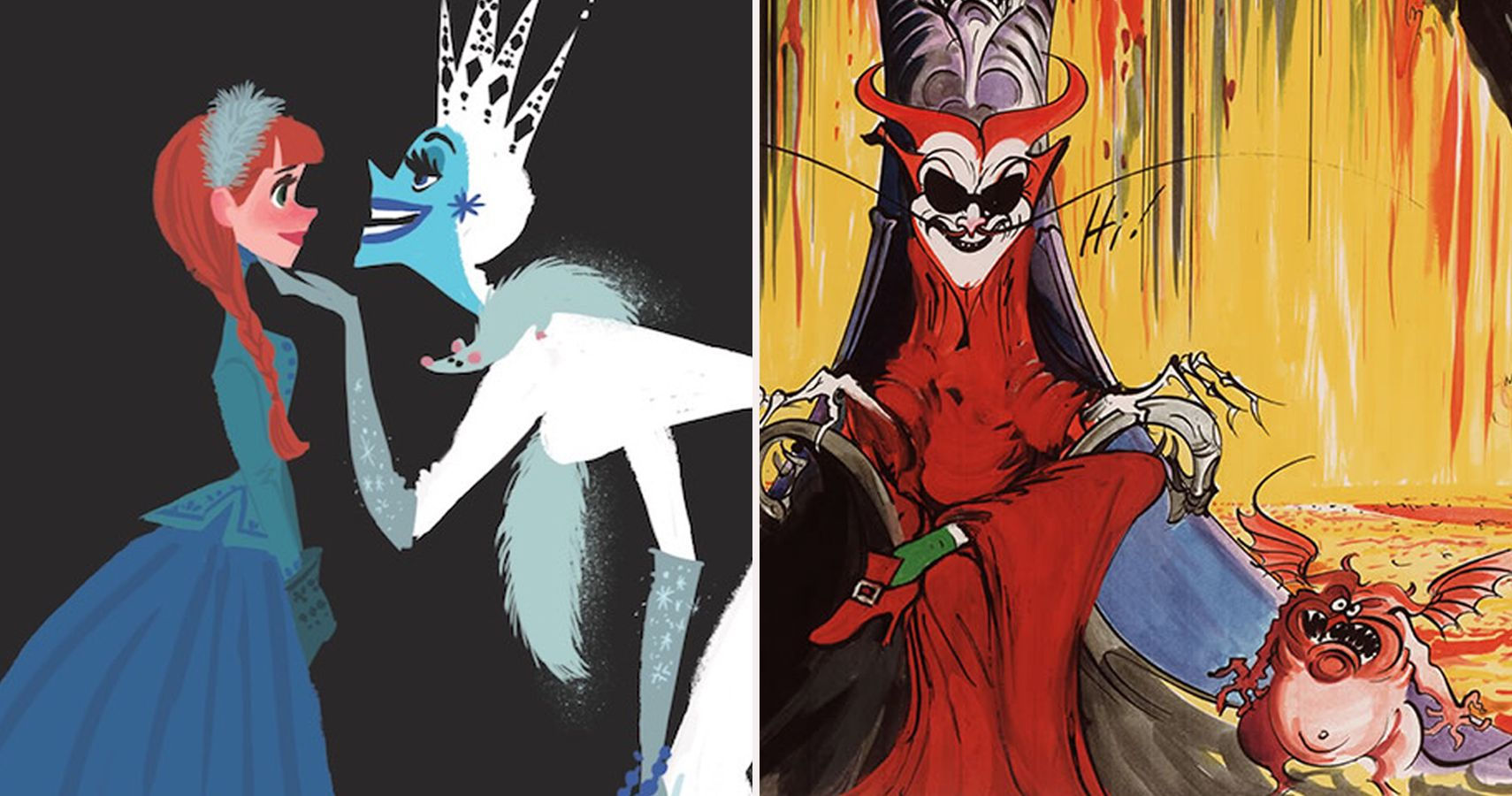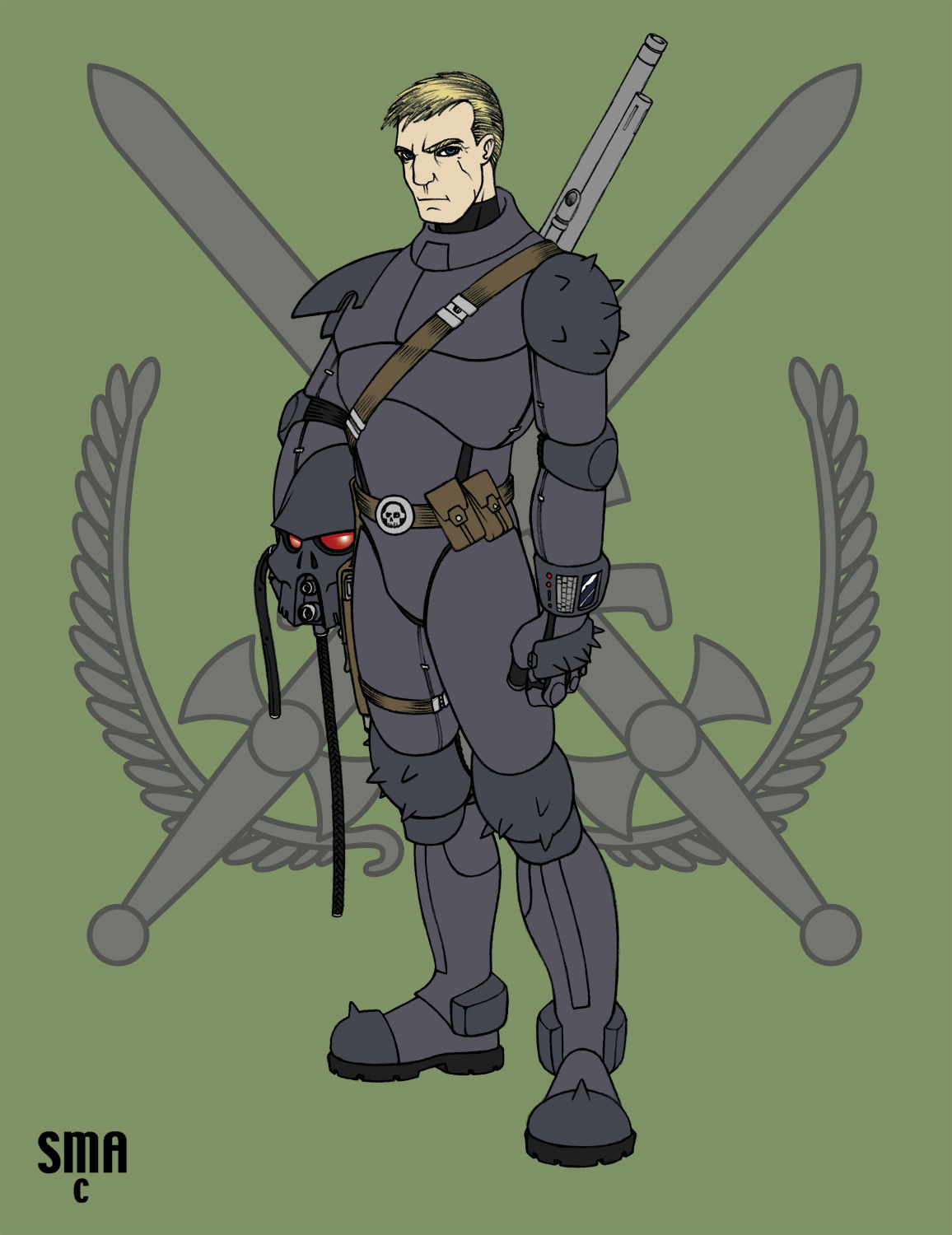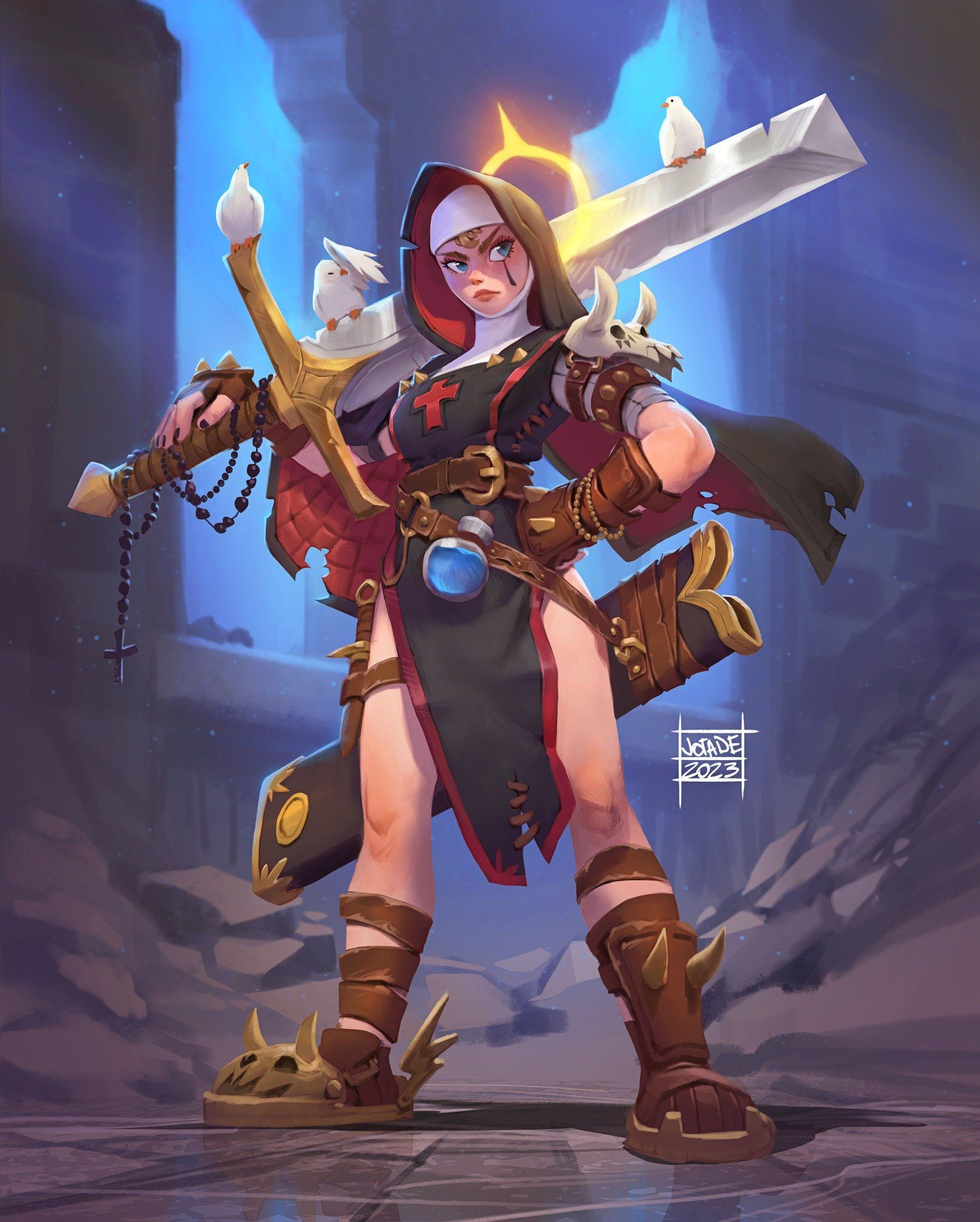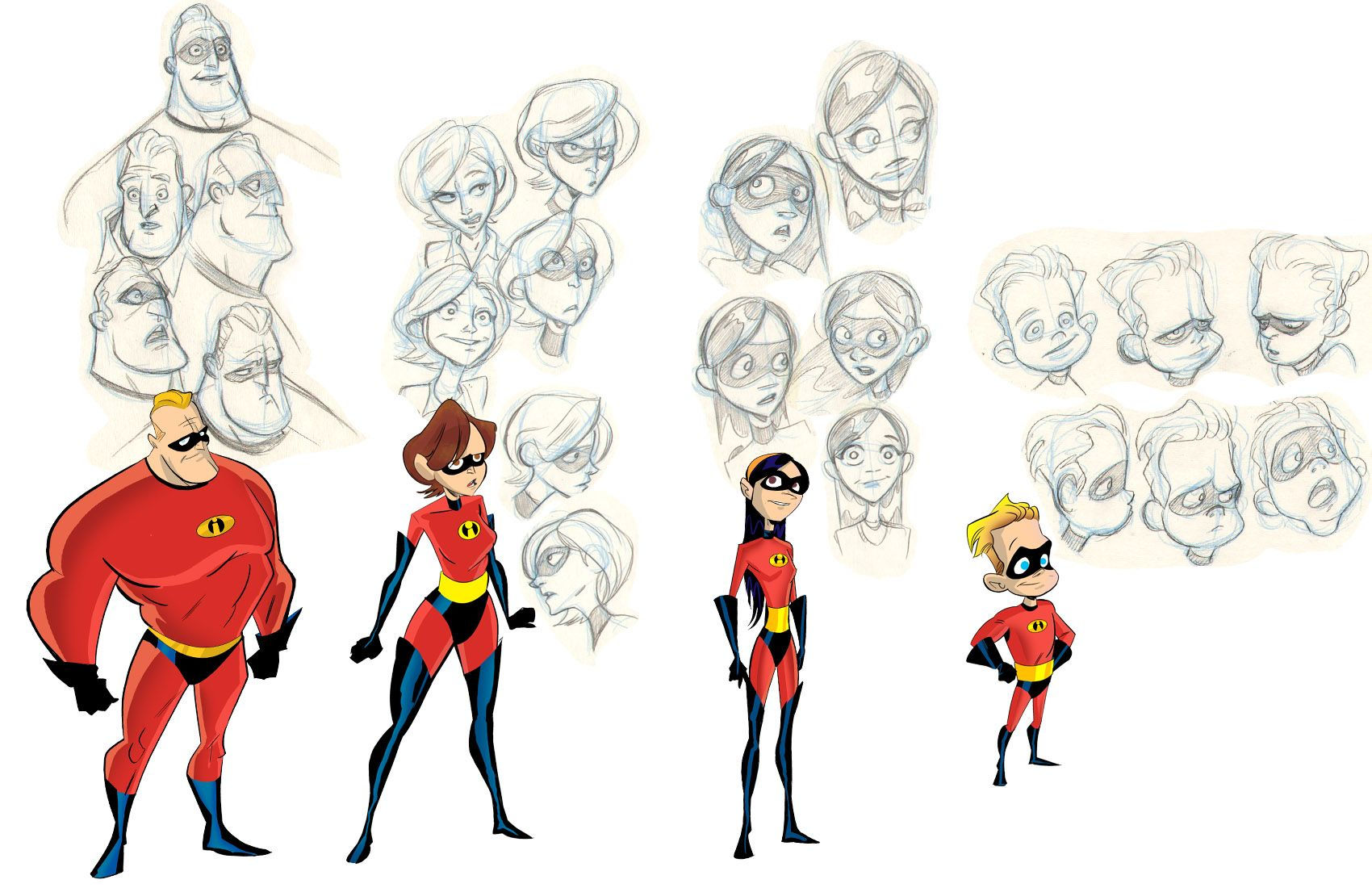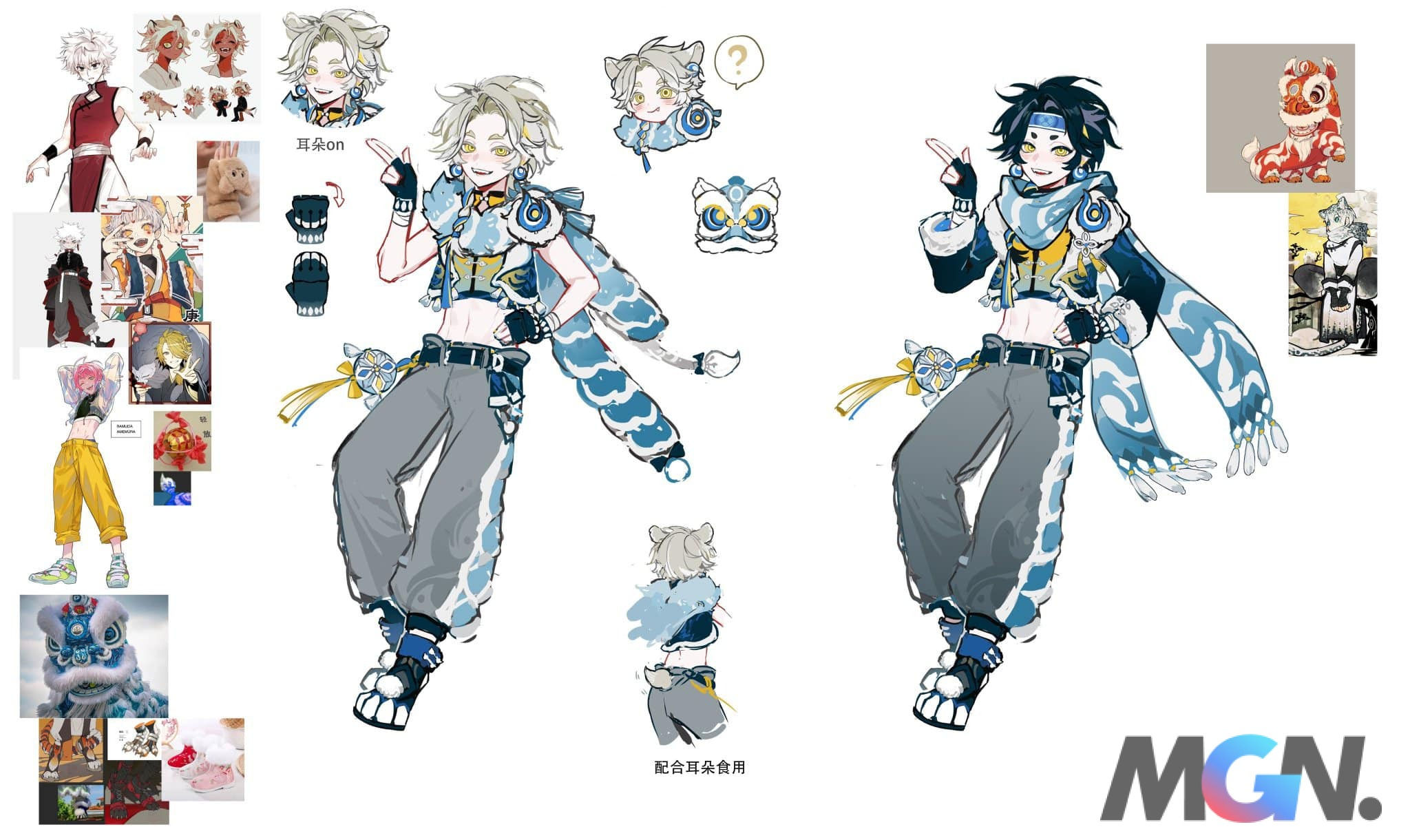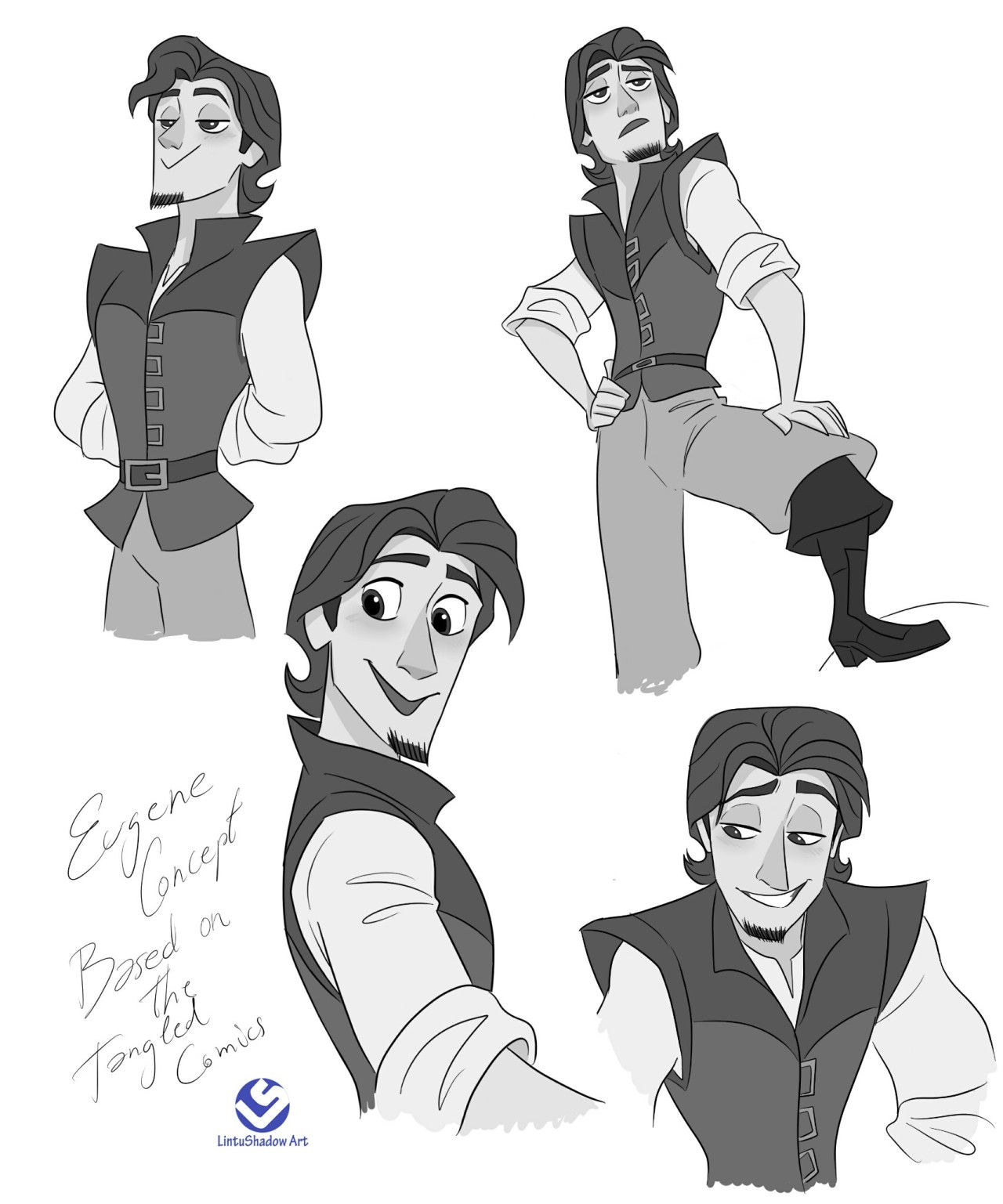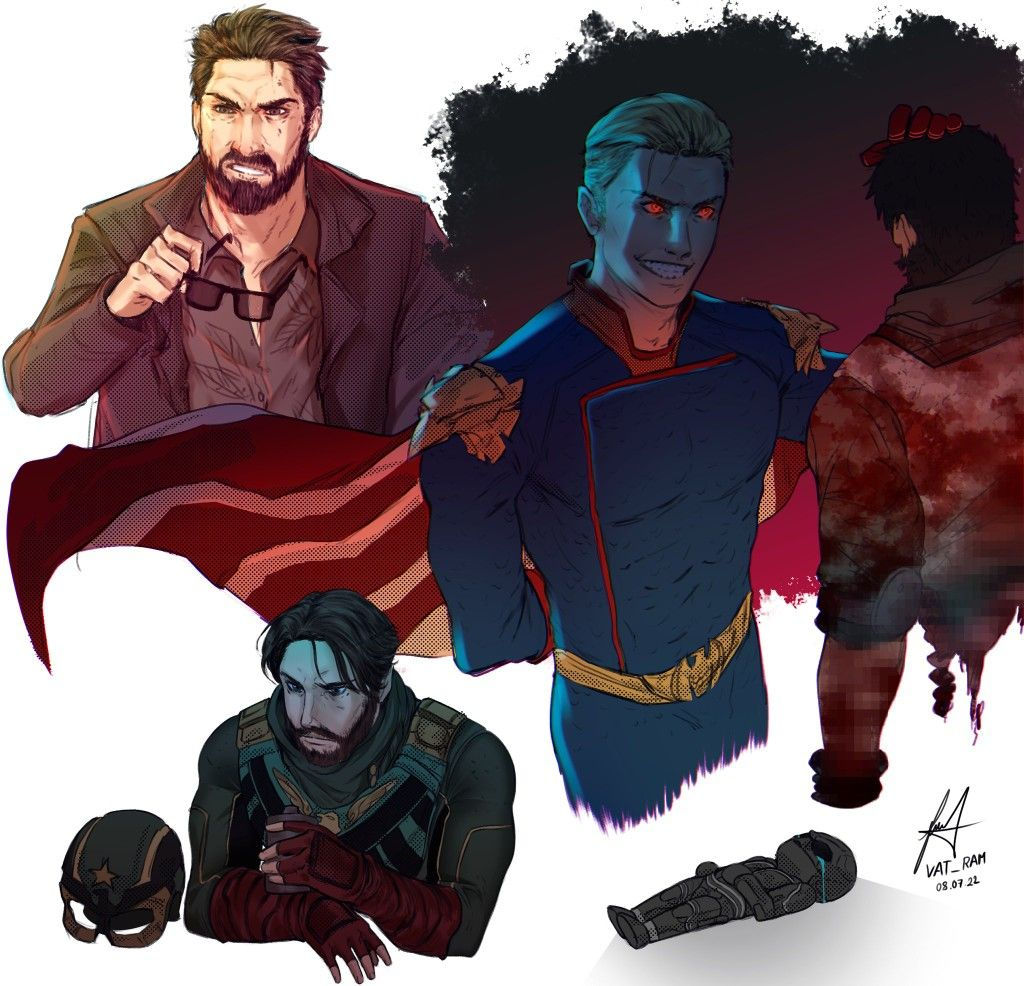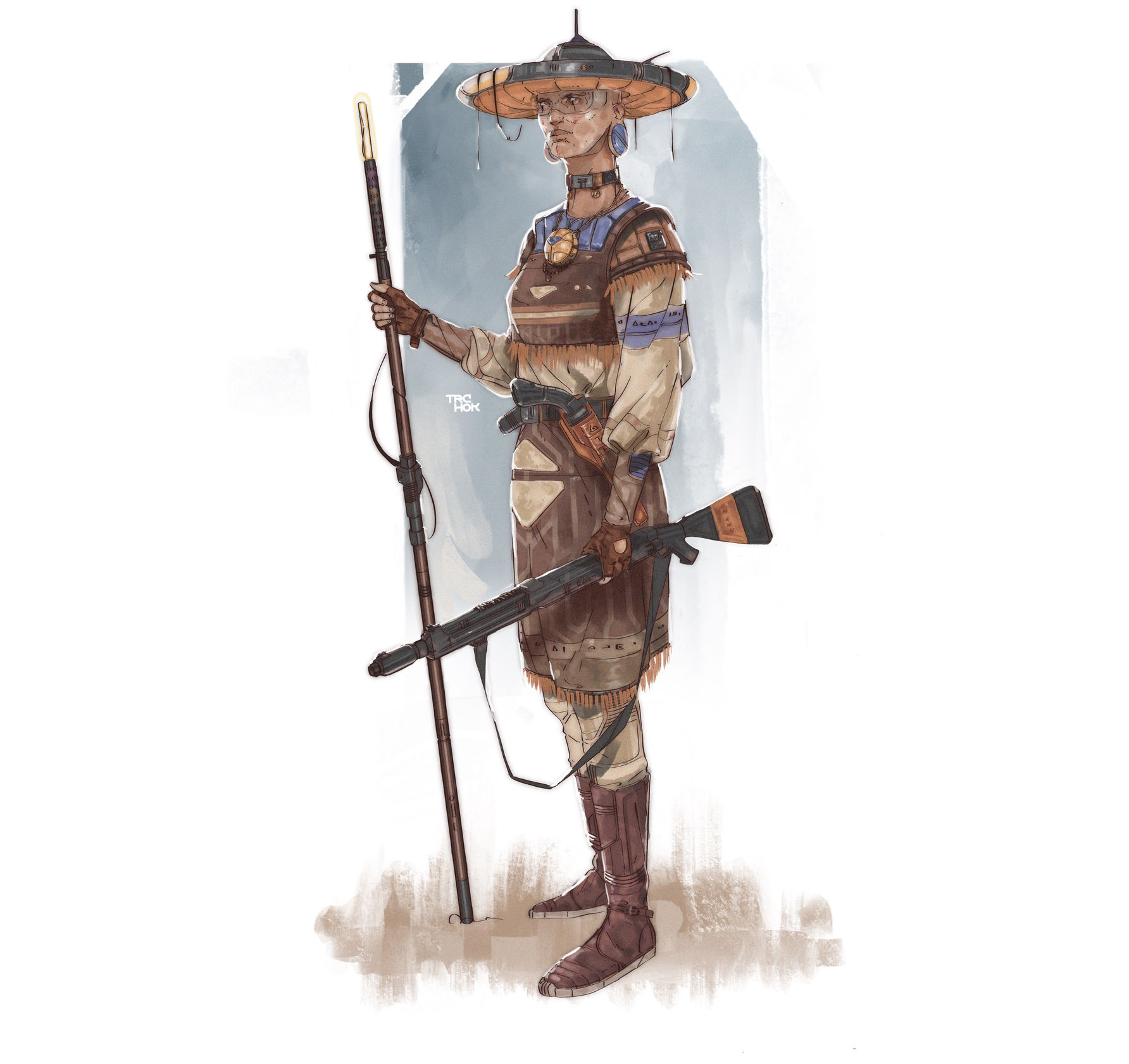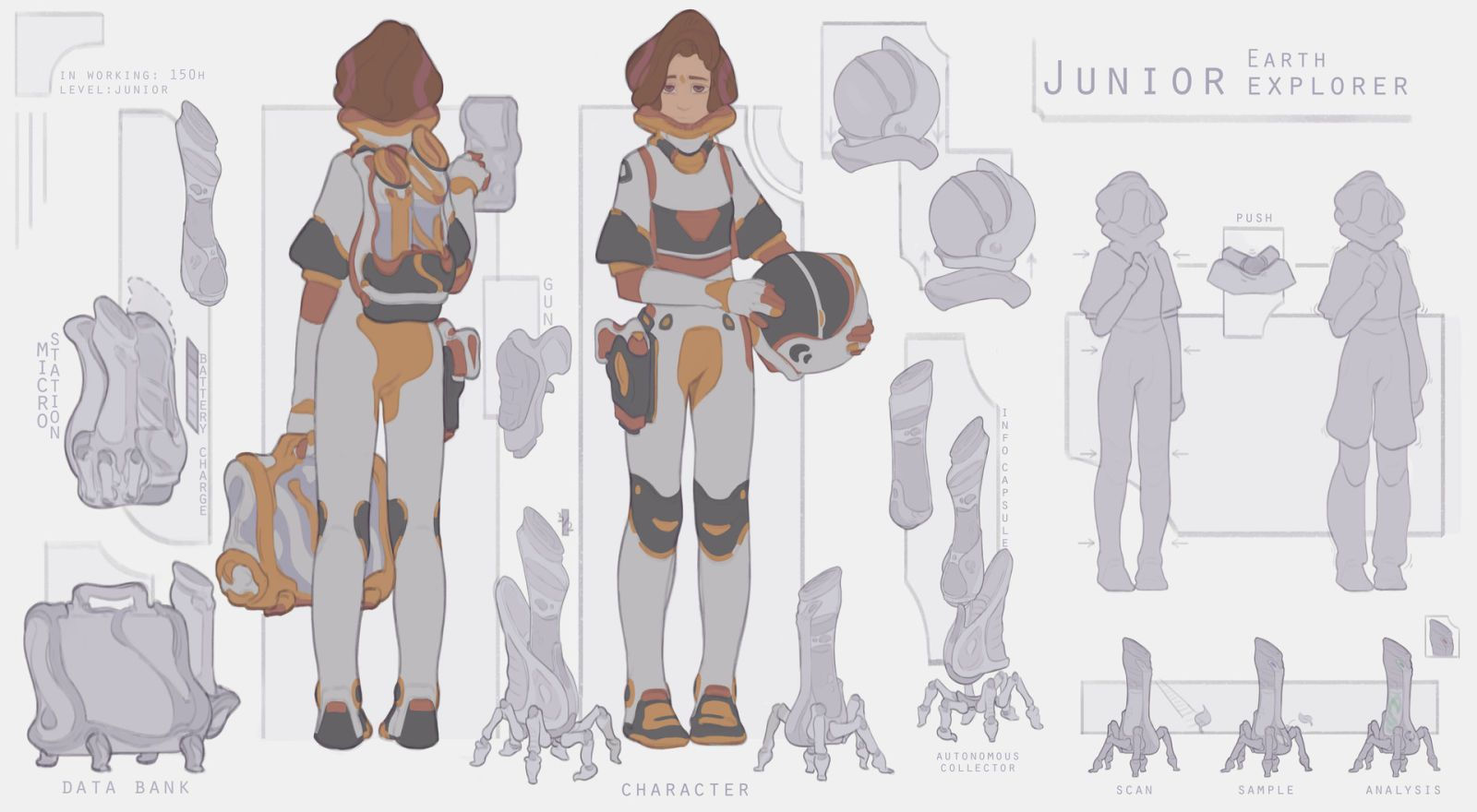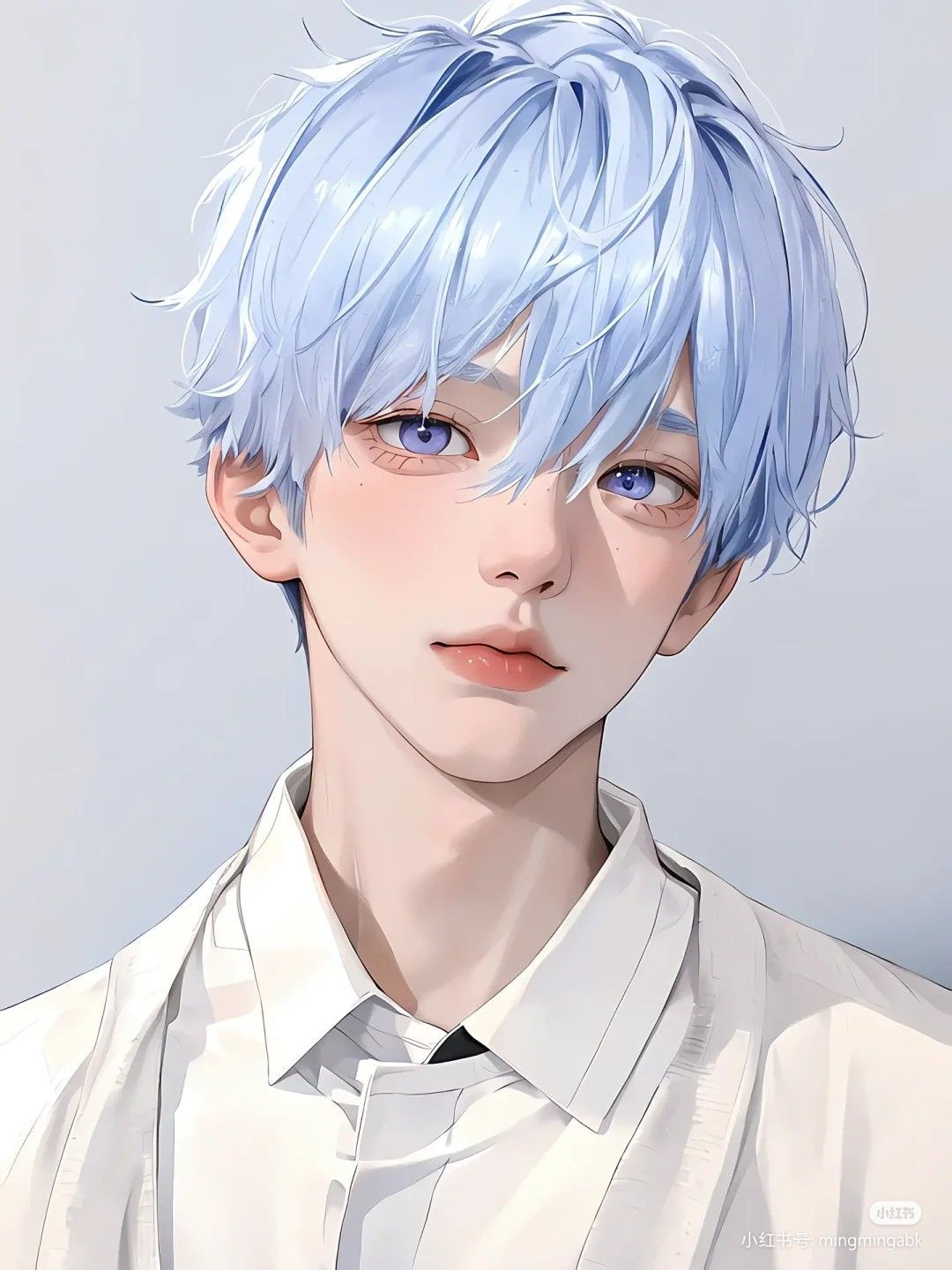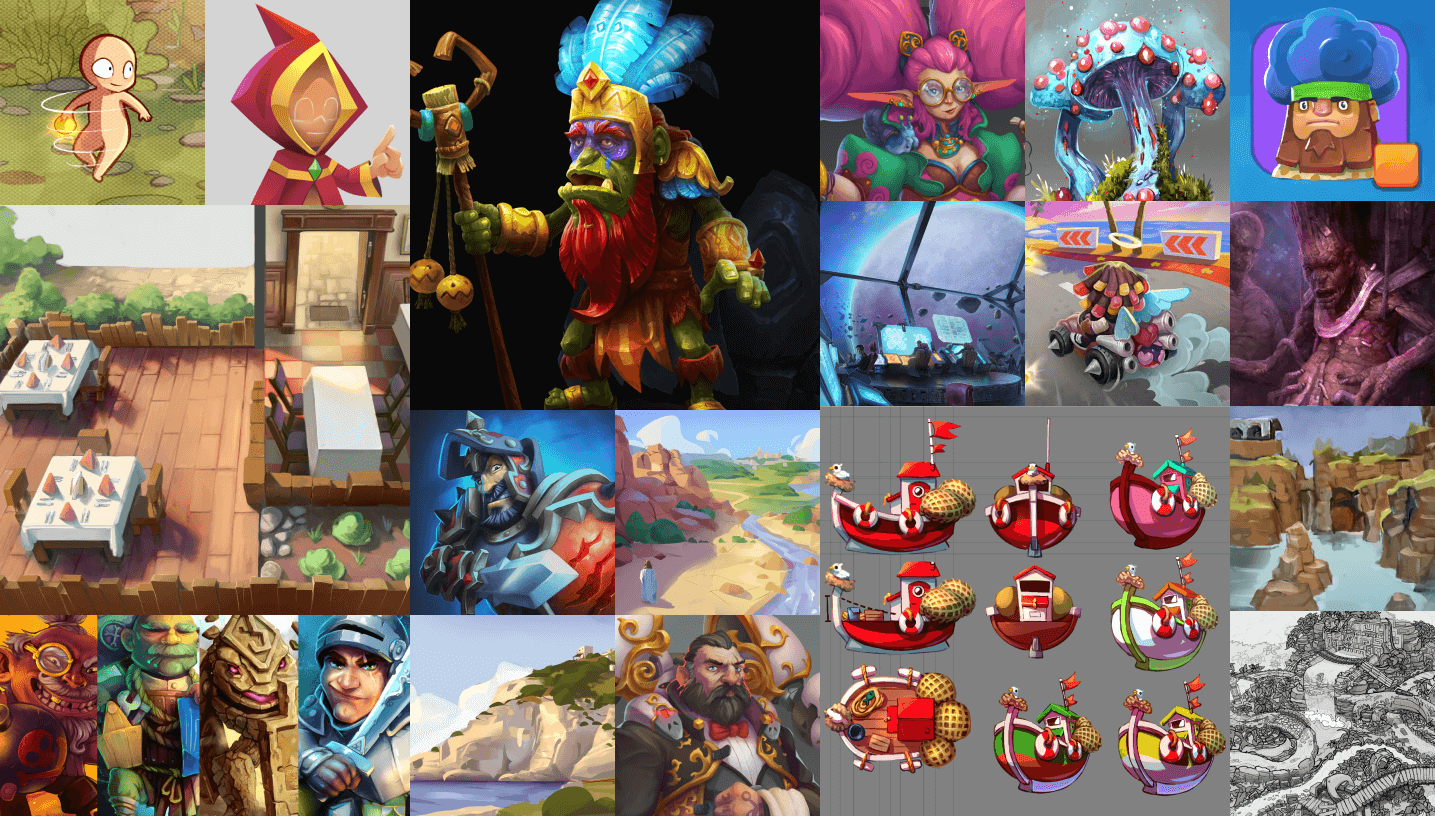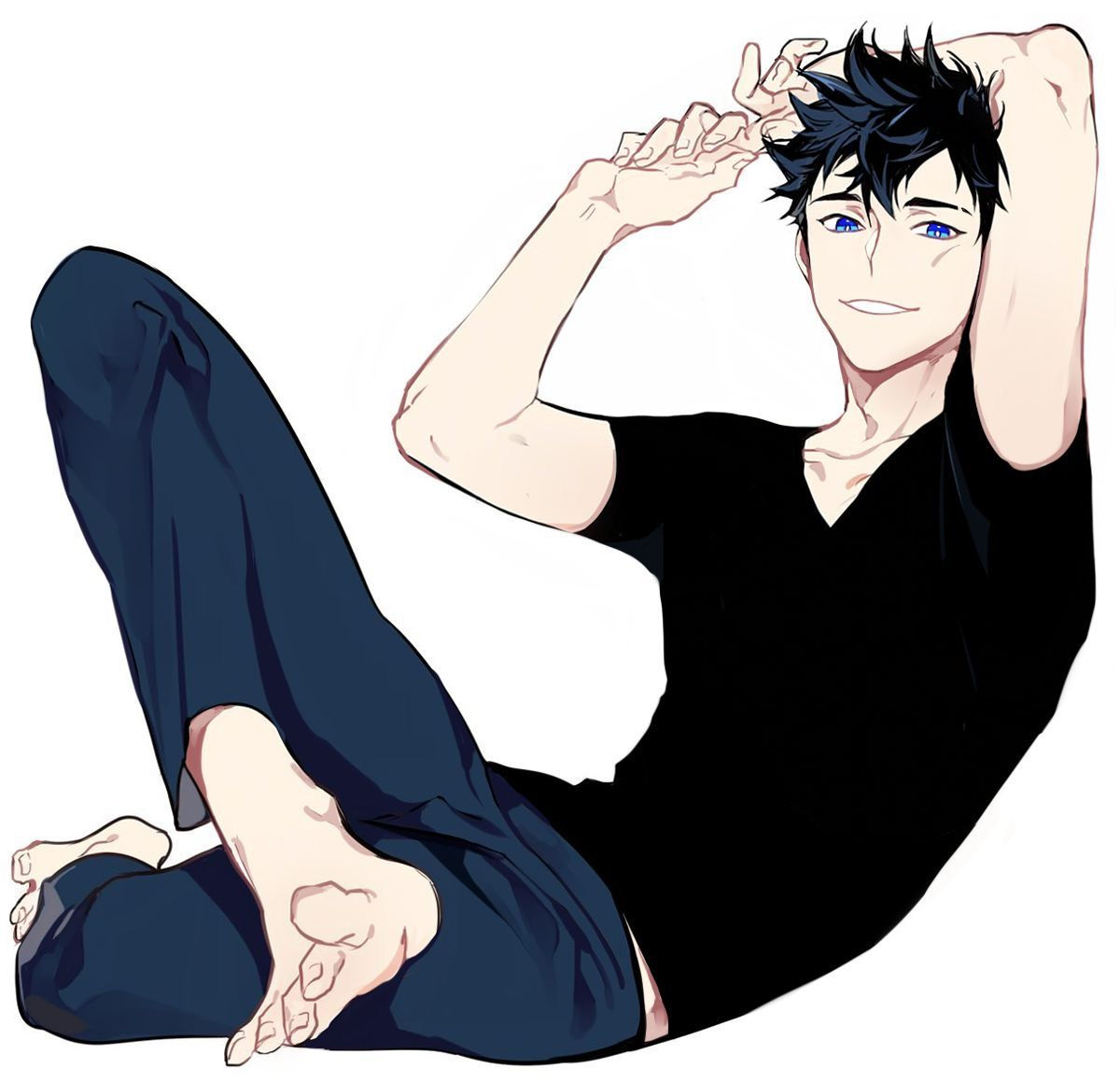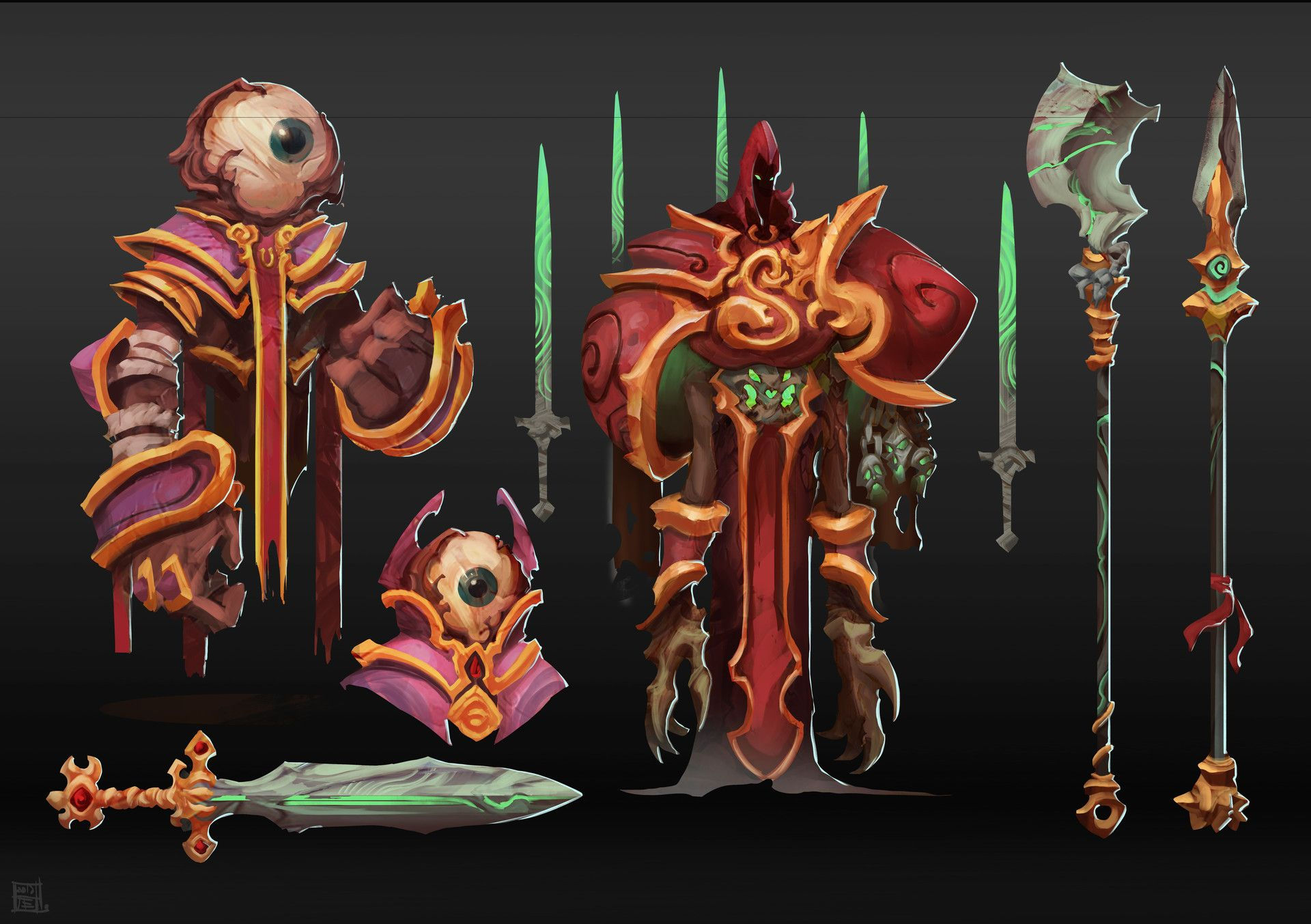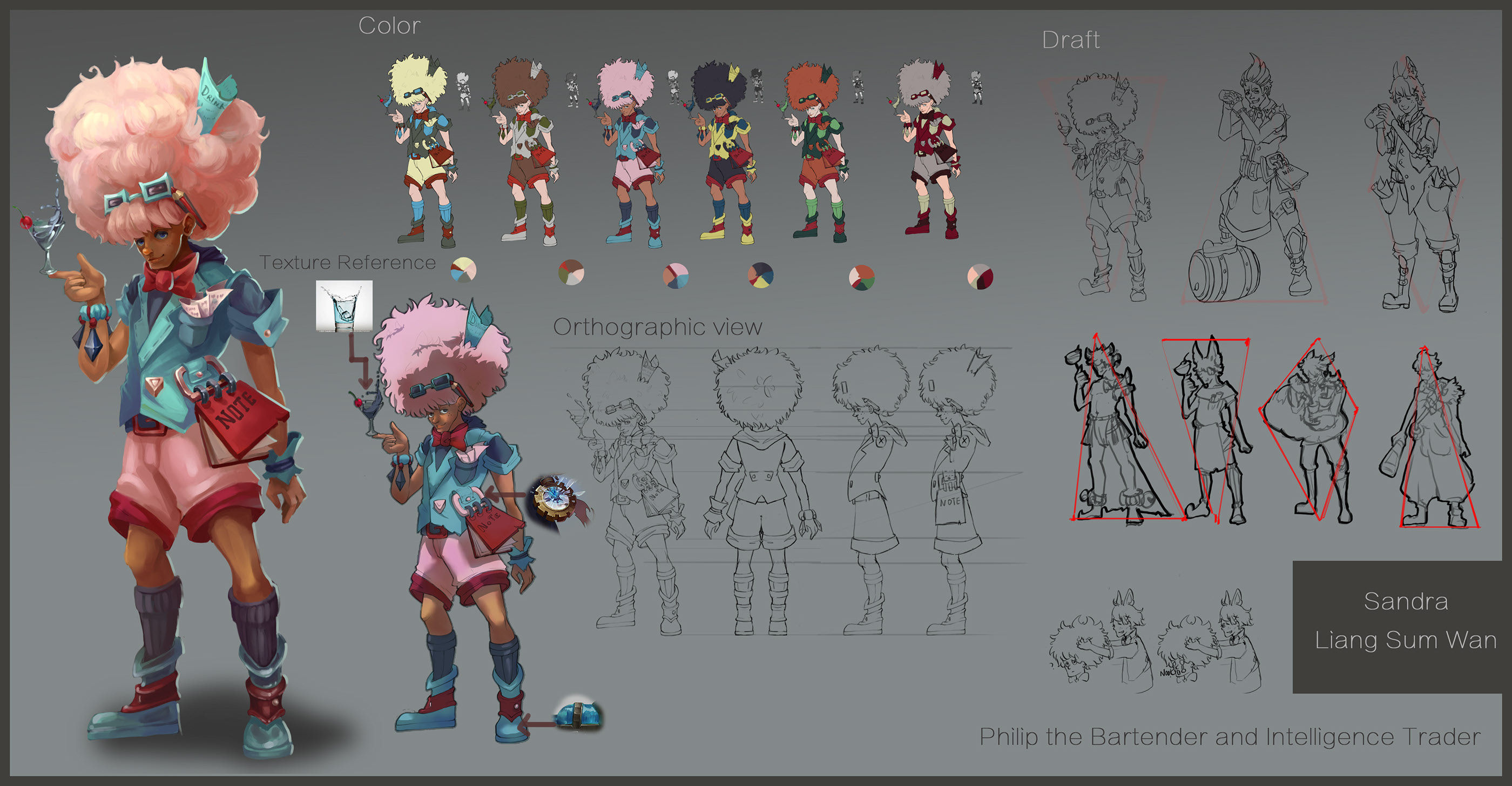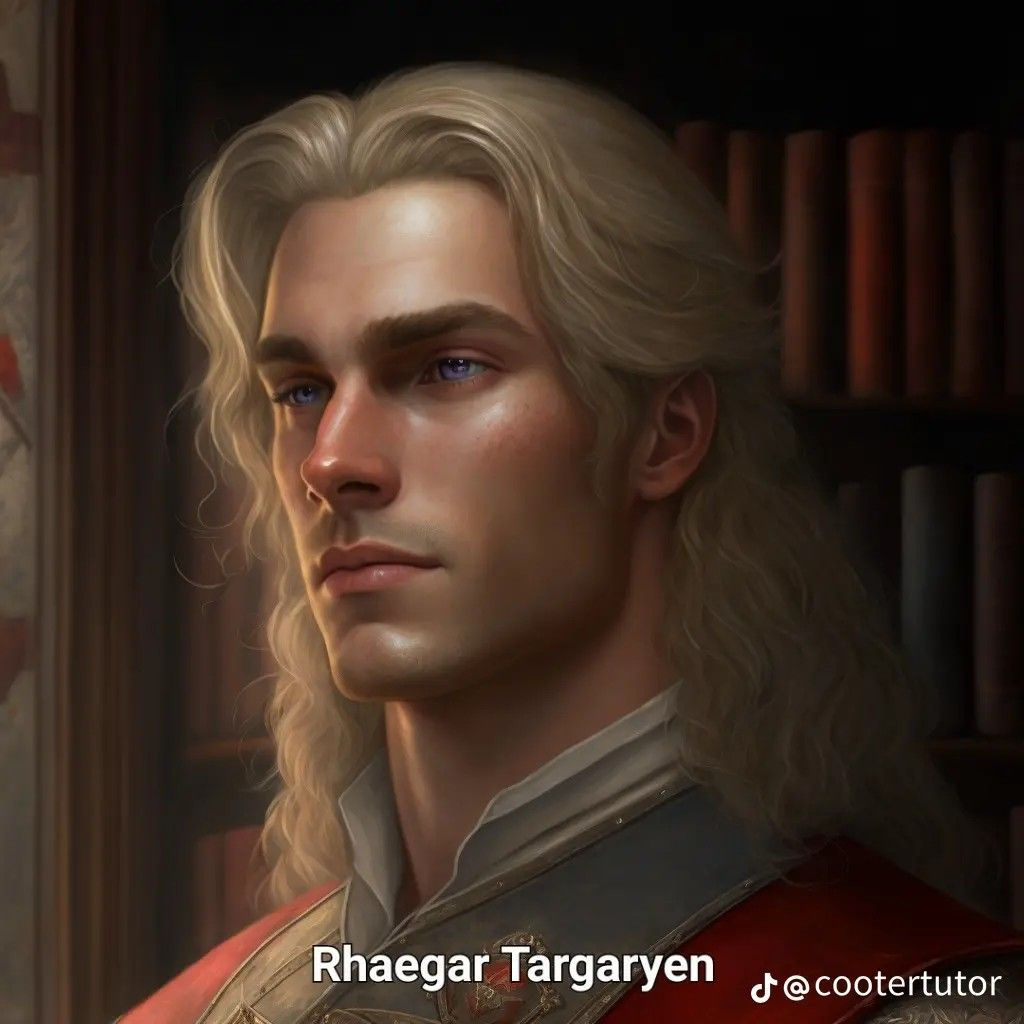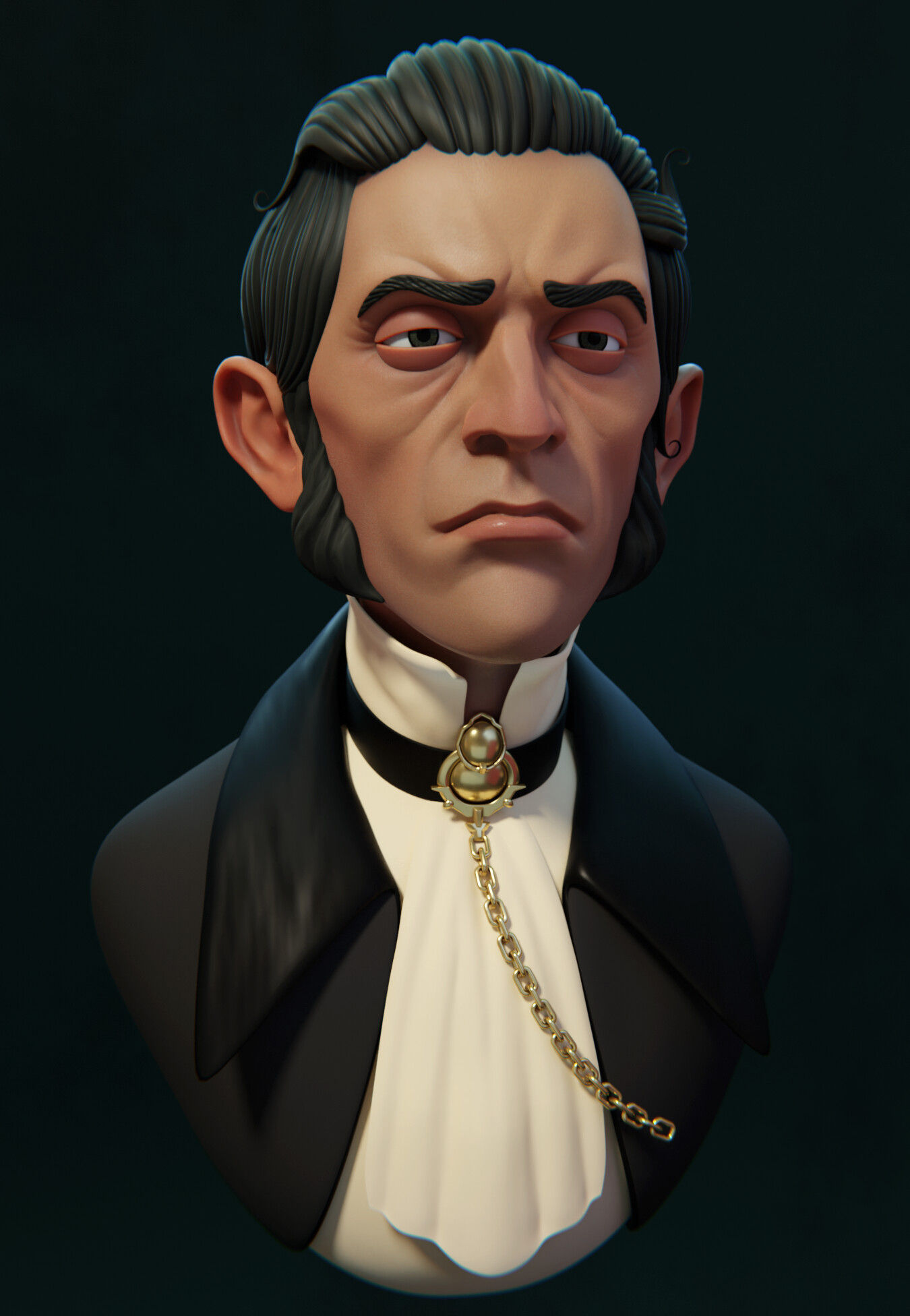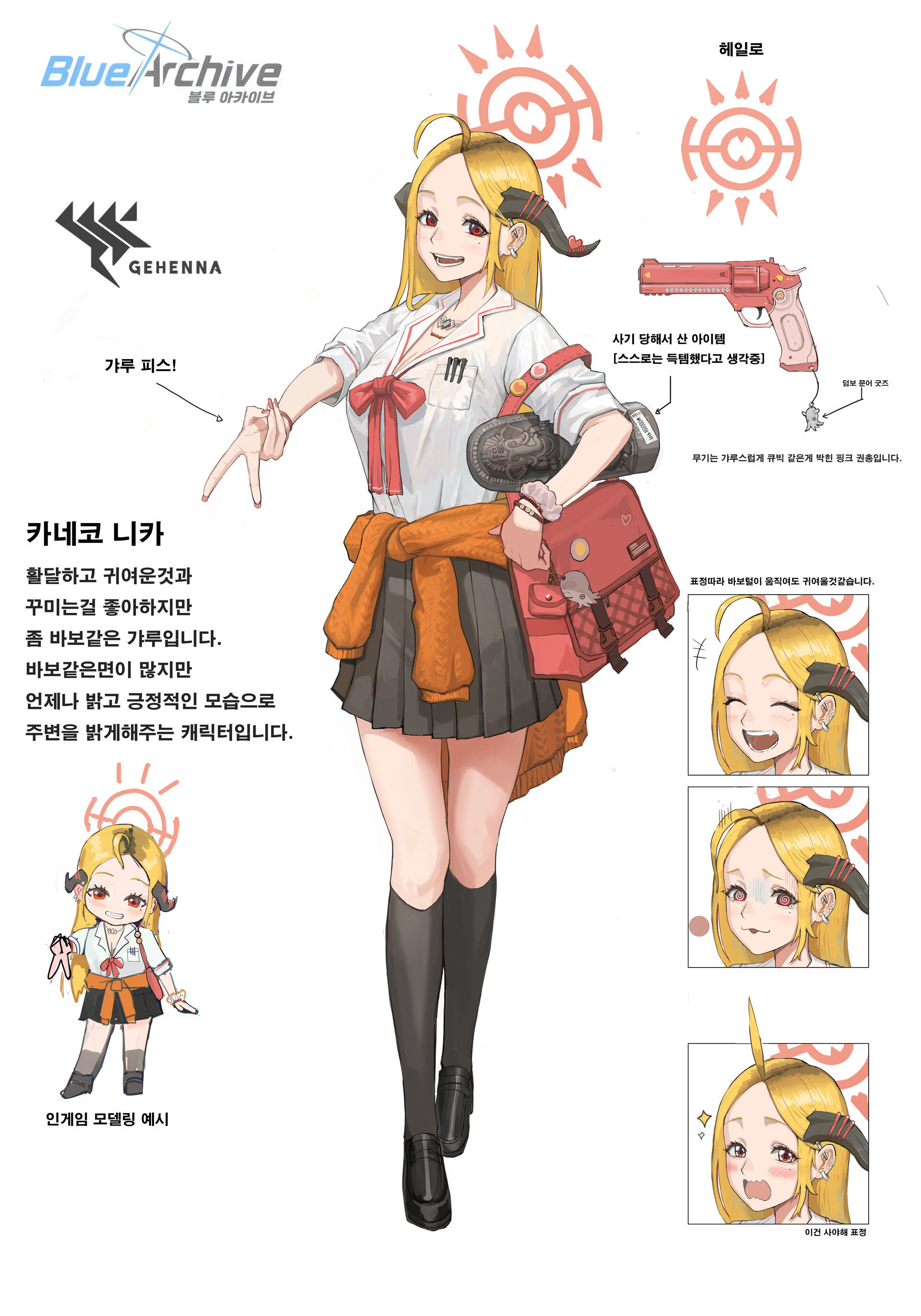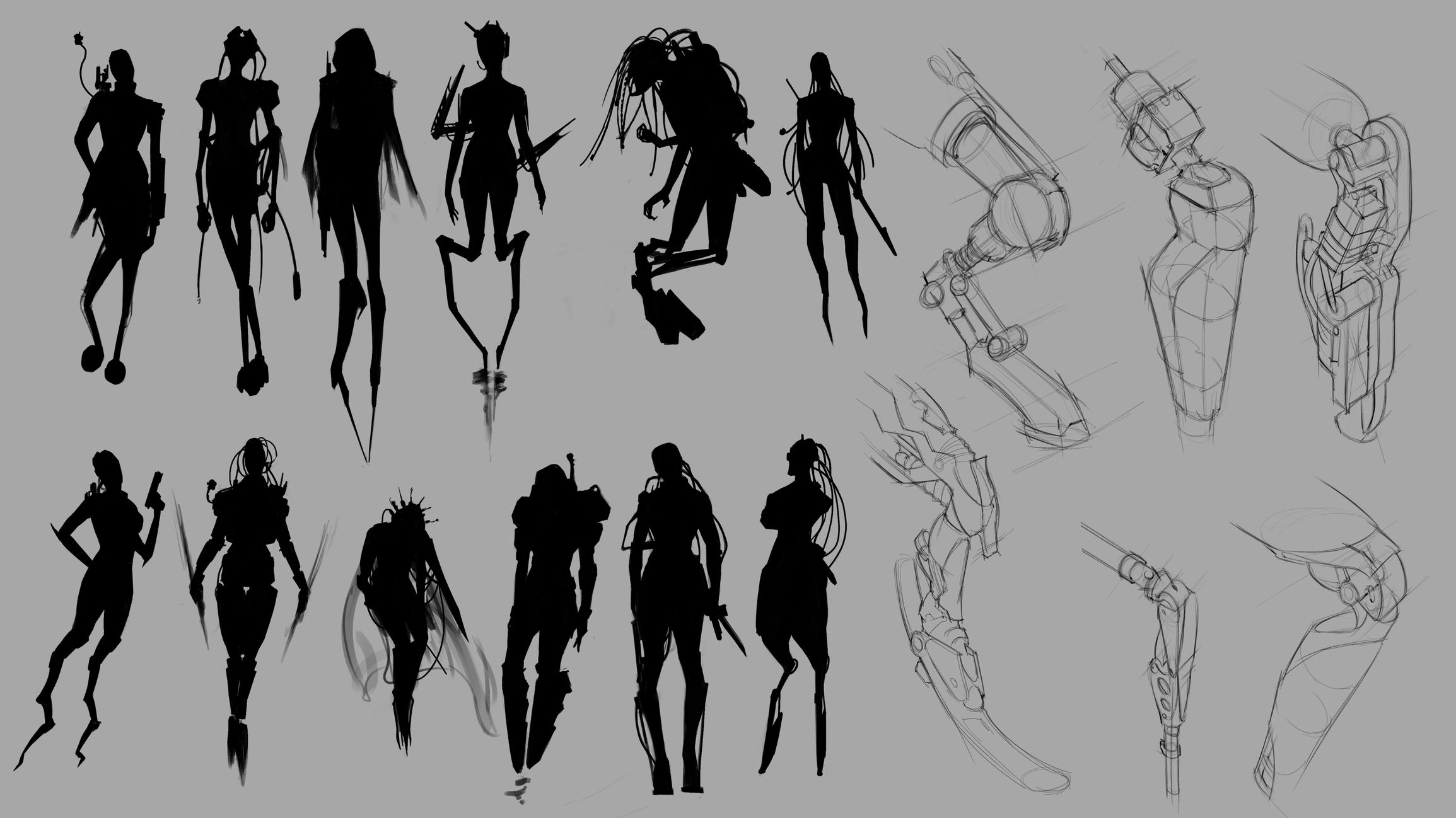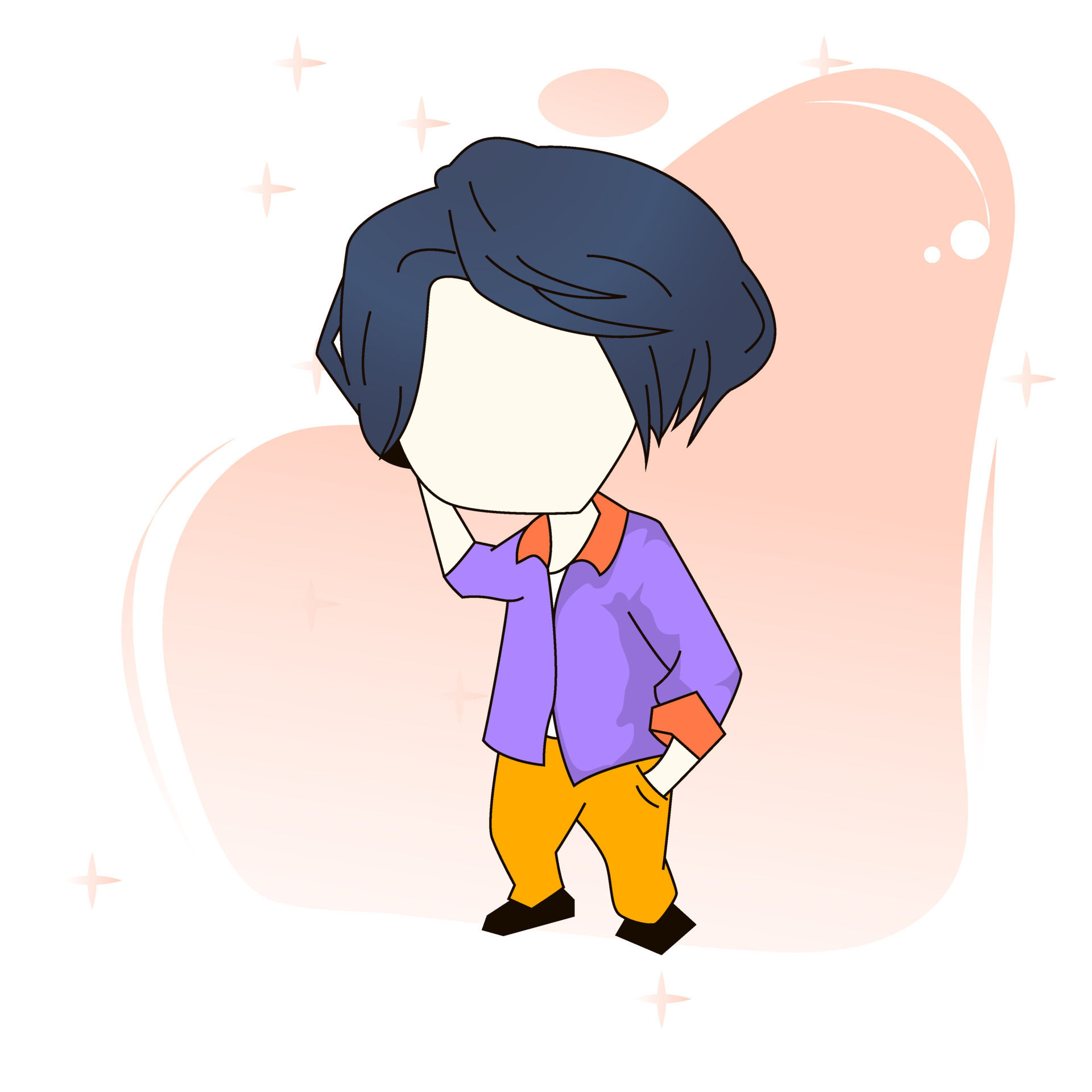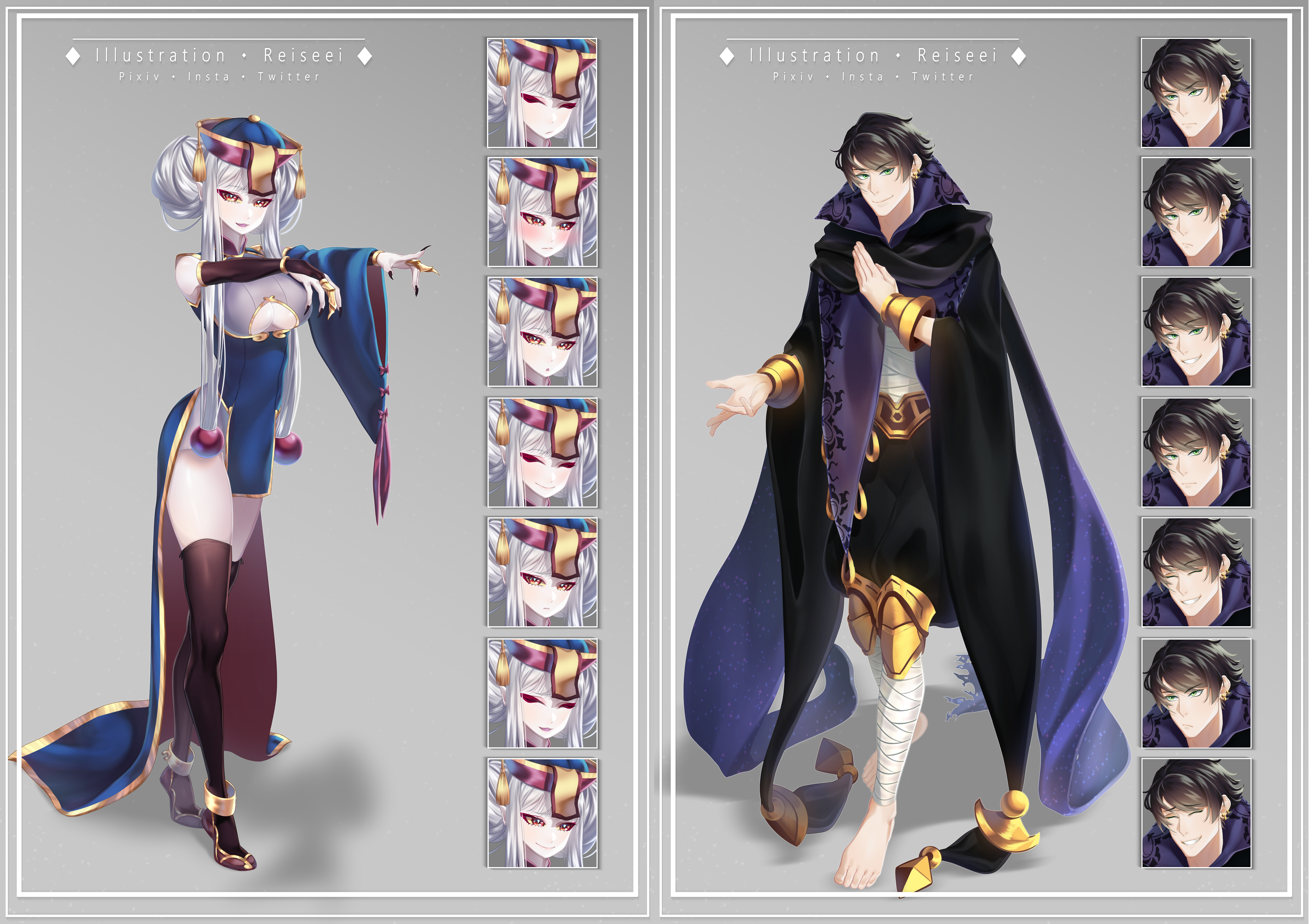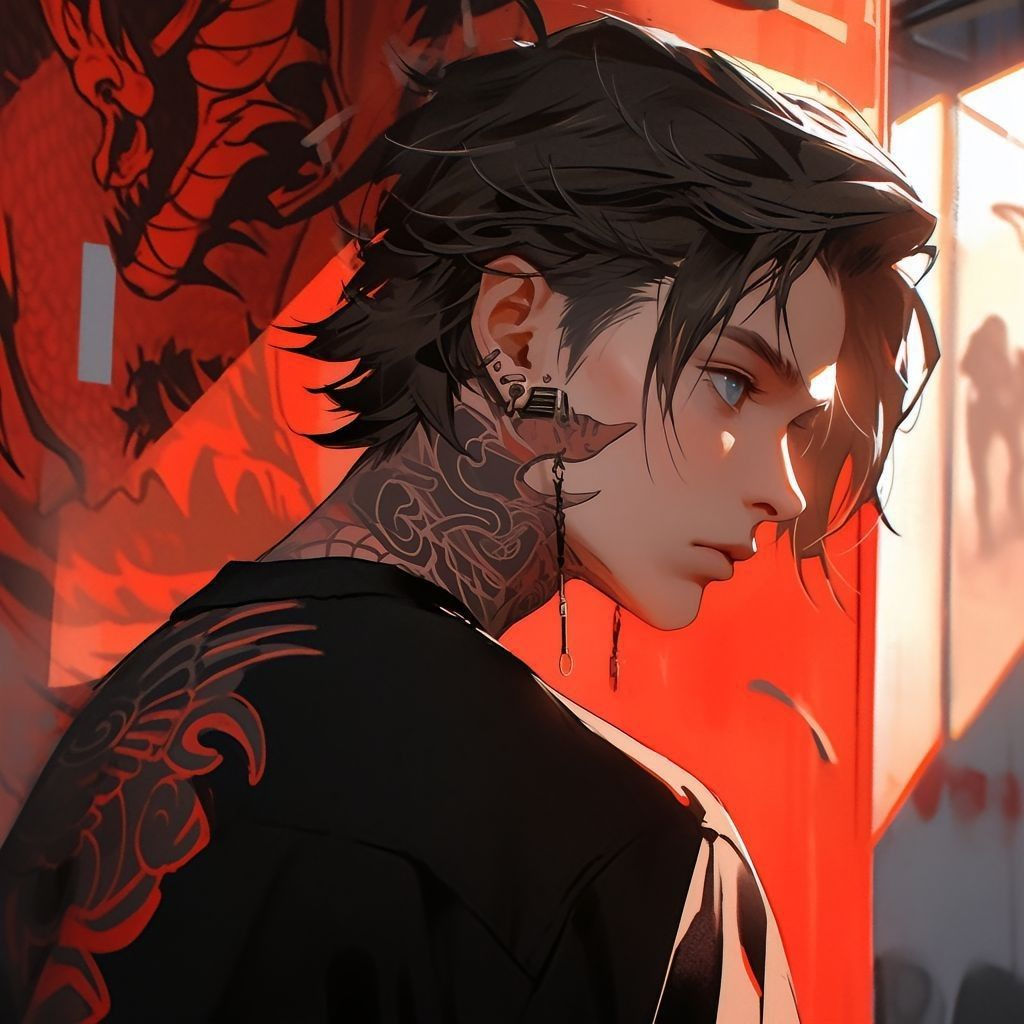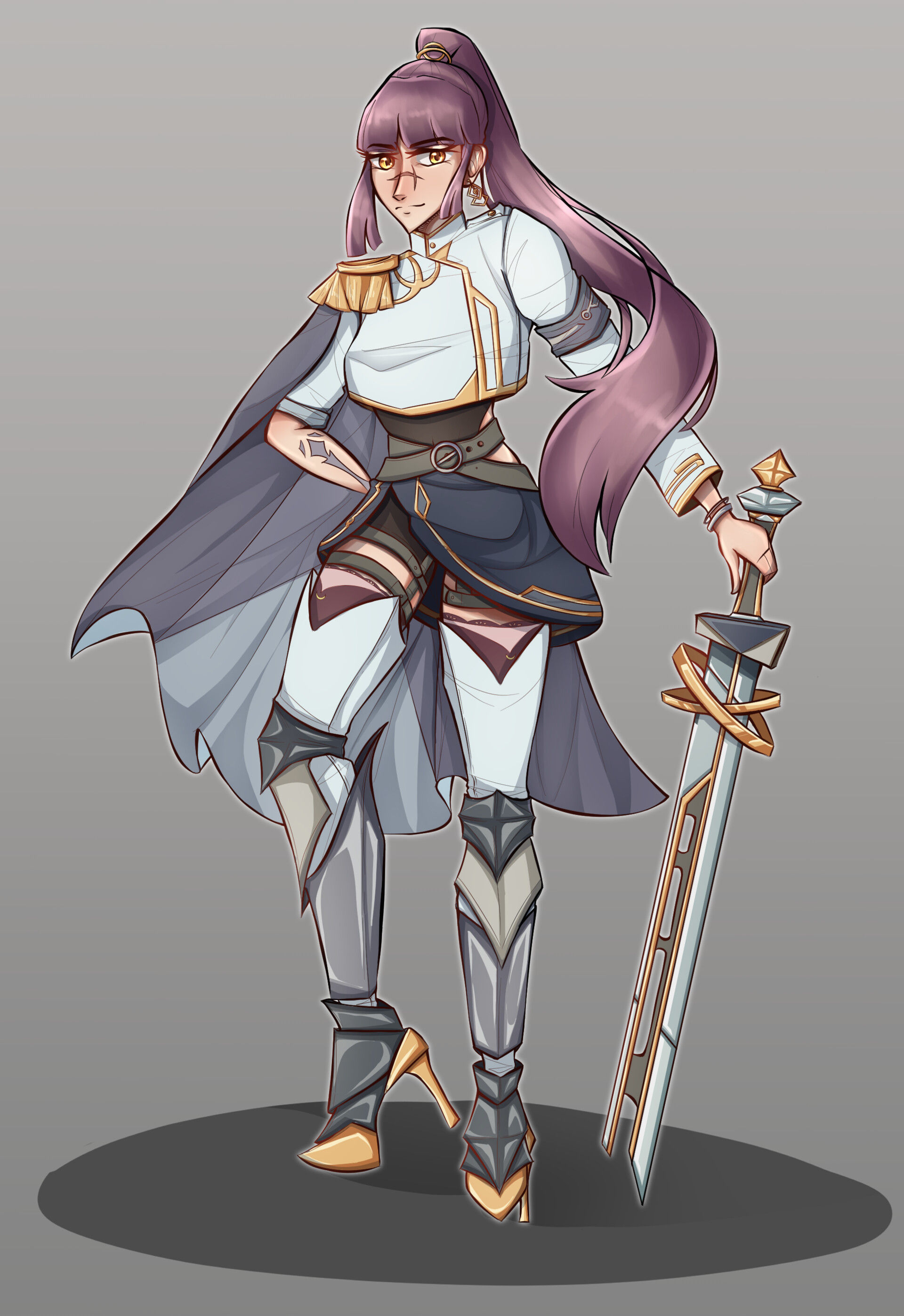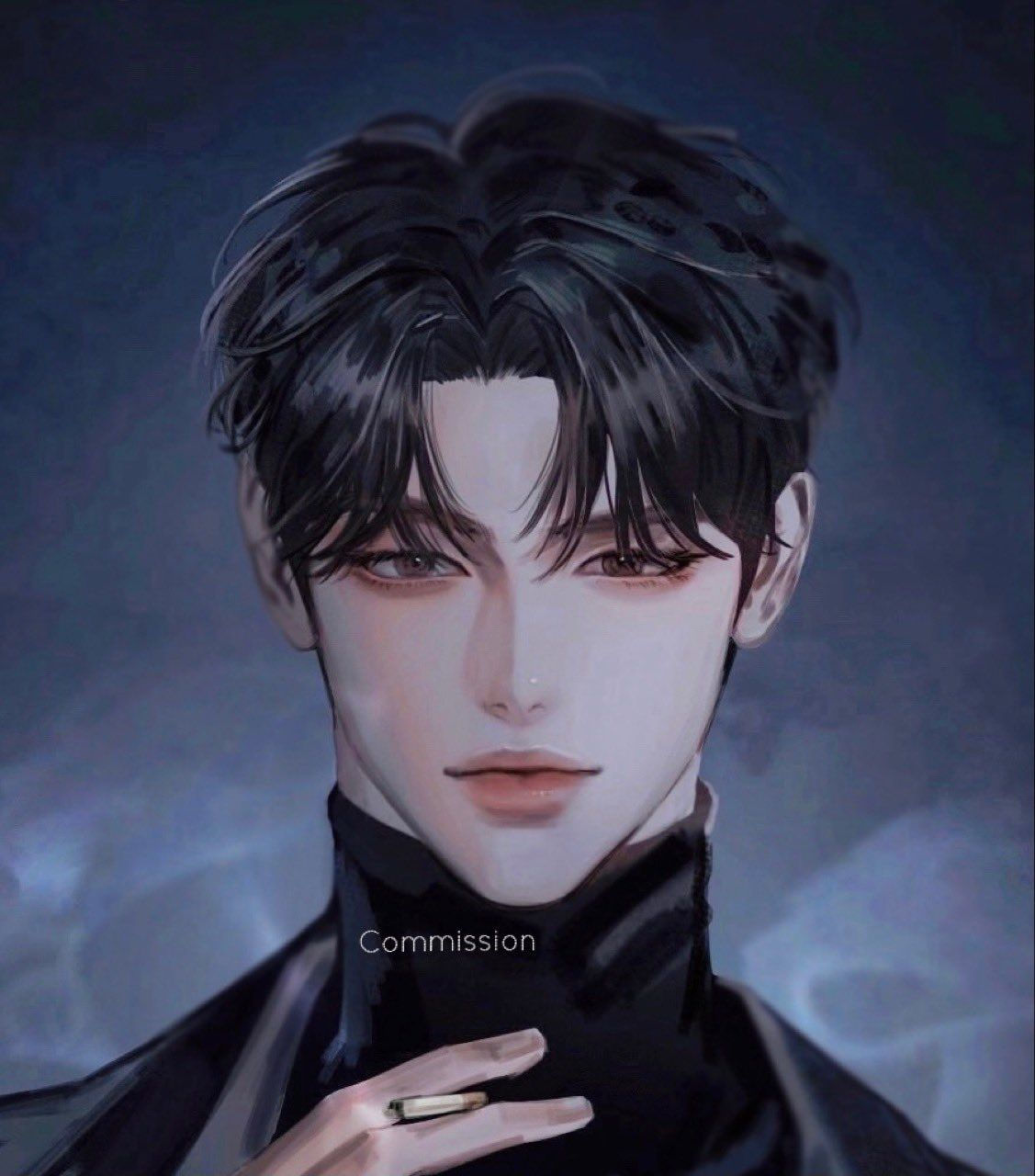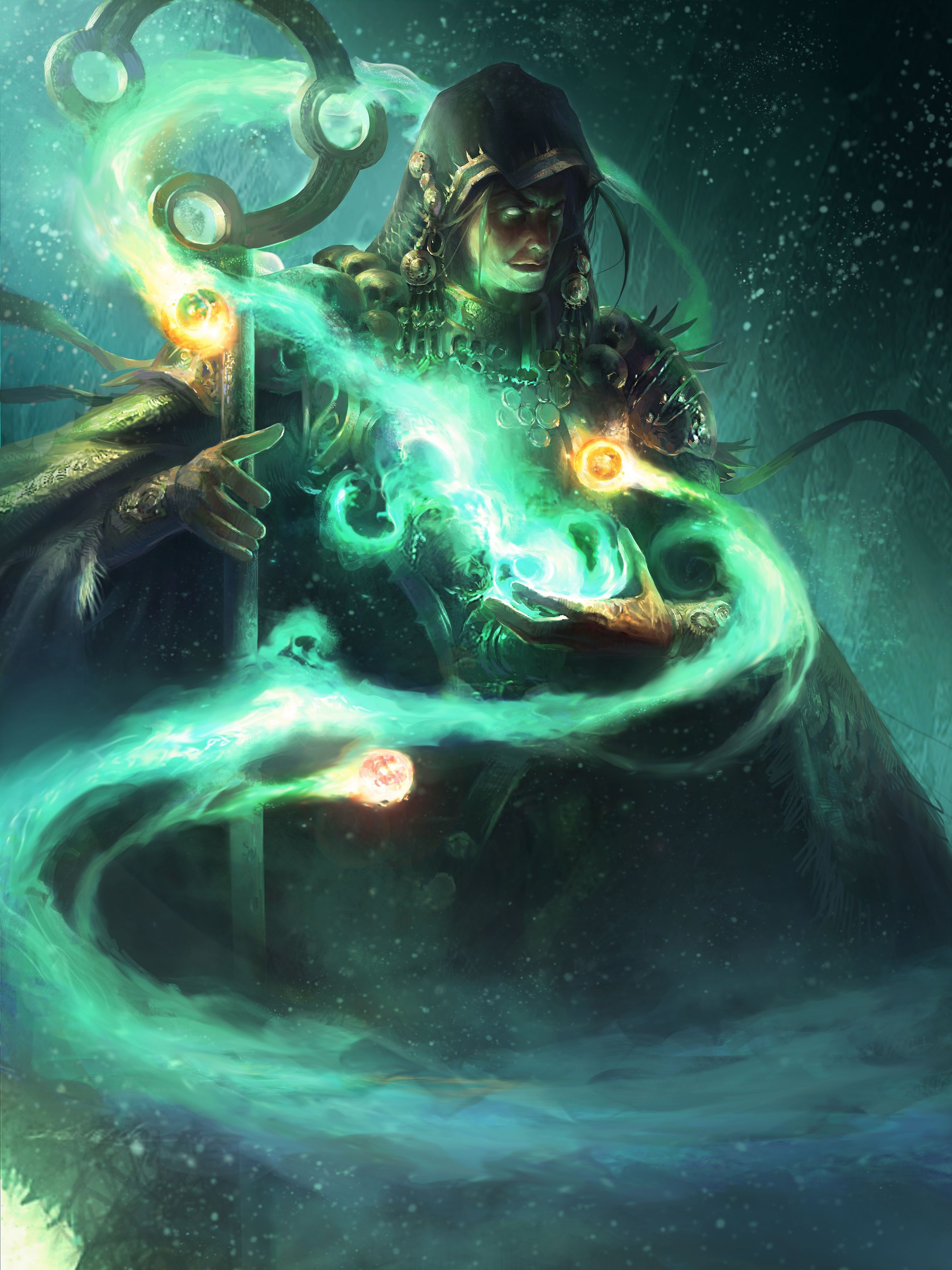The Enigma of the Horned Nun: A Digital Painting's Tale
The image presents a captivating enigma: a young woman, seemingly a nun, adorned with a surprising detail – a pair of small, dark horns subtly peeking from beneath her silvery hair. This juxtaposition of religious symbolism and seemingly demonic features immediately sparks curiosity. Is she a fallen angel? A rebellious saint? A creature of folklore brought to life in digital paint? The artwork, a masterpiece of digital painting style, invites us to delve deeper into its nuanced layers and decipher the story it whispers.
A Study in Contrasts: Visual Deconstruction
The artist masterfully employs a muted color palette, dominated by soft blues and grays, creating a sense of quietude and contemplation. The deep navy blue of her dress, reminiscent of a nun's habit, is a powerful visual anchor, suggesting tradition and devotion. However, the subtle puff sleeves and fitted bodice add a touch of unexpected elegance and modernity, hinting at a personality that transcends strict religious conformity.
The most striking visual element, of course, are the horns. They are small and dark, almost like a secret, blending seamlessly into her hairstyle, yet their presence is undeniable. They are not the ferocious, outward-pointing horns of a classical devil; rather, they are small, delicate, almost shy. This careful depiction subverts expectations, transforming them from symbols of pure evil into something more ambiguous, perhaps representative of a hidden duality or inner conflict.
Her pale skin and bright blue eyes further enhance the ethereal quality of the image. These innocent, wide eyes create a contrast with the horns, leaving the viewer questioning whether they are a sign of wickedness or merely an unusual physical characteristic. The delicate gold earrings and the simple, yet elegant cross necklace add another layer of visual complexity, merging sacred and potentially profane elements. The overall softness of the brushstrokes contributes to the picture's dreamlike quality, blurring the line between reality and fantasy.
Background and Potential Interpretations:
The lack of a concrete background allows the viewer to project their own interpretations onto the scene. The neutral gray backdrop emphasizes the figure, drawing all attention to her compelling features. This open-endedness is crucial to the image's success, leaving room for a multitude of narratives to be woven around the central figure.
Here are some potential interpretations:
- A Fallen Angel's Redemption: The horns could represent a past life or a celestial lineage, perhaps hinting at a fallen angel seeking redemption through religious devotion. The nun's habit would symbolize her efforts to atone for past transgressions.
- A Saint's Inner Demons: The horns might represent inner struggles, doubts, or temptations, reflecting the internal battles often faced by those striving for holiness. This interpretation aligns with the inherent conflict between the sacred and the profane visible in the painting.
- A Mythical Creature: The image could depict a creature from folklore or mythology, a being who exists on the boundary between the divine and the demonic. The nun's attire might be a disguise, or a conscious choice to blend in with human society.
- A Symbol of Rebellion: The horns could be a symbol of rebellion against religious dogma, a silent protest against a restrictive system. The nun’s seemingly serene expression hints at a quiet defiance.
- A Modern Reimagining of Religious Iconography: The artist might be commenting on the modern world’s shifting perspectives on religion, challenging traditional representations of saints and devils. The combination of traditional religious attire with the unexpected element of horns serves as a potent visual metaphor for this challenge.
The Power of Ambiguity:
The beauty of this digital painting lies in its ambiguity. It doesn’t offer easy answers; instead, it poses questions. It challenges us to consider the nature of good and evil, the complexities of faith, and the potential for both darkness and light to coexist within a single individual. The artist skillfully uses visual elements to create a character that is both alluring and unsettling, provoking a profound contemplation of human nature and spiritual identity.
Storytelling Through Art:
Let's imagine a narrative surrounding this enigmatic figure. Let's call her Sister Seraphina. Born under a peculiar celestial alignment, Seraphina was marked from birth with these subtle horns, a physical manifestation of her dual nature. Raised within the rigid walls of a secluded convent, she struggled with her unique identity. The nuns, fearing her "otherness," tried to suppress her true nature, but Seraphina found solace in her faith, using her devotion as a shield against prejudice and self-doubt.
However, the horns remained, a constant reminder of her difference, a hidden burden she carried with grace and quiet dignity. Her quiet smile in the artwork hints at both peace and an underlying sadness – peace found in faith, sadness at the understanding of her perpetual otherness. Her story is a testament to the resilience of the human spirit, a silent narrative of acceptance and inner strength. It is a tale of defying societal norms and finding meaning and belonging within a seemingly impossible context.
Conclusion:
The horned nun is more than just a digital painting; it is a powerful visual metaphor that sparks imagination and introspection. The artist's masterful use of color, composition, and symbolic elements creates a work that resonates on multiple levels, inviting us to engage with its mysteries and unravel its complex narratives. Its enduring power lies in its ambiguity, its refusal to offer simple answers, leaving the viewer to ponder its meaning long after they have first encountered its haunting beauty. It’s a testament to the boundless possibilities of digital art and its power to tell stories that transcend words.

